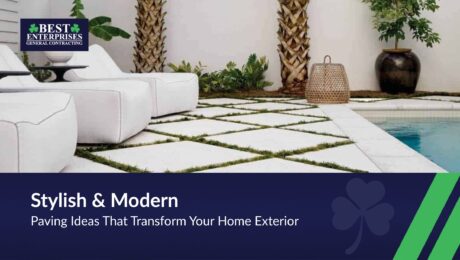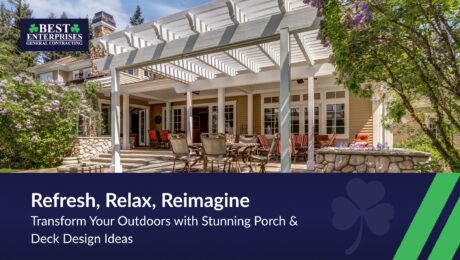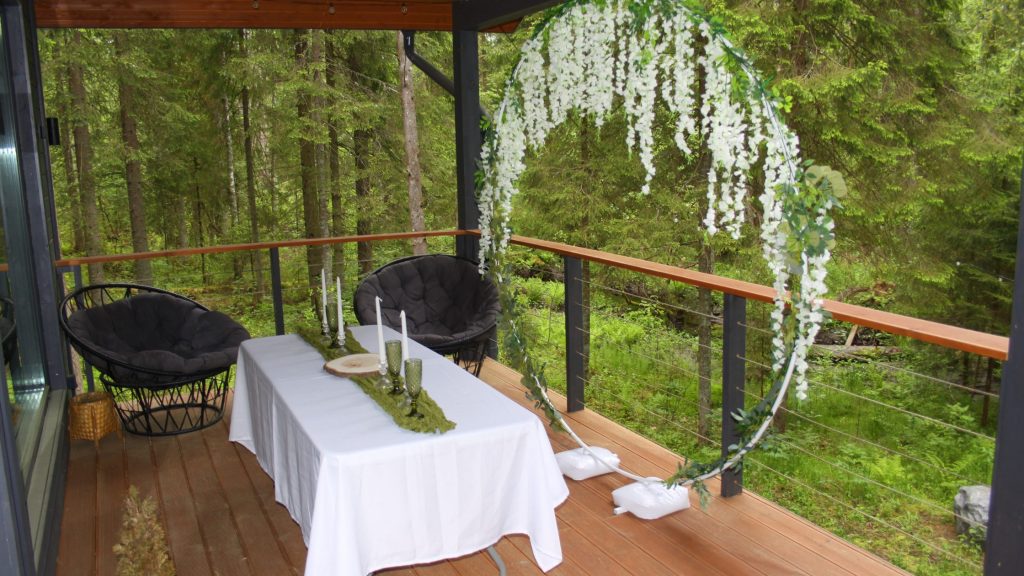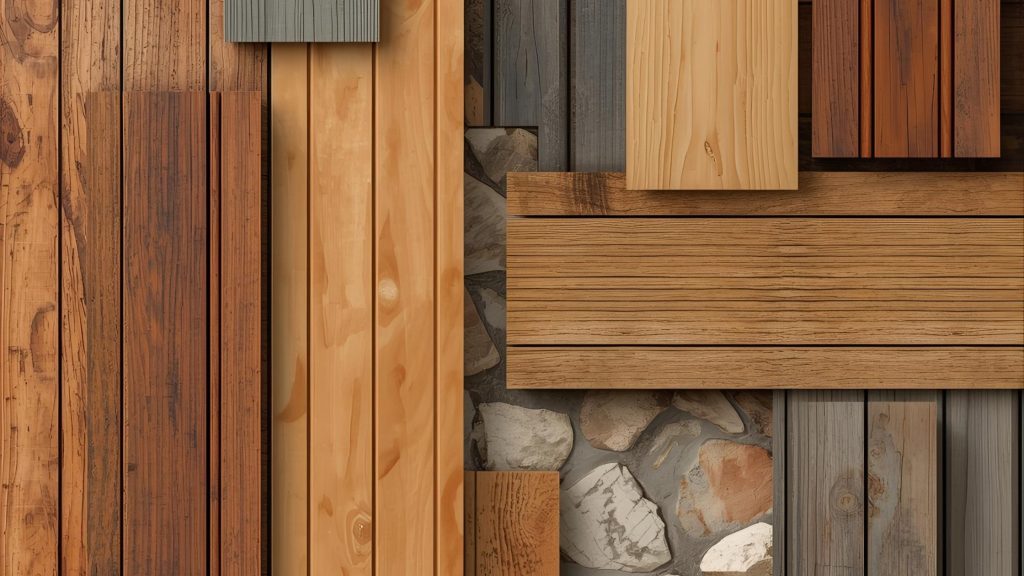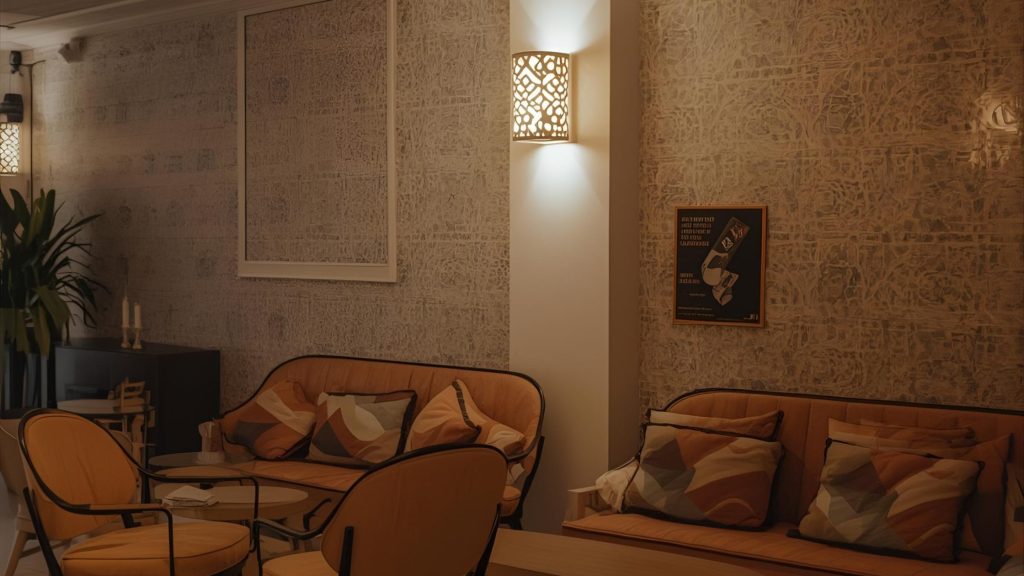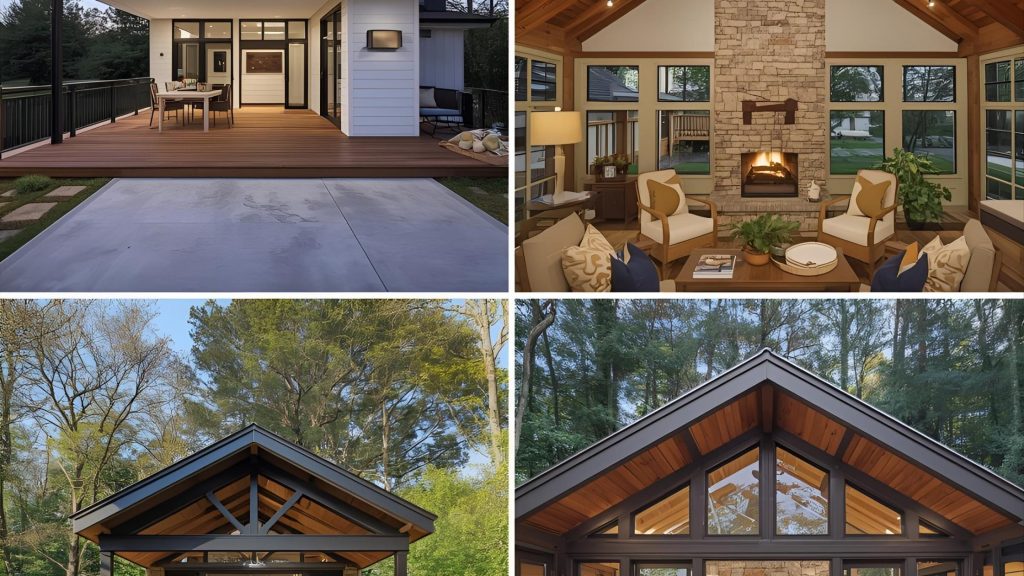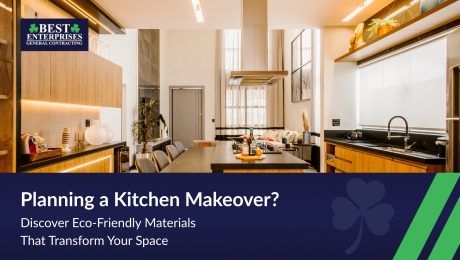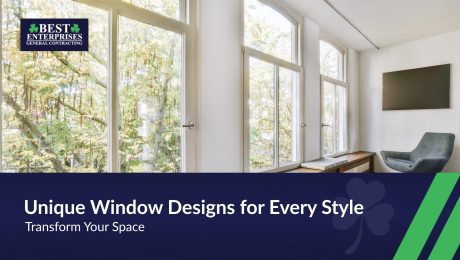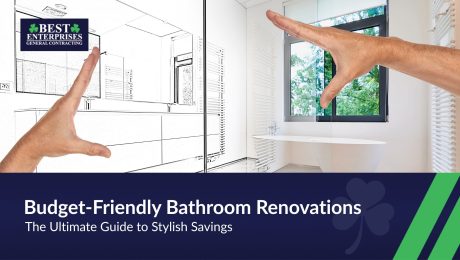Trending Paving Ideas for a Beautiful and Stylish Home Exterior
Your driveway, walkway, and patio do more than guide people to your front door; they shape the first impression of your home. Smart paving choices can refresh an aging exterior, improve safety, boost resale value, and create seamless outdoor living areas that feel like an extension of your interior space. With so many materials and design innovations available today, homeowners have more freedom than ever to customize their exterior.
This guide explores the latest trending paving ideas for modern U.S. homes, along with practical advice on choosing materials, improving curb appeal, and planning a long-lasting installation. Whether you’re planning a driveway makeover or wanting to upgrade your patio, the insights below help you make confident, durable choices.
Quick Material Comparison: What Works Best for U.S. Homes?
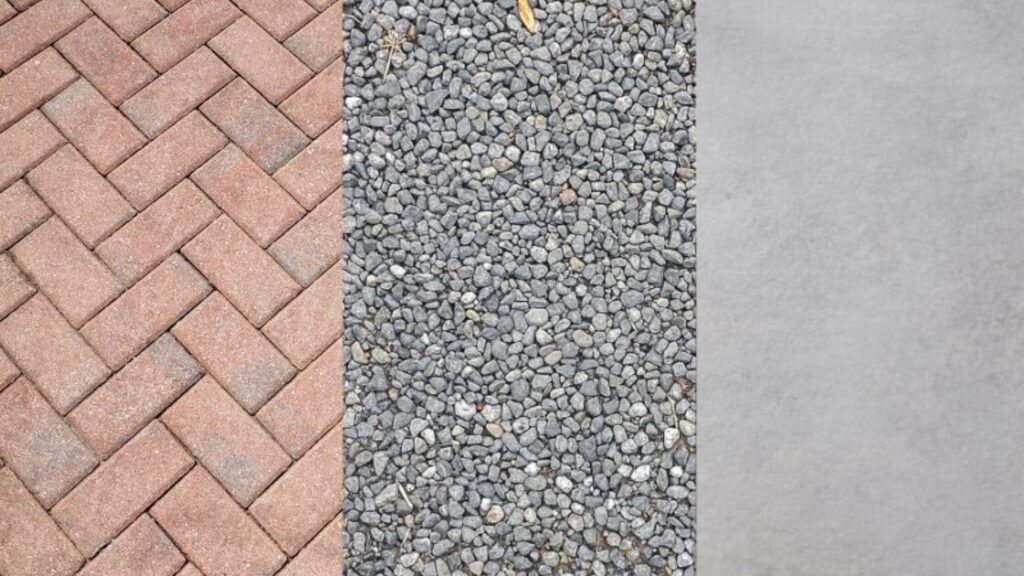
Choosing the right paving material can feel overwhelming, especially when balancing appearance, durability, and your local climate. Below is a simplified snapshot of how popular materials stack up.
| Material | Cost | Longevity | Maintenance | Best Uses | Best Climates |
| Concrete Pavers | Moderate | High | Low | Driveways, patios | Most U.S. regions |
| Porcelain Pavers | Higher | Very High | Very Low | Patios, pool decks | Hot, humid, or freeze-thaw |
| Natural Stone | Higher | Very High | Medium | Walkways, patios | Mild to moderate climates |
| Brick Pavers | Medium | High | Low | Walkways, driveways | Most climates |
| Stamped Concrete | Low–Mid | Medium | Medium | Driveways, patios | Dry, warm climates |
| Gravel | Low | Medium | Low | Driveways, side paths | Dry climates |
| Permeable Pavers | Medium–High | High | Low | Driveways, patios | Rain-heavy, coastal |
This table helps homeowners quickly evaluate options, especially if they’re unsure where to begin.
Why Your Paving Choices Matter More Than You Think
The right paving does more than beautify your home it solves problems. It improves drainage, creates safer surfaces for kids and older adults, and helps you future-proof your landscape.
1. Boosting Appeal and Resale Value
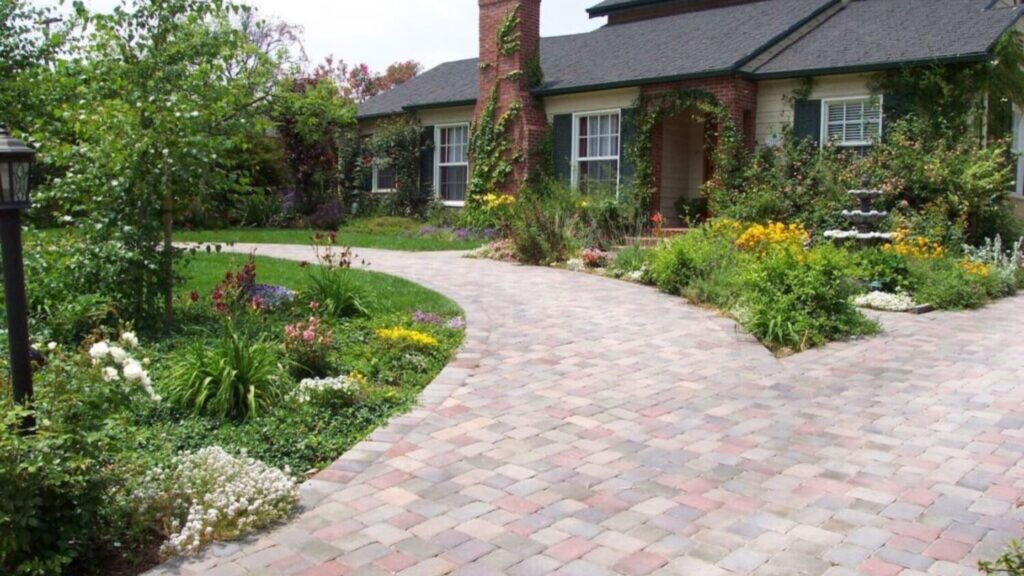
A well-designed driveway or walkway immediately elevates a home’s exterior. According to the National Association of REALTORS®, outdoor remodeling projects such as patios and walkways can return up to 85% of their value at resale. Quality paving communicates that a home is cared for, structurally sound, and move-in ready.
2. Enhancing Safety and Everyday Use
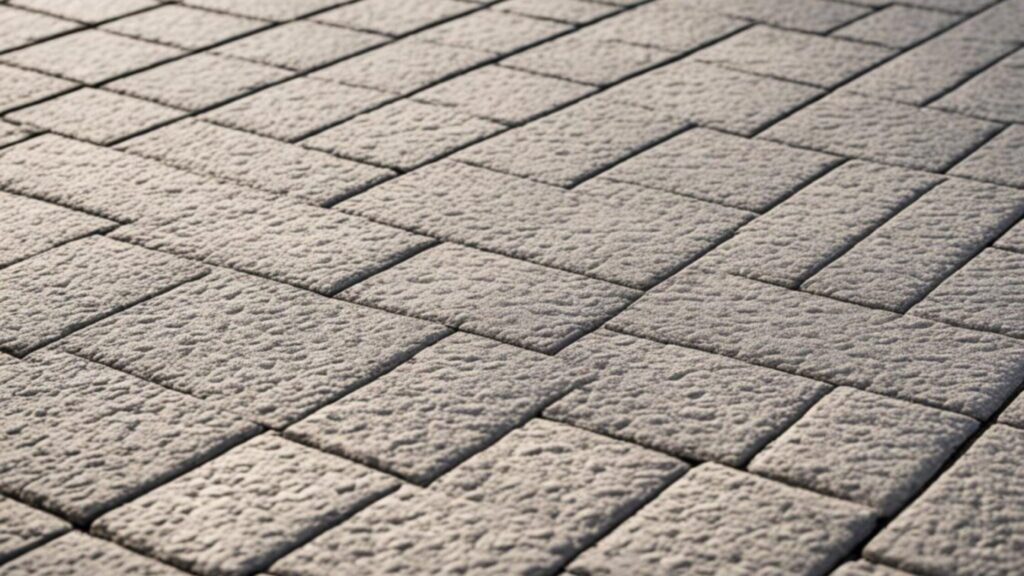
Smooth, level surfaces reduce trip hazards. Slip-resistant pavers provide better traction in wet or icy weather. And a properly graded installation prevents water pooling near foundations, a must in rainy or snowy regions.
3. Supporting Environmental Needs
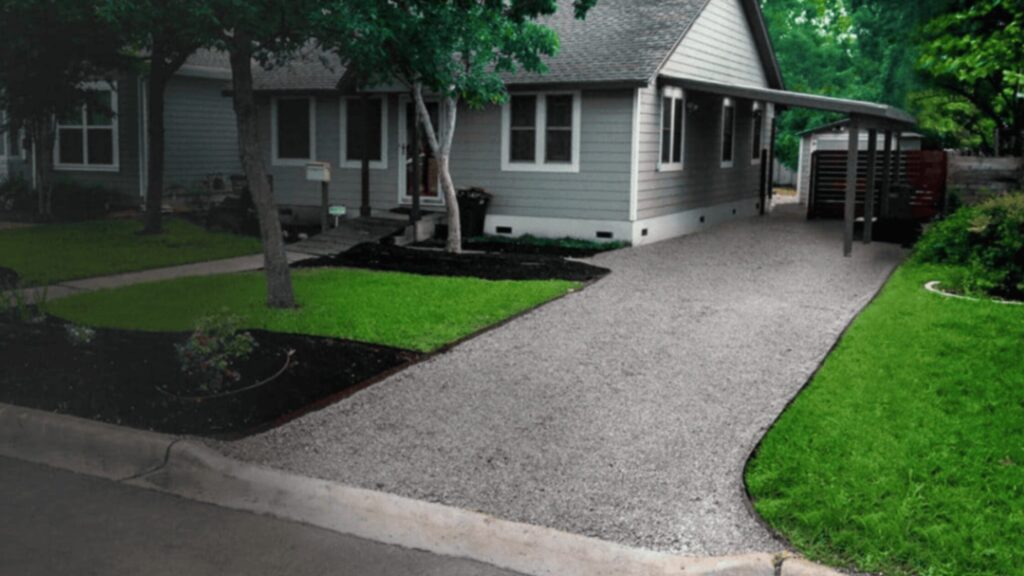
Many U.S. cities now encourage or require stormwater-friendly solutions. Permeable paver systems, which allow water to drain through small gaps into the soil, reduce flooding and support sustainable landscaping.
How to Choose the Right Paving Solution for Your Home
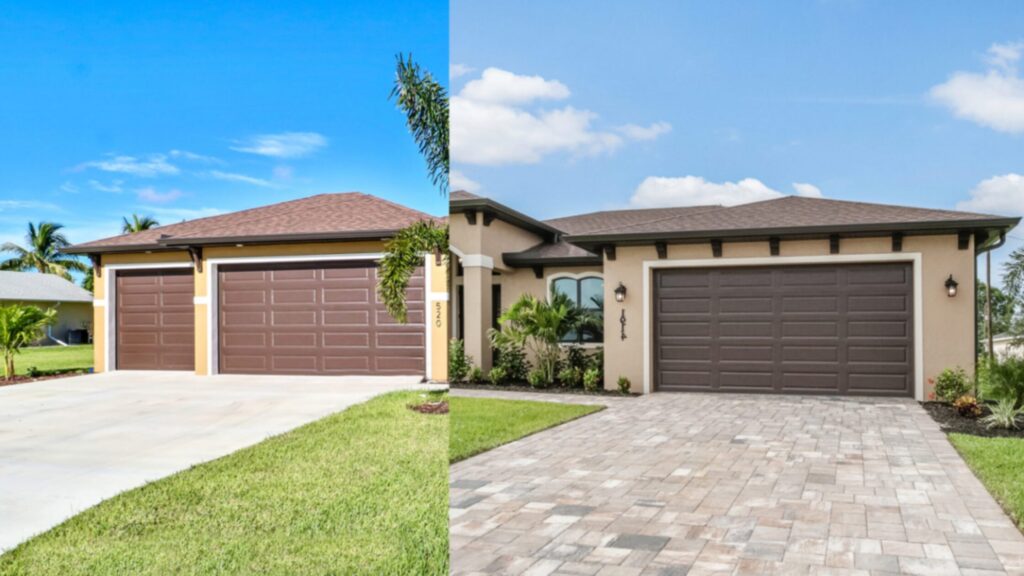
Every home has its own needs. Here’s a simple way to narrow your options.
1. Match Your Material to Your Local Climate
Your region plays a major role in long-term performance:
- Freeze–thaw states (Northeast, Midwest): Choose pavers that resist cracking and shifting concrete, porcelain, and permeable pavers perform best.
- Hot, sunny states (Southwest, South): Look for fade-resistant materials such as porcelain or lighter-toned stones.
- Coastal regions: Salt-resistant materials like granite or porcelain hold up better.
- Rain-heavy states: Permeable systems help with drainage and erosion.
2. Complement Your Home’s Architectural Style
Cohesion matters.
- Modern homes: Large-format porcelain or smooth concrete pavers create clean, seamless lines.
- Traditional or Colonial homes: Brick and reclaimed stone add warmth and historical charm.
- Farmhouse or rustic styles: Natural stone, textured concrete, and gravel deliver relaxed character.
3. Balance Budget, Maintenance, and Longevity
- Want low maintenance? Choose porcelain, brick, or concrete pavers.
- Working within a budget? Stamped concrete or gravel are cost-effective without sacrificing style.
- Looking for long-term value? Natural stone and premium concrete hold up for decades with proper care.
4. Account for Drainage, Slopes, and Permits
A beautiful design must also be functional. Proper grading prevents water issues, especially around foundations. Some U.S. cities require permits for major hardscape work—another reason professional installation pays off.
Trending Paving Ideas Transforming U.S. Home Exteriors
The ideas below reflect what contractors, designers, and homeowners across the country are using to elevate curb appeal and outdoor living.
1. Modern Large-Format Concrete or Porcelain Pavers

Oversized pavers, often 24″ × 24″ or larger, are among the strongest trends today. They create expansive, luxurious surfaces that feel modern and clean. Porcelain pavers resist stains, fading, and heat absorption, making them ideal for patios and pool decks.
2. Timeless Natural Stone Designs
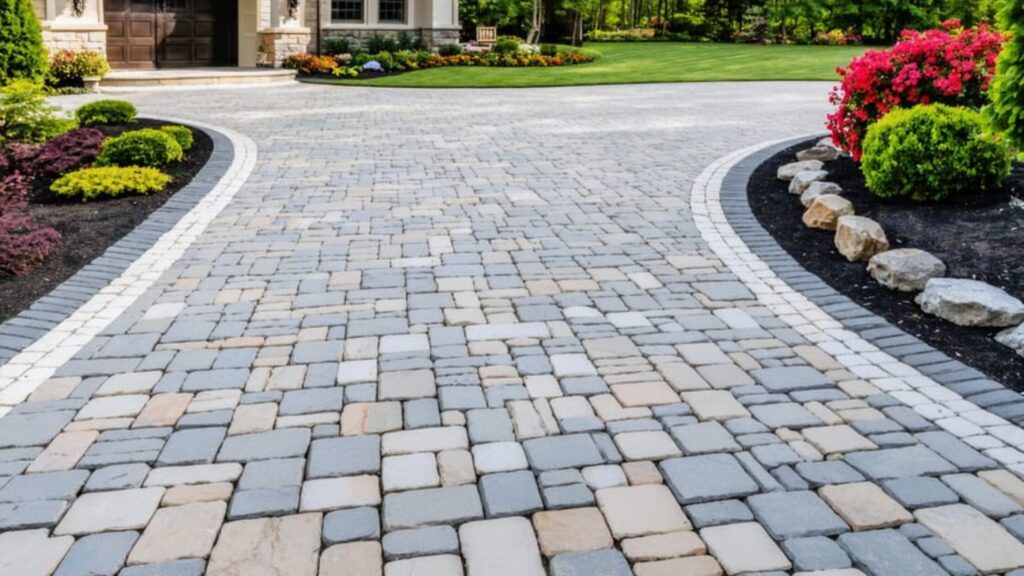
Materials like bluestone, travertine, slate, and granite bring unique color variations and textures that manufactured products can’t replicate. They’re ideal for walkways and patios in higher-end landscapes. Many homeowners choose natural stone to boost resale value and create an elegant outdoor setting.
3. Eco-Friendly Permeable Paver Driveways

As stormwater regulations tighten, permeable systems are gaining popularity. They prevent driveway puddling, reduce runoff, and withstand heavy use. They’re especially effective in rainy regions like the Pacific Northwest or coastal states.
4. Classic Brick Patterns for Warm, Traditional Charm
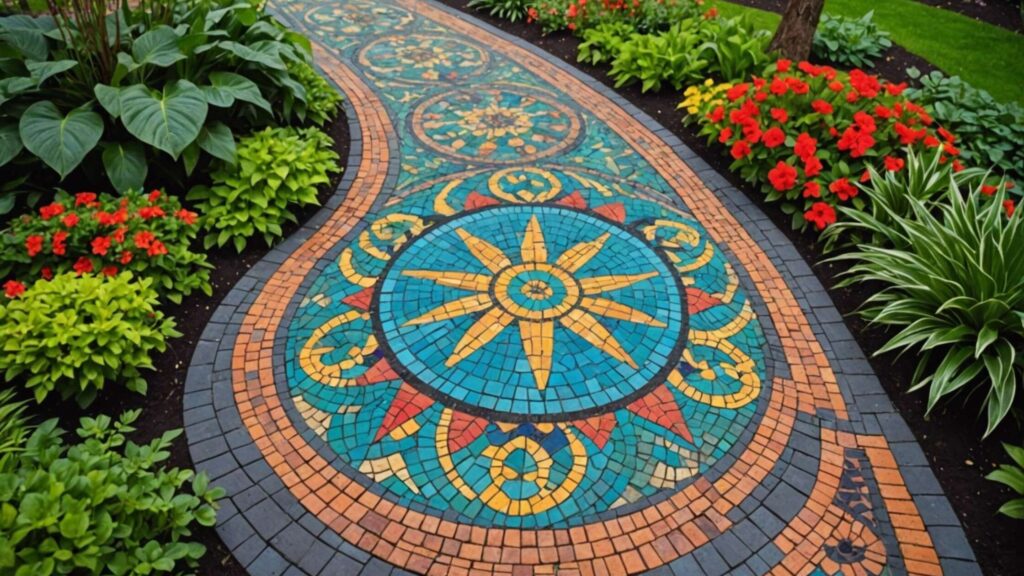
Brick pavers offer timeless appeal and pair beautifully with colonial, craftsman, and historic homes. Patterns such as herringbone and basketweave add texture without overwhelming the design.
5. Mixed-Material Designs
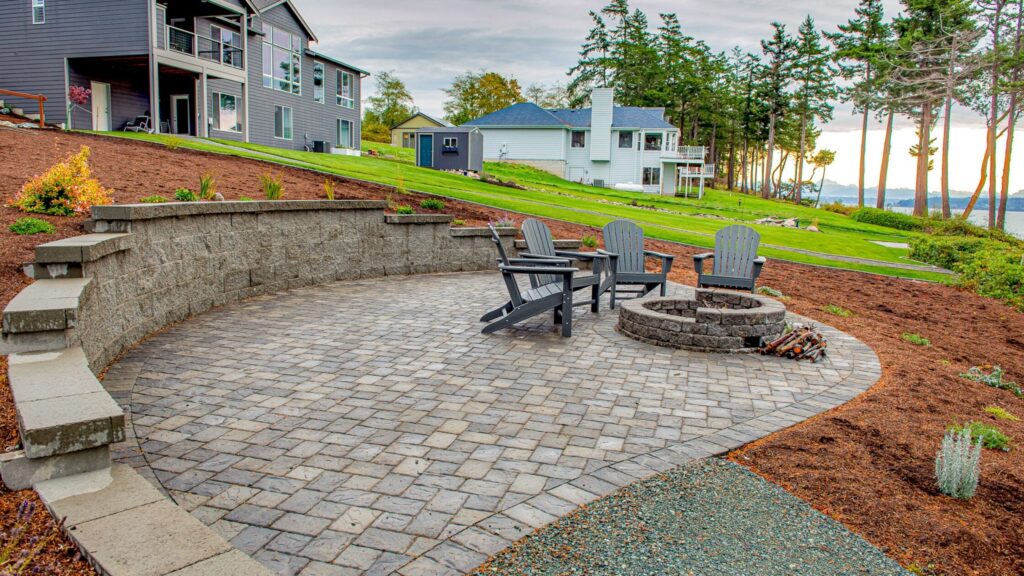
Combining pavers with gravel, stepping stones, or decorative concrete adds dimension and helps define outdoor zones. For example, stepping stones set in gravel can create an inviting garden path, while gravel bands around concrete slabs soften modern designs.
6. Stamped or Textured Concrete That Mimics Stone
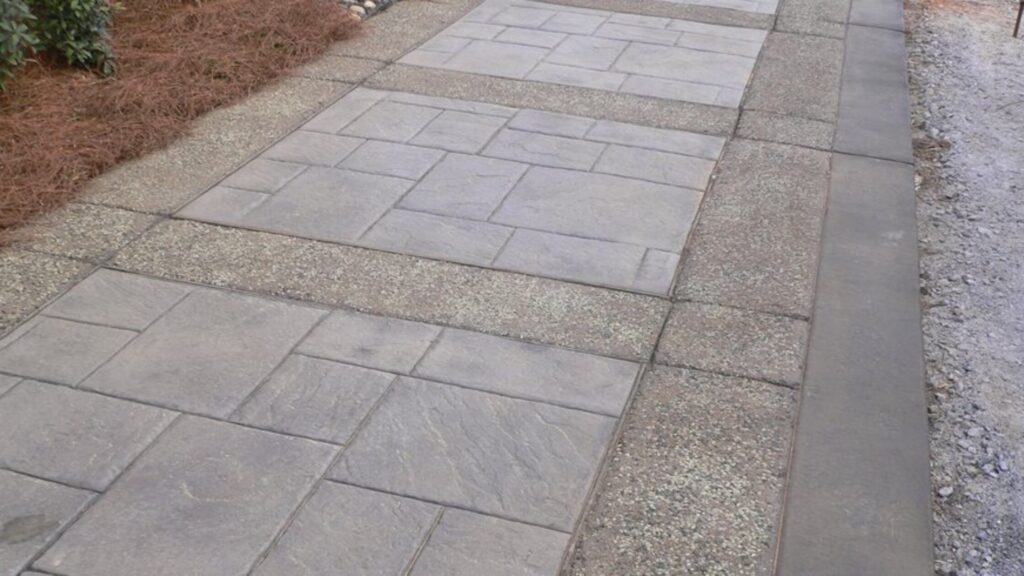
Stamped concrete continues to appeal to homeowners seeking affordable style. With today’s finishing techniques, installers can replicate the look of stone or brick while keeping costs lower. When properly sealed, stamped concrete holds up well in many climates.
7. Stepping Stone Paths for Garden Interest
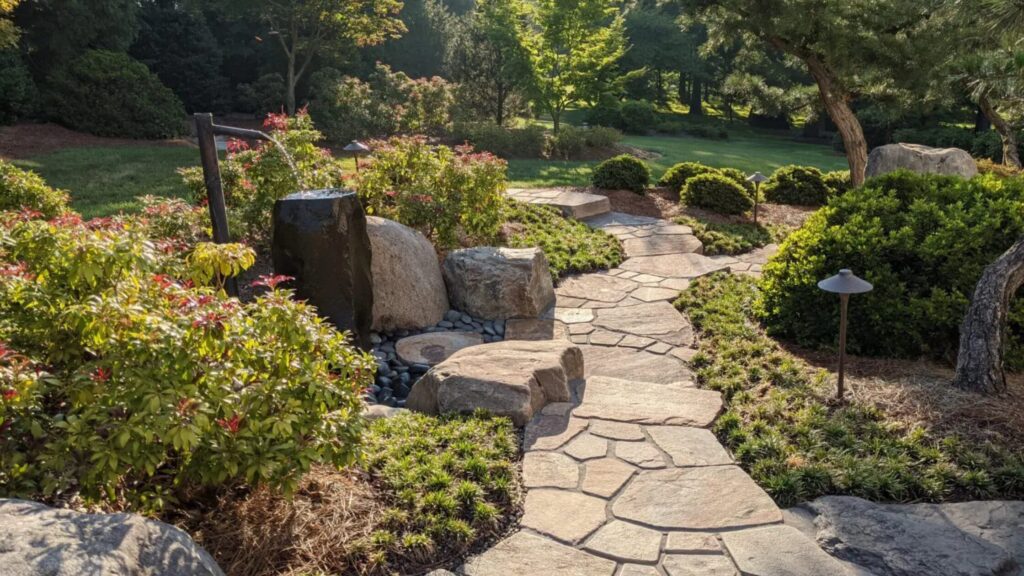
Wide stone or concrete stepping pads surrounded by groundcover or gravel create informal pathways that suit cottage-style gardens and side yards. They’re also budget-friendly and easy to maintain.
8. Driveways That Double as Multi-Use Courtyards
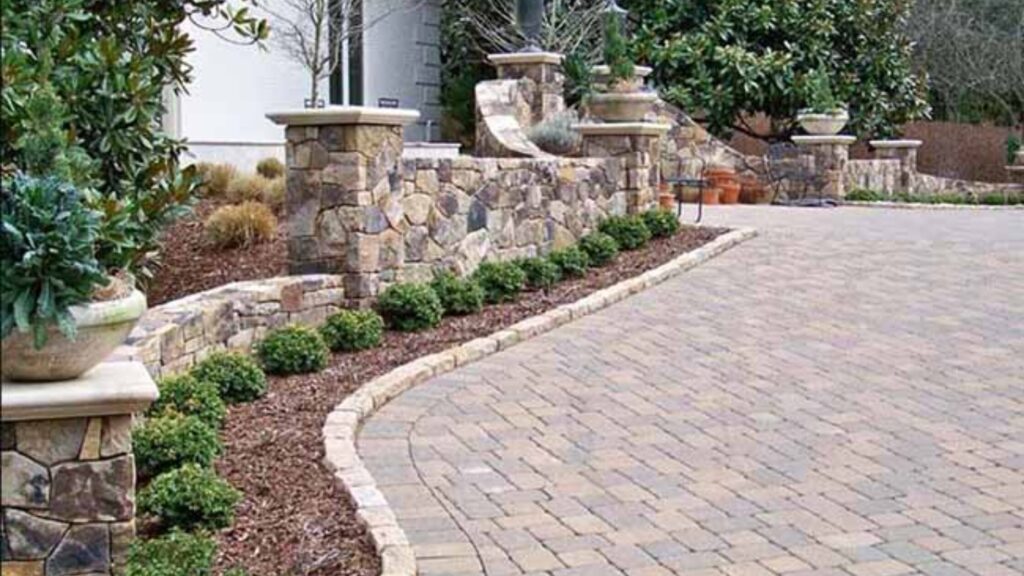
More homeowners are using their driveways as extended living areas especially in homes with limited yard space. Decorative concrete or pavers make the driveway both functional and inviting for family activities or social gatherings.
Design Details That Elevate Your Exterior
Small choices make a big difference.
1. Patterns, Borders, and Inlays
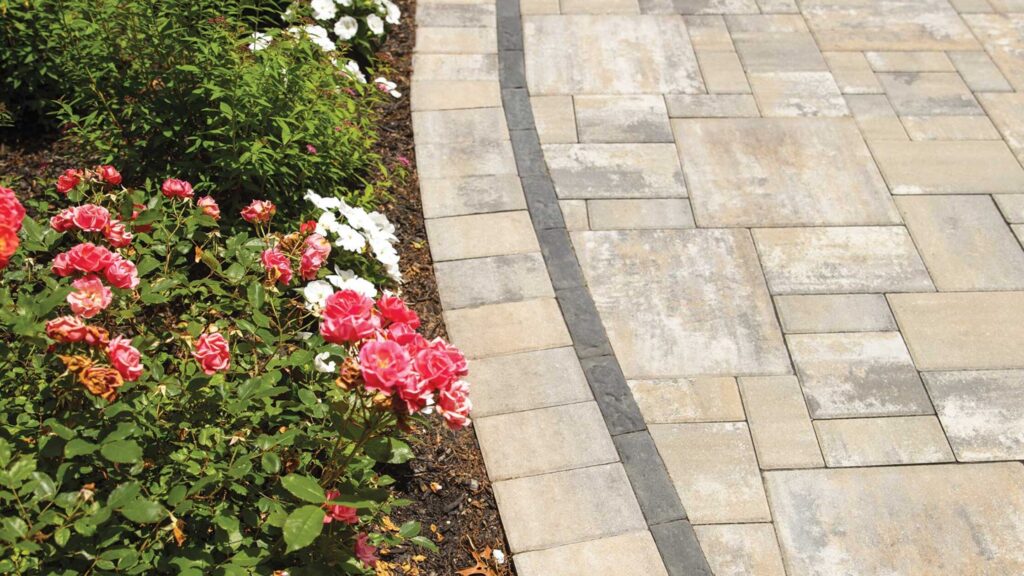
Border bands, accent colors, or patterned inlays give driveways and patios a custom look. A simple paver driveway can gain visual depth with a darker border or a herringbone apron near the entryway.
2. Lighting and Landscape Integration
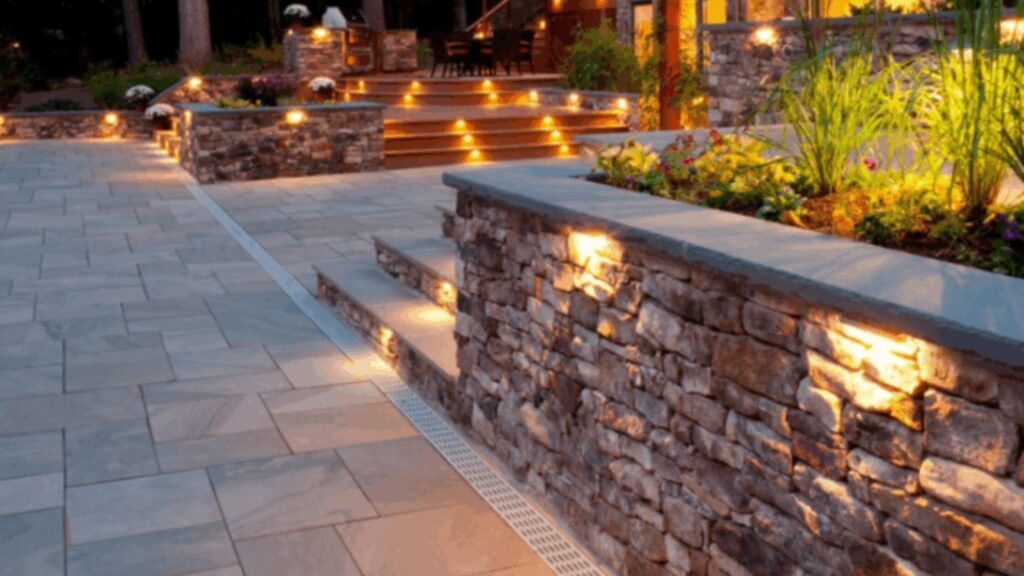
Pathway lighting, recessed step lights, and soft garden beds around paved areas enhance both safety and aesthetics. Lighting also adds value by extending your outdoor living hours.
DIY vs Professional Installation: What Works Best?
Small pathways or stepping stone features are DIY-friendly. But large patios and driveways require structural expertise. Professional contractors ensure:
- Proper grading and base preparation
- Long-term stability
- Drainage compliance
- Precision cutting and pattern alignment
A poorly installed base can lead to settling, cracking, or water issues within a few years making professional work worth the investment.
For readers exploring professional help, Best Enterprises General Contracting offers design guidance, code-compliant installation, and warranties for peace of mind.
Maintenance Tips for Long-Lasting Paved Surfaces
A little upkeep goes a long way.
- Sweep and rinse regularly to prevent stains.
- Seal surfaces such as stamped concrete or natural stone every 2–3 years.
- Check for shifting or settling after winter freezes.
- Use paver-safe de-icers in snowy regions to prevent surface damage.
Light maintenance preserves your investment and keeps your exterior looking fresh year-round.
Why Choose Best Enterprises General Contracting?
Best Enterprises brings expertise in U.S. building standards, climate-aware design, and long-lasting paving installation. From concept to final walkthrough, you’ll receive personalized guidance, transparent pricing, and craftsmanship backed by warranties.
Conclusion
Paving isn’t just a finishing touch, it’s a powerful way to elevate your home’s beauty, functionality, and long-term value. By choosing materials that match your climate, style, and budget, you can create an exterior that feels cohesive and inviting.
If you’re ready to transform your outdoor space, Contact Best GC here to help you design and build a paved exterior you’ll love for years to come.
Top Porch and Deck Designs to Enhance Your Outdoor Living Space
A well-designed porch or deck can instantly turn unused space into a favorite part of your home. Whether you love hosting summer cookouts, reading in the shade, or simply enjoying a quiet evening outdoors, the right design can make your home feel bigger, more functional, and more welcoming. It also adds real value according to the 2024 Remodeling Cost vs. Value Report, a wood deck addition can recoup over 60% of its cost at resale, making it one of the strongest exterior upgrades for homeowners.
This guide covers the best porch and deck designs, materials, features, and planning tips to help you create an outdoor living space that fits your home, lifestyle, and budget. You’ll also see expert insights and real-world examples from Best Enterprises General Contracting to help you plan your project with confidence.
Porch vs. Deck: Which One Fits Your Home Best?

Choosing between a porch and a deck can transform how you enjoy your home’s outdoor space. While both add extra living areas and enhance your property, they serve very different purposes. Porches offer a sheltered, cozy spot to relax, while decks provide open-air versatility for entertaining and outdoor activities. Understanding their differences is key to selecting the perfect fit for your lifestyle and home.
What is a Porch?
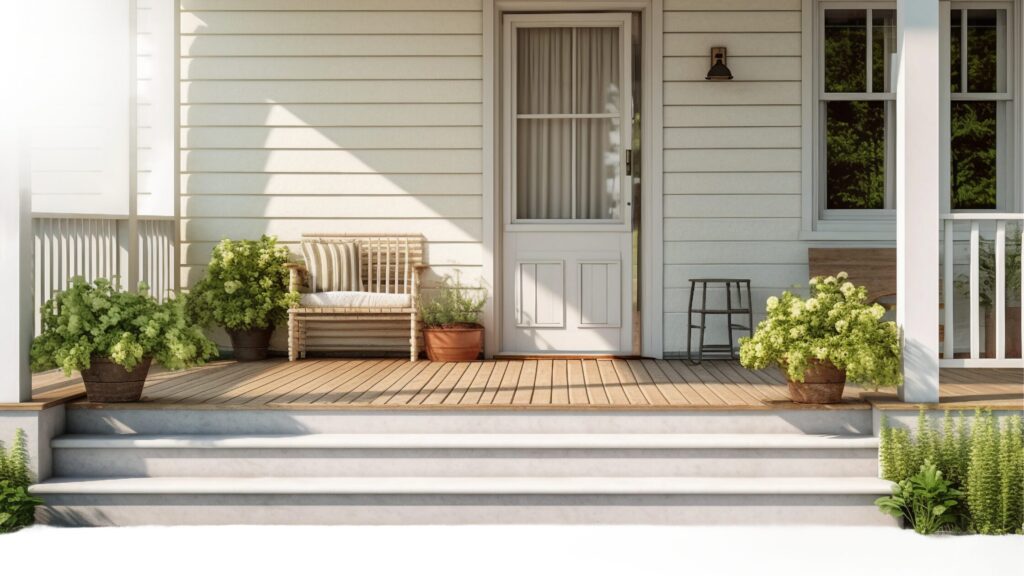
A porch is typically an attached, covered structure located at the front or back of a home. It’s great for shade, curb appeal, and all-season enjoyment especially when screened in or partially enclosed.
Best for:
- Homes on busy streets
- Humid or buggy climates
- Creating a welcoming entry
What is a Deck?
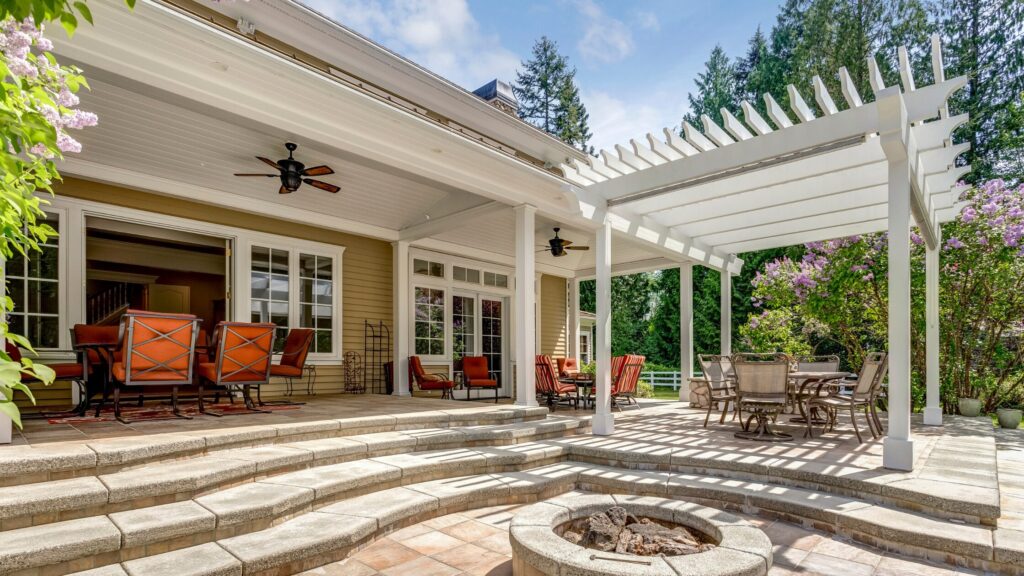
A deck is usually an open, elevated platform built from wood, composite, or PVC materials. Decks are ideal for entertaining, grilling, enjoying views, and maximizing backyard space.
Best for:
- Sloped or uneven yards
- Homes with great views
- Outdoor dining or lounging
Planning Your Porch or Deck Project the Right Way

Designing a great outdoor living space starts long before construction. Thoughtful planning helps avoid costly mistakes and ensures the final result fits your home and lifestyle.
Define How You’ll Use the Space
A great question to start with:
“What do I want to do here?”
- Hosting gatherings?
- Reading and relaxing?
- Outdoor cooking?
- Creating a kids’ play zone?
Your answer helps shape size, layout, and features.
Evaluate Sun, Shade, Privacy & Views
Sunset glare, road noise, and nearby neighbors all influence your design. For example:
- A south-facing porch may need fans and screens for hot summers.
- A deck overlooking a yard benefits from glass or cable railings to preserve views.
- A tight suburban lot often needs privacy panels or pergolas.
Permits & Building Codes Matter
Local building codes dictate requirements like railing height, footing depth, and structural supports. A licensed contractor such as Best Enterprises General Contracting handles these details for you keeping your project safe and code-compliant.
Work With a Professional Builder
A professional team guides you through:
- Initial consultation
- 3D design concepts
- Material selection
- Permits and logistics
- Construction and walkthrough
This ensures the new space blends seamlessly with your home.
Top Porch Design Ideas to Elevate Your Outdoor Living Space
Porches come in a wide range of styles, and the right design can dramatically enhance your home’s character, comfort, and curb appeal.
1. Classic Front Porches for Timeless Appeal

Traditional front porches feature architectural details like columns, railings, and welcoming steps that frame your home’s facade. Add warm lighting, planters, and comfortable seating to create an inviting space that feels like an extension of your entryway.
Why homeowners love it: Ideal for neighborhood homes looking to boost charm, approachability, and curb appeal.
2. Wraparound Porches With Distinct Activity Zones
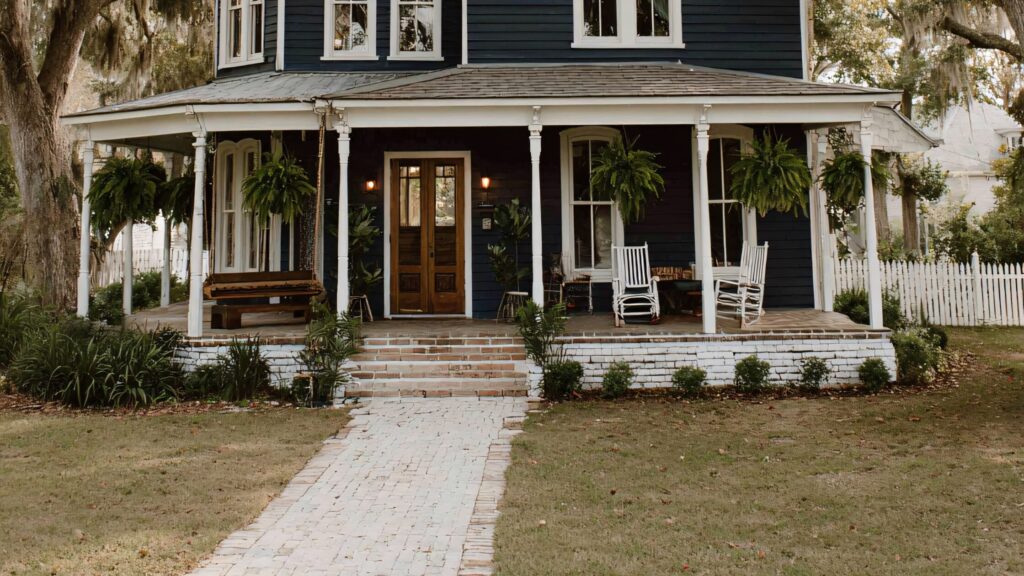
A wraparound porch offers more than beauty; it creates multiple functional areas. One side can host a quiet reading nook or breakfast space, while the other becomes a natural gathering area for guests.
3. Screened-In Porches for Comfortable, Bug-Free Lounging
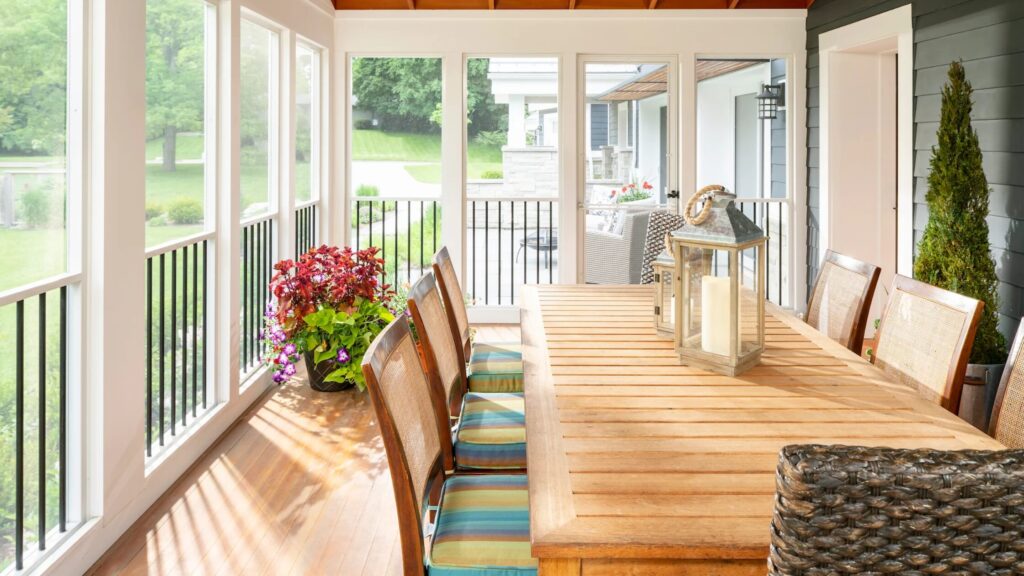
Perfect for wooded, coastal, or humid regions, screened porches eliminate pests while still providing fresh air and outdoor views. Add a ceiling fan, weather-resistant flooring, and cozy décor to enjoy morning coffee or evening relaxation without swatting mosquitoes.
4. Four-Season or Enclosed Porches
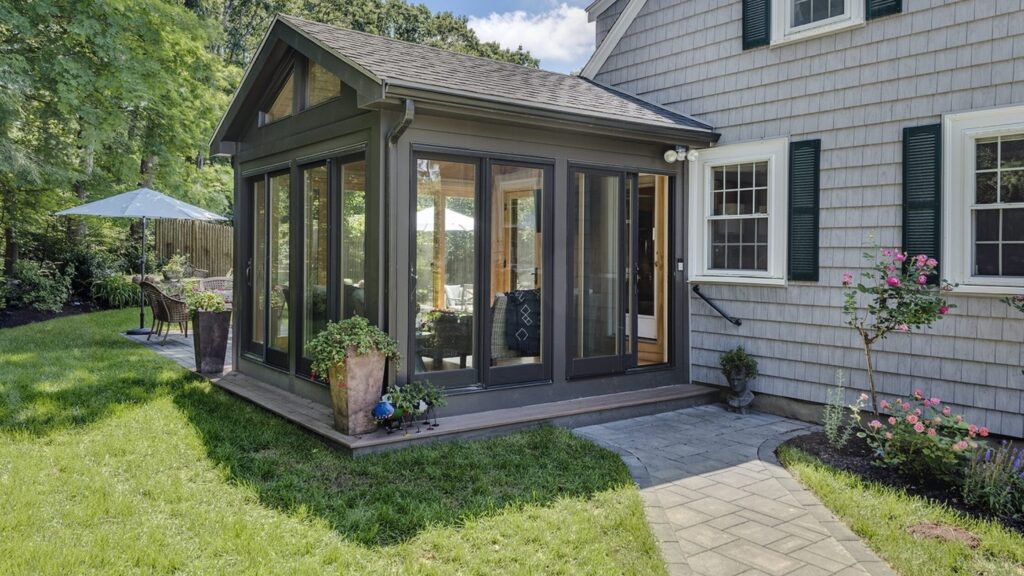
For homeowners who want an outdoor feel with year-round comfort, a four-season porch is ideal. Insulated walls, quality windows, and durable flooring make the space usable in all weather summer heat, fall breezes, or winter chill.
5. Farmhouse & Craftsman-Style Porches

Rustic wood elements, exposed beams, statement lighting, and tongue-and-groove ceilings anchor these porches in traditional American design. The result is a warm, welcoming space that blends craftsmanship with cozy charm.
Top Deck Design Ideas to Maximize Your Backyard
Whether you’re working with a compact suburban lot or a spacious property with scenic views, the right deck design can turn your backyard into a true outdoor oasis. Here are the top layouts that blend beauty, function, and lifestyle.
1. Single-Level Decks for Effortless Everyday Living
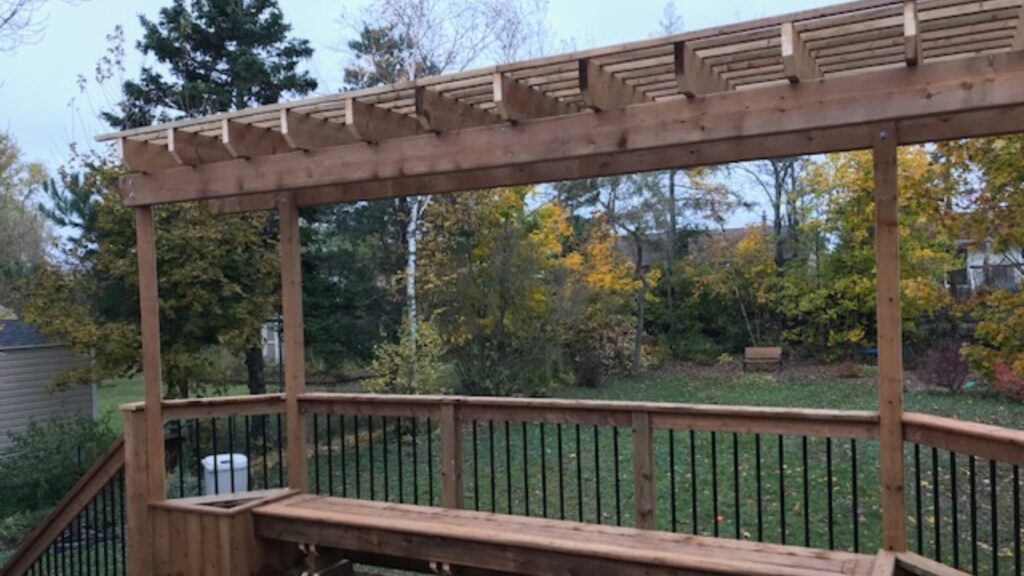
Clean, versatile, and budget-friendly, single-level decks create a smooth transition from your home to the outdoors. They’re ideal for grilling, dining al fresco, sunbathing, or simply relaxing with family and friends.
2. Multi-Level Decks for Sloped or Complex Terrain

Uneven yards become an advantage with a multi-level design. Each tier can serve a distinct purpose: an upper level for cooking, a mid-level for lounging, and a lower level for kids or a fire pit area creating a dynamic layout that works with your landscape instead of against it.
3. L-Shaped & Wraparound Decks for Seamless Indoor–Outdoor Flow

L-shaped and wraparound decks connect major interior rooms such as the kitchen, living room, and dining area to the outdoors with ease. This design enhances circulation, opens up your entertaining space, and makes hosting large gatherings effortless.
4. Rooftop Decks for Unmatched Views

In urban, coastal, or densely built environments, rooftop decks offer privacy, panoramic scenery, and highly valuable outdoor square footage. Because they require structural engineering and premium waterproofing, professional installation is a must.
5. Pergola & Covered Deck Designs for Year-Round Comfort
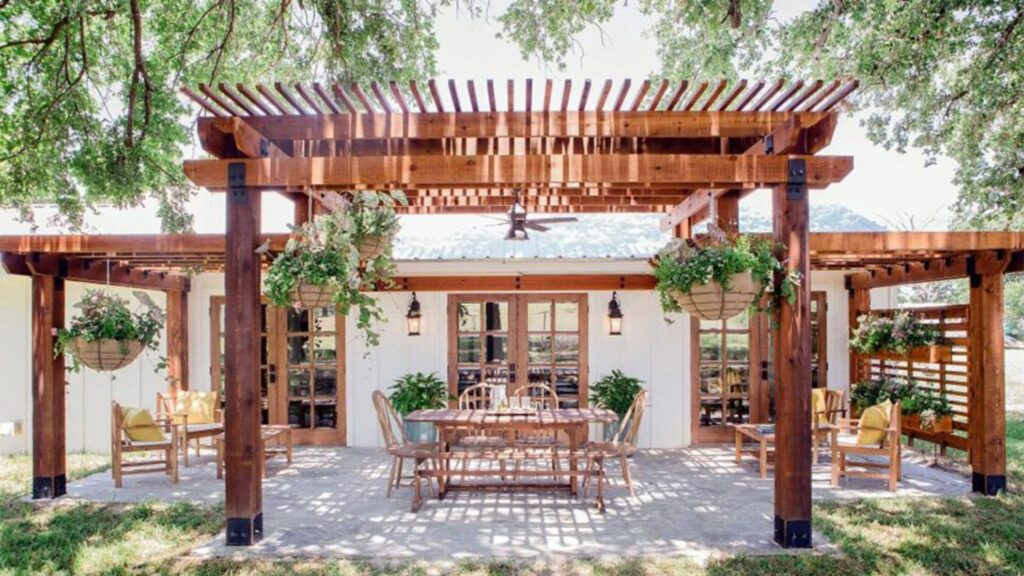
Adding a pergola, canopy, or fully covered roof transforms your deck into a beautifully defined outdoor “room.” Incorporate string lights, ceiling fans, heaters, or retractable shades to extend comfort through more seasons and elevate the overall ambiance.
Must-Have Features That Elevate Any Porch or Deck
Smart upgrades can transform a basic porch or deck into a comfortable, functional, and stylish extension of your home. Consider these popular features to enhance everyday living and long-term value.
1. Built-In Seating & Hidden Storage
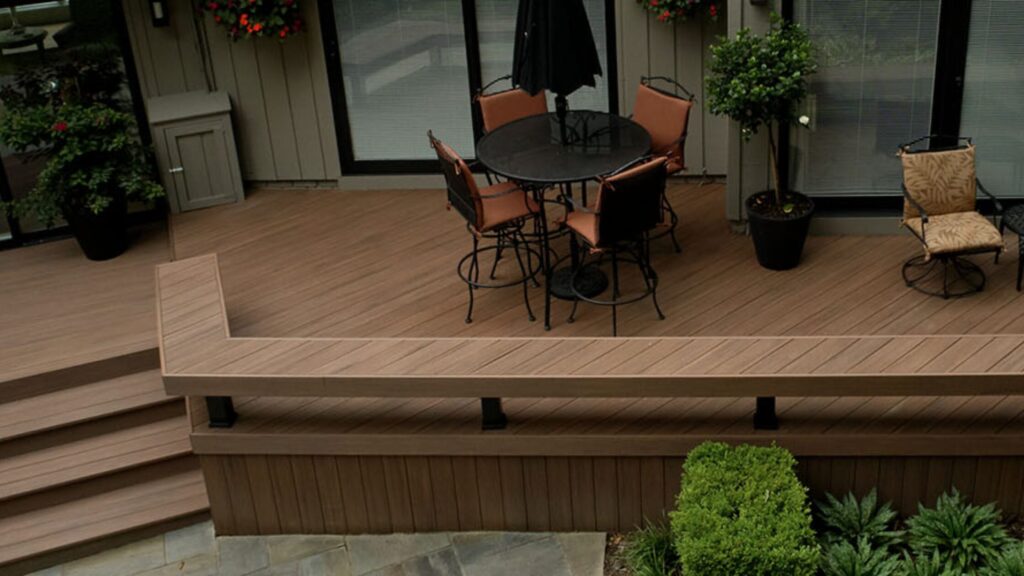
Custom benches, corner seating, and integrated storage compartments help reduce clutter while maximizing usable space. They’re especially beneficial for smaller areas where traditional furniture may feel cramped. Store cushions, gardening tools, or outdoor toys neatly out of sight.
2. Outdoor Kitchens & Dedicated Grill Zones

Whether you add a simple grilling station or a full kitchen equipped with countertops, cabinets, and appliances, cooking outdoors boosts convenience and enjoyment. Choose weather-resistant materials, plan for proper ventilation, and allow adequate prep space to keep the area safe and functional.
3. Fire Pits & Outdoor Fireplaces

Fire features create warmth, ambiance, and a natural gathering point for family and guests. Options range from sleek gas fire pits which offer low maintenance and instant ignition to traditional wood-burning fireplaces perfect for rustic appeal and cool evenings.
4. Privacy Walls & Custom Railing Systems

Railings and privacy elements play a major role in safety and style. Cable railings maintain open views, while privacy screens, lattice panels, and decorative walls add seclusion and visual interest. These features help define zones and enhance the architectural character of the space.
5. Lighting & Electrical Upgrades
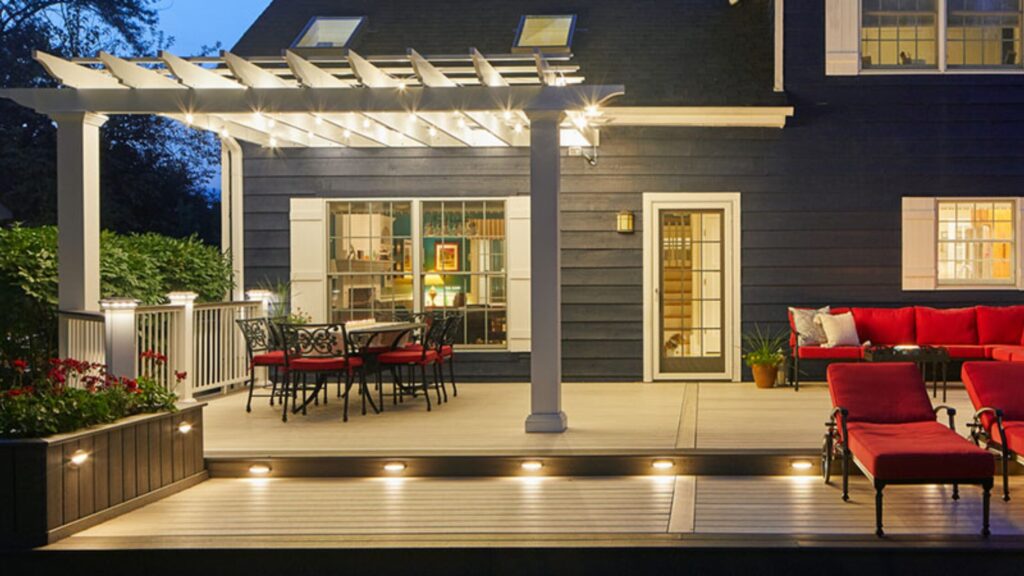
Thoughtfully planned lighting and power sources improve both safety and atmosphere. Consider incorporating:
- Step and pathway lighting
- Rail-cap or under-rail lights
- Ceiling fans
- GFCI and USB outlets
- Integrated speakers or audio systems
Strategic lighting not only sets the mood after sunset but also ensures safe navigation across stairs and elevated areas.
Choosing the Right Materials: Durability Meets Design
Your material choices influence everything appearance, lifespan, upkeep, and overall investment. Selecting the right option ensures your porch or deck looks beautiful and performs well for years to come.
1. Wood Decking
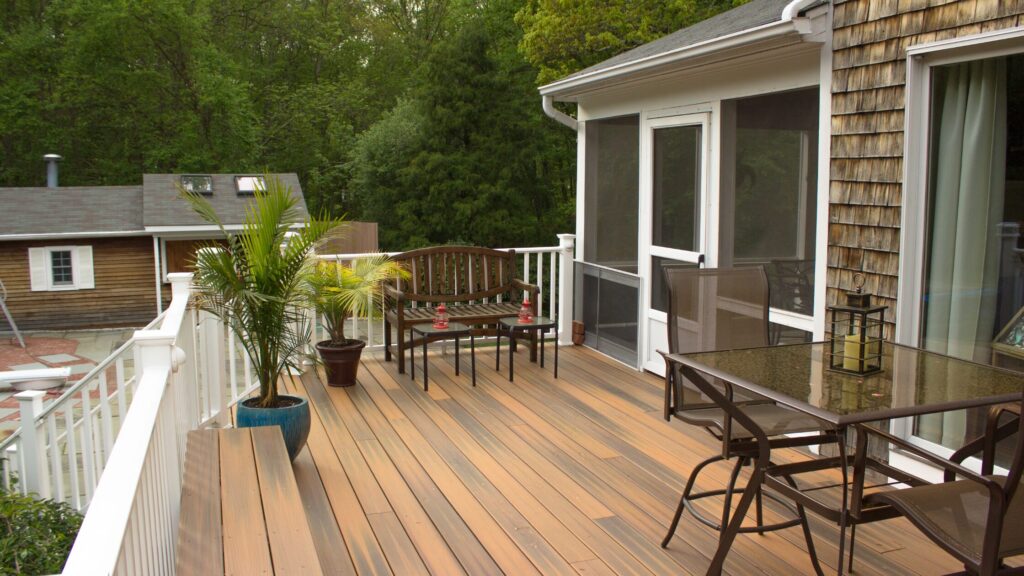
Pressure-treated lumber, cedar, and redwood offer timeless warmth and natural beauty at an affordable price point. While wood is often the most budget-friendly option upfront, it does require ongoing maintenance such as staining, sealing, or refinishing to protect against weathering.
Best for: Homeowners who love an authentic, traditional look and don’t mind routine care.
2. Composite Decking

Composite boards brands like Trex, Fiberon, and TimberTech deliver impressive resistance to fading, staining, insects, and moisture. They maintain their color and structure over time with minimal upkeep, making them a smart long-term investment.
Best for: Busy households and regions with heavy rain, humidity, or strong sun exposure.
3. PVC Decking

PVC decking offers exceptional moisture resistance and won’t rot, mold, or split, even in extreme environments. Its lightweight, durable composition makes it especially suitable for waterfront homes or poolside installations.
Best for: Coastal, lakeside, or high-moisture settings where maximum durability is essential.
4. Porch Flooring Options

Covered or enclosed porches open the door to more refined flooring choices. Tongue-and-groove boards create a classic, seamless look, while composite porch planks offer low-maintenance elegance. In four-season or enclosed spaces, porcelain tile provides durability, style, and easy cleaning.
Best for: Porches protected from direct weather exposure or designed for year-round use.
Designing for Your Climate & Location

Climate plays a major role in how your porch or deck will perform over time. Choosing the right materials and structural features ensures safety, comfort, and long-term durability no matter where you live.
1. Cold & Snowy Regions
Winter weather can be tough on outdoor structures. Prioritize:
- Slip-resistant surfaces to prevent icy falls
- Freeze-thaw-resistant footings to avoid shifting or cracking
- Composite or PVC decking for reliable performance in harsh, fluctuating temperatures
These upgrades help your deck withstand snow loads, moisture, and repeated freeze cycles.
2. Hot & Humid Climates
Heat, humidity, and sun exposure can shorten material lifespan and make outdoor spaces uncomfortable. Improve usability with:
- Screened-in porches for better airflow and pest protection
- UV-resistant materials that minimize fading and heat absorption
- Ceiling fans and ventilation to keep air moving and temperatures manageable
These features help your space stay cool, comfortable, and low-maintenance.
3. Coastal Areas
Salt, moisture, and strong winds demand materials that can handle extreme conditions. Opt for:
- Salt-resistant fasteners to prevent corrosion
- High-performance PVC decking that won’t absorb moisture
- Durable railings and hardware engineered for marine exposure
These choices ensure your porch or deck maintains structural integrity near the water.
4. Windy Plains or Mountain Terrain
High winds and elevation changes require stronger structural support. Consider:
- Reinforced bracing and anchoring for stability
- Code-compliant railing systems designed for higher wind loads
- Wind-screening features like privacy panels where appropriate
These elements keep your outdoor space safe and secure, even in challenging environments.
Why Homeowners Trust Best Enterprises General Contracting
Building a porch or deck is a major investment. Best Enterprises brings years of experience, high-quality craftsmanship, and trusted materials to every project. Our team handles everything from design to permitting to finishing touches so your new outdoor space looks seamless and lasts for years.
Visit our Services Page or explore our portfolio to get inspired for your next project.
Conclusion: Start Planning Your Dream Outdoor Space Today
A well-designed porch or deck enhances daily living, boosts home value, and gives you more room to enjoy the outdoors. Whether it’s a cozy screened-in porch or a spacious multi-level deck, thoughtful planning and expert craftsmanship make all the difference.
Ready to bring your vision to life?
Contact Best GC today to schedule a consultation and start designing a space you’ll enjoy for years to come.
Bringing the Outside In: The Rise of Floor-to-Ceiling Windows
In today’s architecture and design world, floor-to-ceiling windows have become a symbol of modernity, luxury, and connection with nature. This architectural trend is not only about aesthetics but also about functionality. By allowing unobstructed views of the outdoors and flooding spaces with natural light, these windows are transforming homes across the United States. Whether you’re renovating your current living space or building a new home, this article will explore the rise of floor-to-ceiling windows, their benefits, the installation process, and how they can enhance your home’s design.
The Appeal of Floor-to-Ceiling Windows

Floor-to-ceiling windows flood interiors with natural light, enhance mood, and cut down on artificial lighting needs. They frame sweeping views whether of gardens or city skylines and make even small spaces feel larger and more open. By blending indoors with the outdoors, they create a seamless sense of connection and spaciousness.
1. Maximizing Natural Light and Views
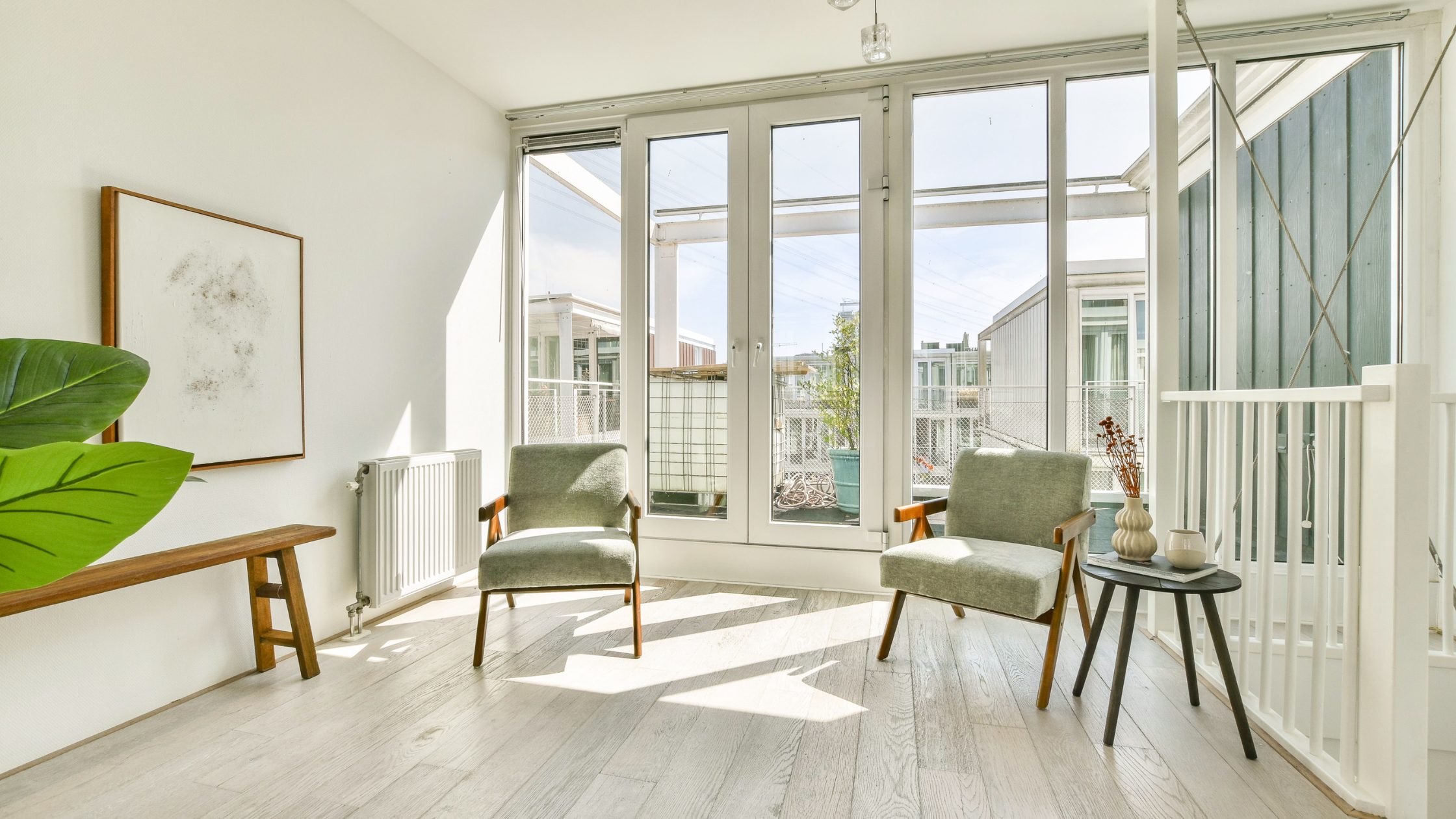
One of the most significant advantages of floor-to-ceiling windows is the influx of natural light they bring into a room. Natural light has numerous benefits, from improving mood and productivity to creating a welcoming and spacious atmosphere. These windows allow you to take full advantage of daylight, reducing the need for artificial lighting during the day. Furthermore, they offer expansive, panoramic views of your surrounding environment, whether it’s the serene beauty of your garden or the vibrant cityscape.
2. Creating a Sense of Openness and Space
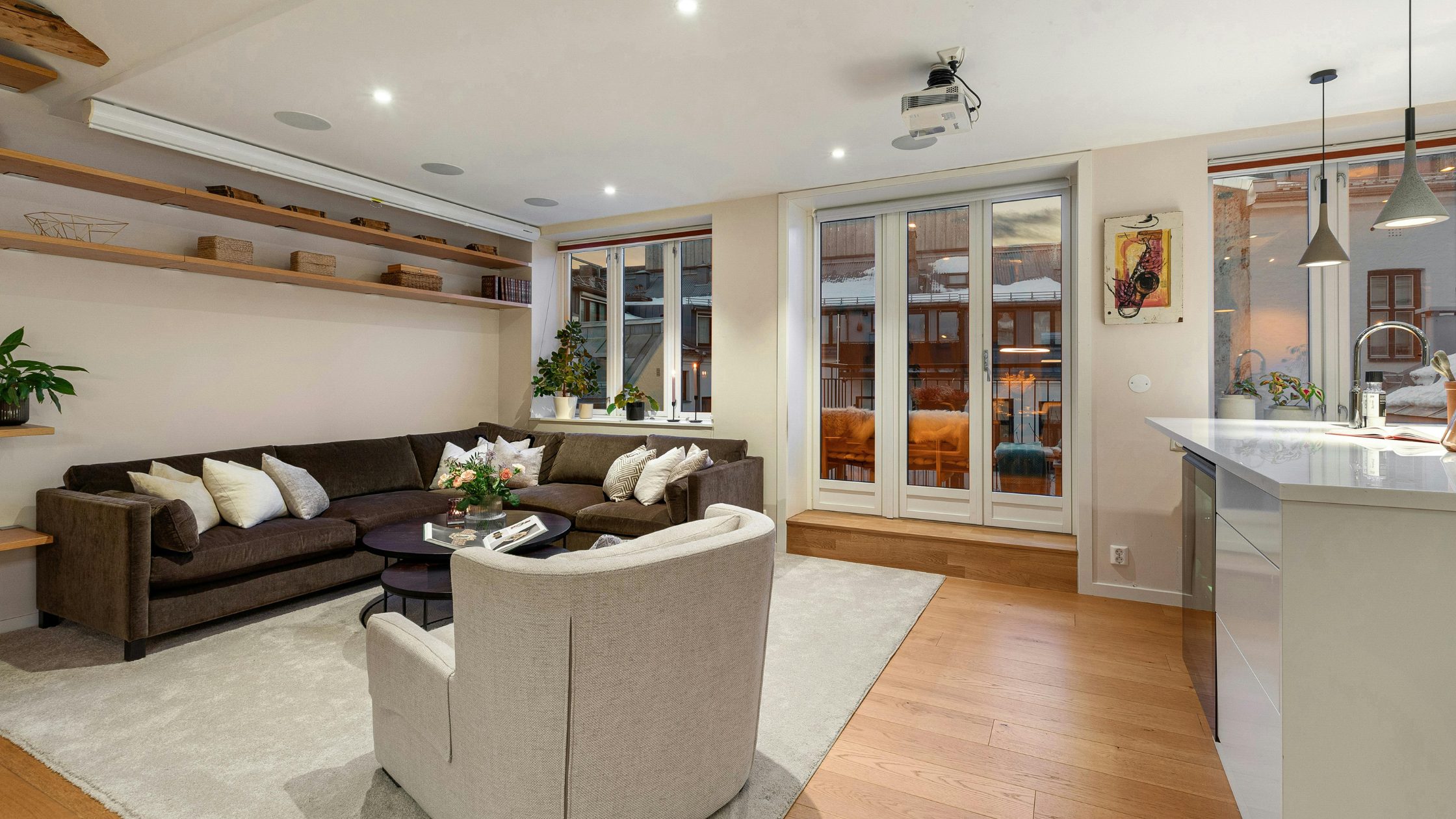
Floor-to-ceiling windows also have a profound impact on the spatial dynamics of a room. By eliminating traditional walls or partitions, these windows make even smaller rooms feel more open and airy. The design creates a seamless flow between indoor and outdoor spaces, ideal for those looking to blend their interior with nature. This is especially beneficial in compact urban homes or apartments where every square foot counts.
Benefits of Floor-to-Ceiling Windows
1. Energy Efficiency and Natural Ventilation
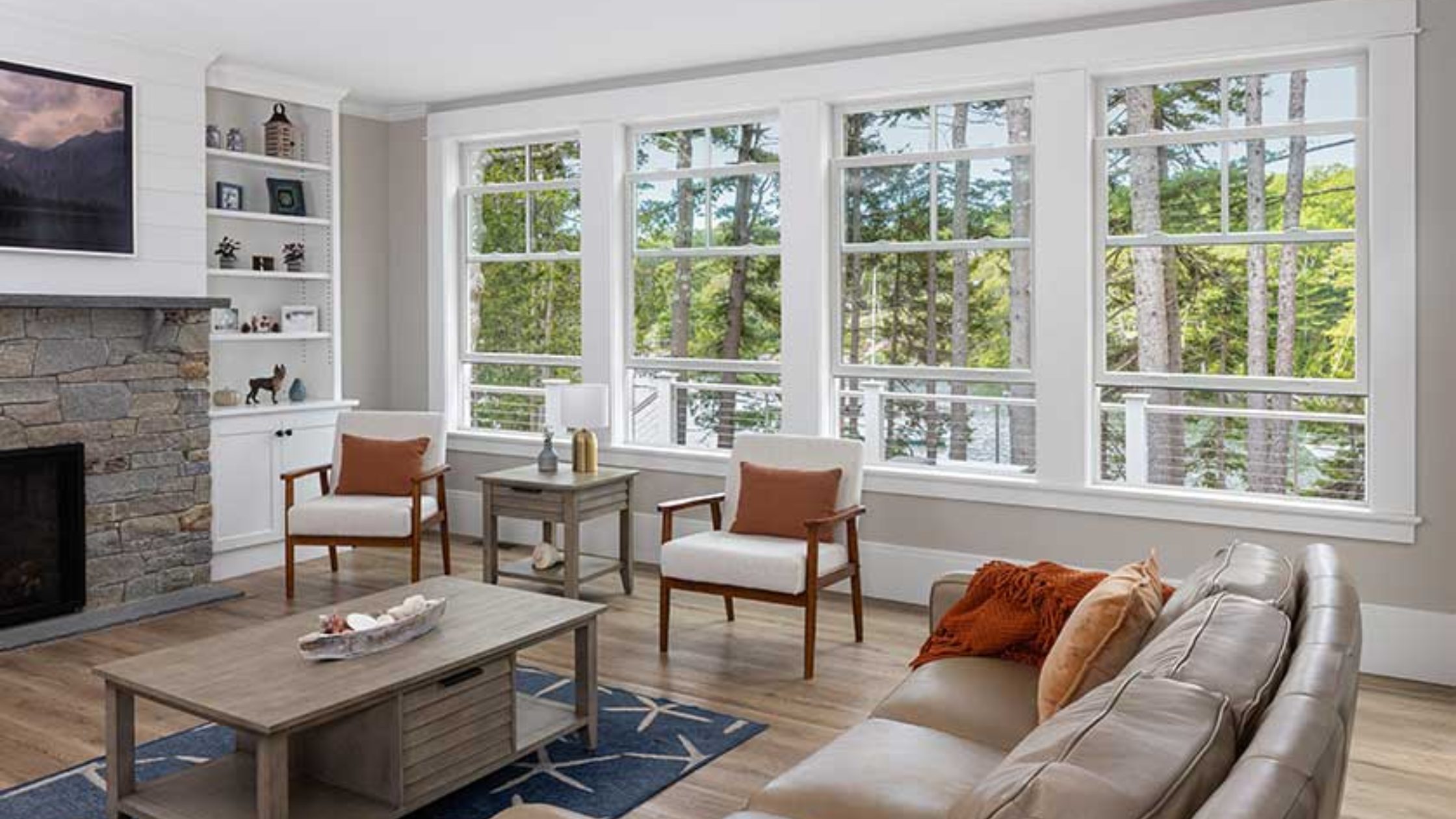
When installed correctly, modern floor-to-ceiling windows can be energy-efficient. With high-performance glass and proper insulation, these windows can help regulate indoor temperatures by providing natural ventilation. During cooler months, these windows can trap warmth from the sun, reducing the need for artificial heating. In warmer months, they can be opened to allow fresh air to flow in, reducing the reliance on air conditioning systems.
2. Aesthetic Appeal and Modern Design Trends
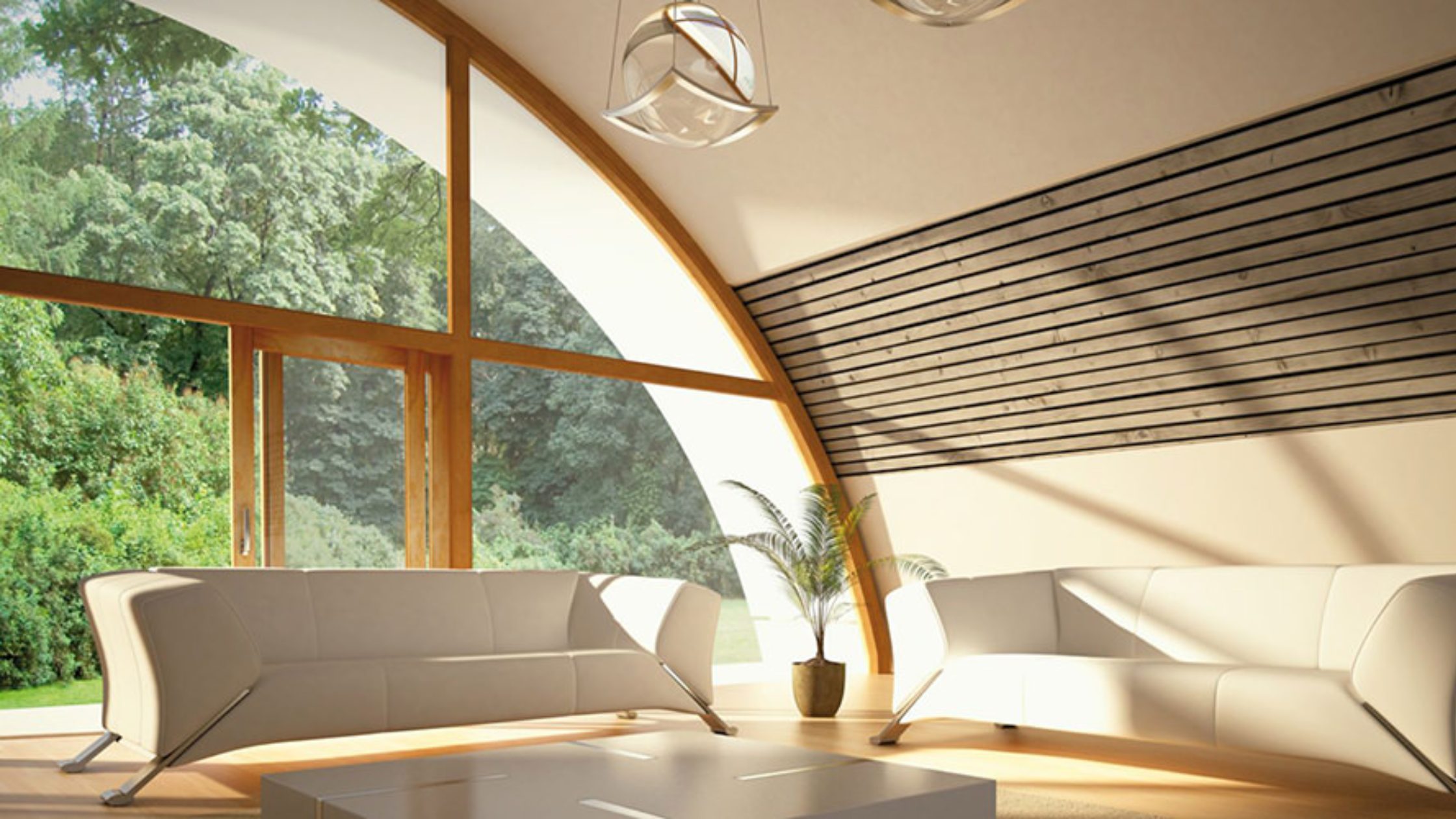
These windows are often associated with sleek, minimalist designs that are in high demand in today’s home design trends. The clean lines and unobstructed views they provide fit perfectly with modern and contemporary architectural styles. Whether used in a living room, kitchen, or bedroom, floor-to-ceiling windows can serve as both a functional element and a focal point, enhancing the overall aesthetic of the space.
3. Connection to Nature
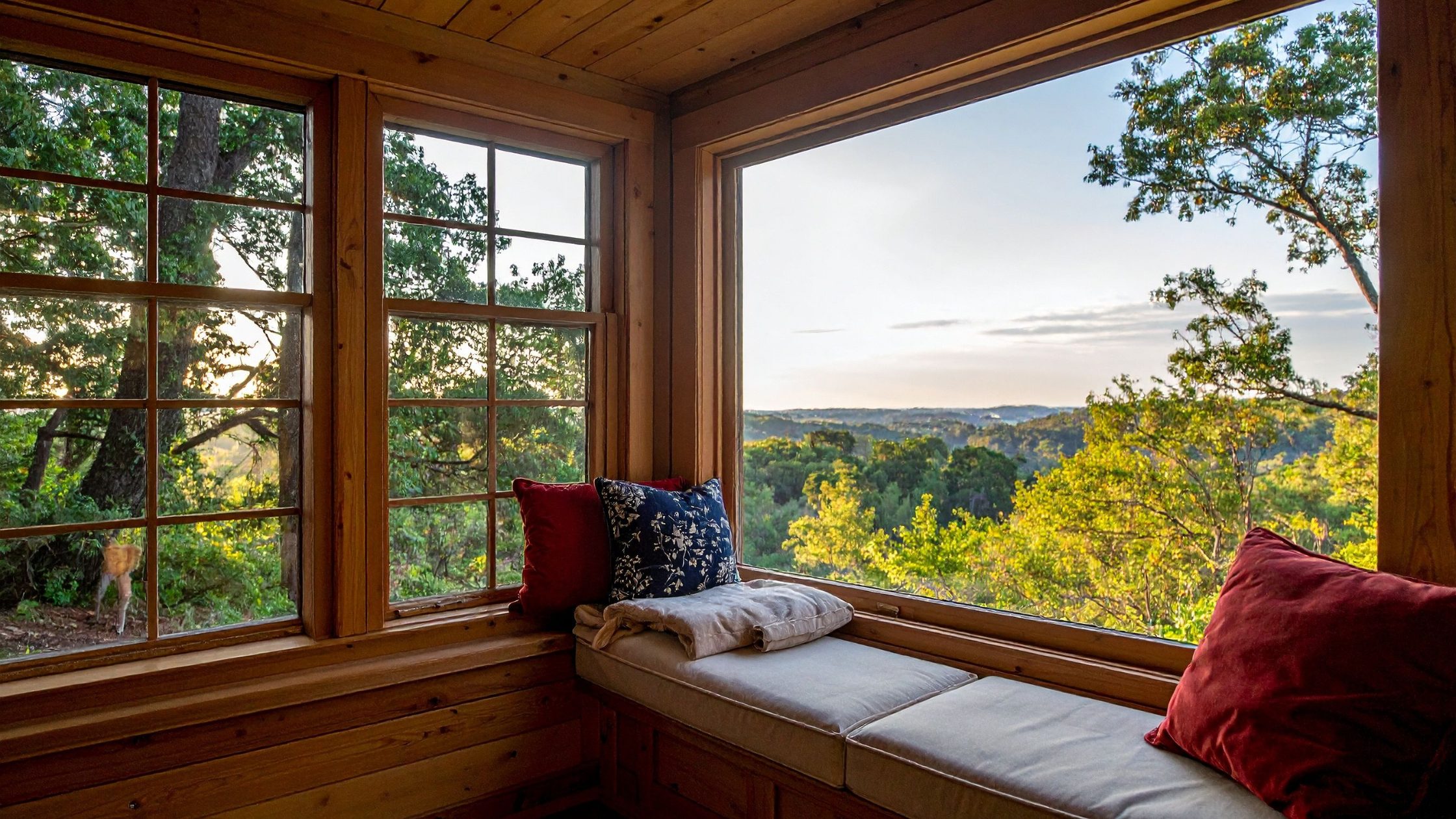
Incorporating nature into living spaces is a growing trend known as biophilic design. Floor-to-ceiling windows play a crucial role in this movement by bringing the outdoors inside. The large glass panes allow homeowners to enjoy the beauty of nature year-round, regardless of weather conditions. This seamless connection with nature promotes well-being and enhances the quality of life.
Installation Process: How to Install Floor-to-Ceiling Windows
Key Considerations Before Installation
Installing floor-to-ceiling windows is a complex process that requires careful planning and attention to detail. Several key factors must be considered to ensure the project is successful.
1. Structural Integrity
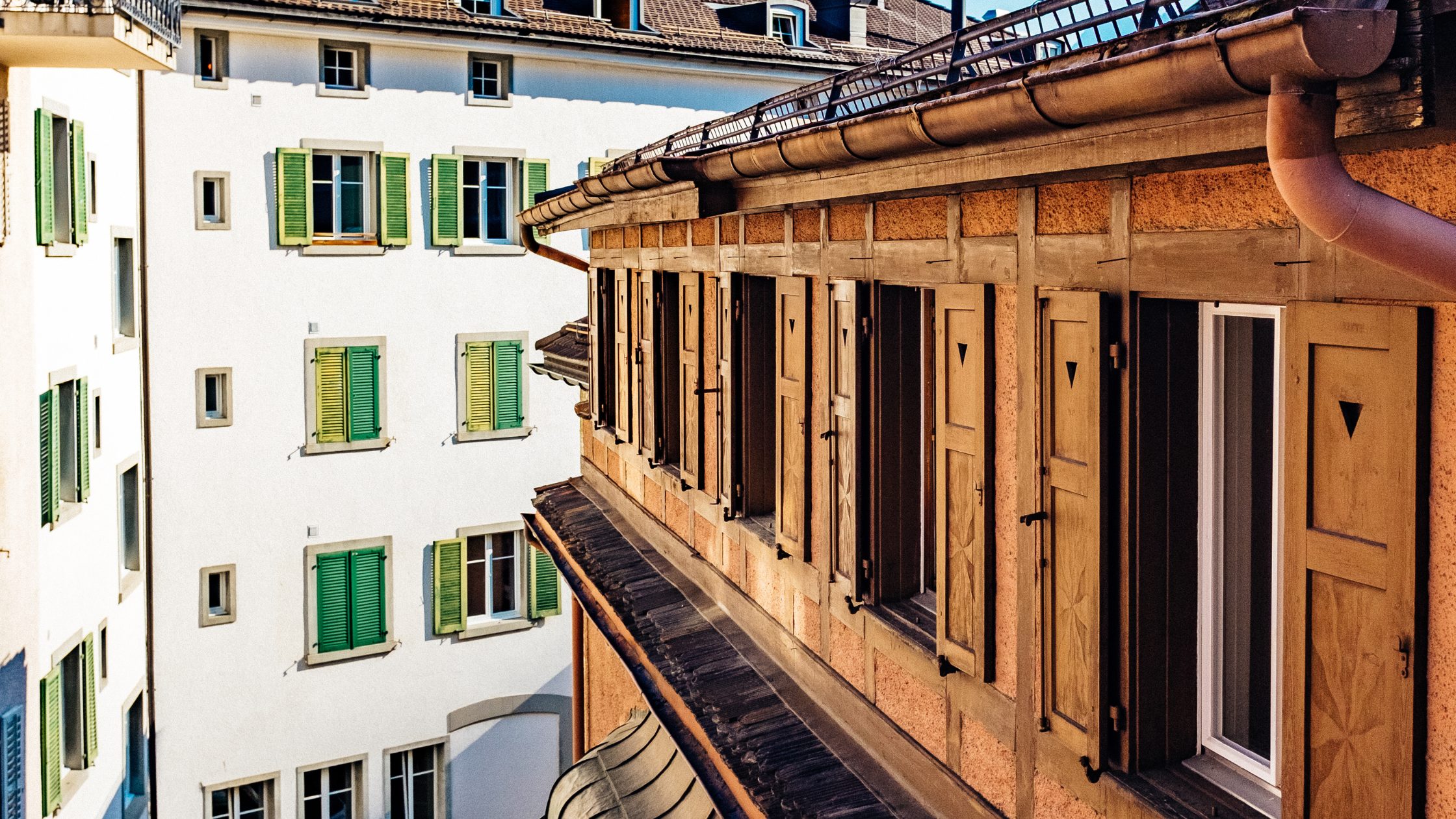
Floor-to-ceiling windows are significantly heavier than traditional windows, and their size places additional strain on the walls and framing. It’s essential to assess the structural integrity of your home or building before installation. In some cases, you may need to reinforce the surrounding walls and foundation to bear the weight of the windows properly. A structural engineer or contractor can evaluate the support required for the windows.
2. Framing Modifications

Floor-to-ceiling windows require larger openings than typical windows, which may necessitate modifications to the framing. This could involve cutting or expanding the current window space, which might require reinforcing the surrounding structure to accommodate the new size.
3. Building Codes and Permits
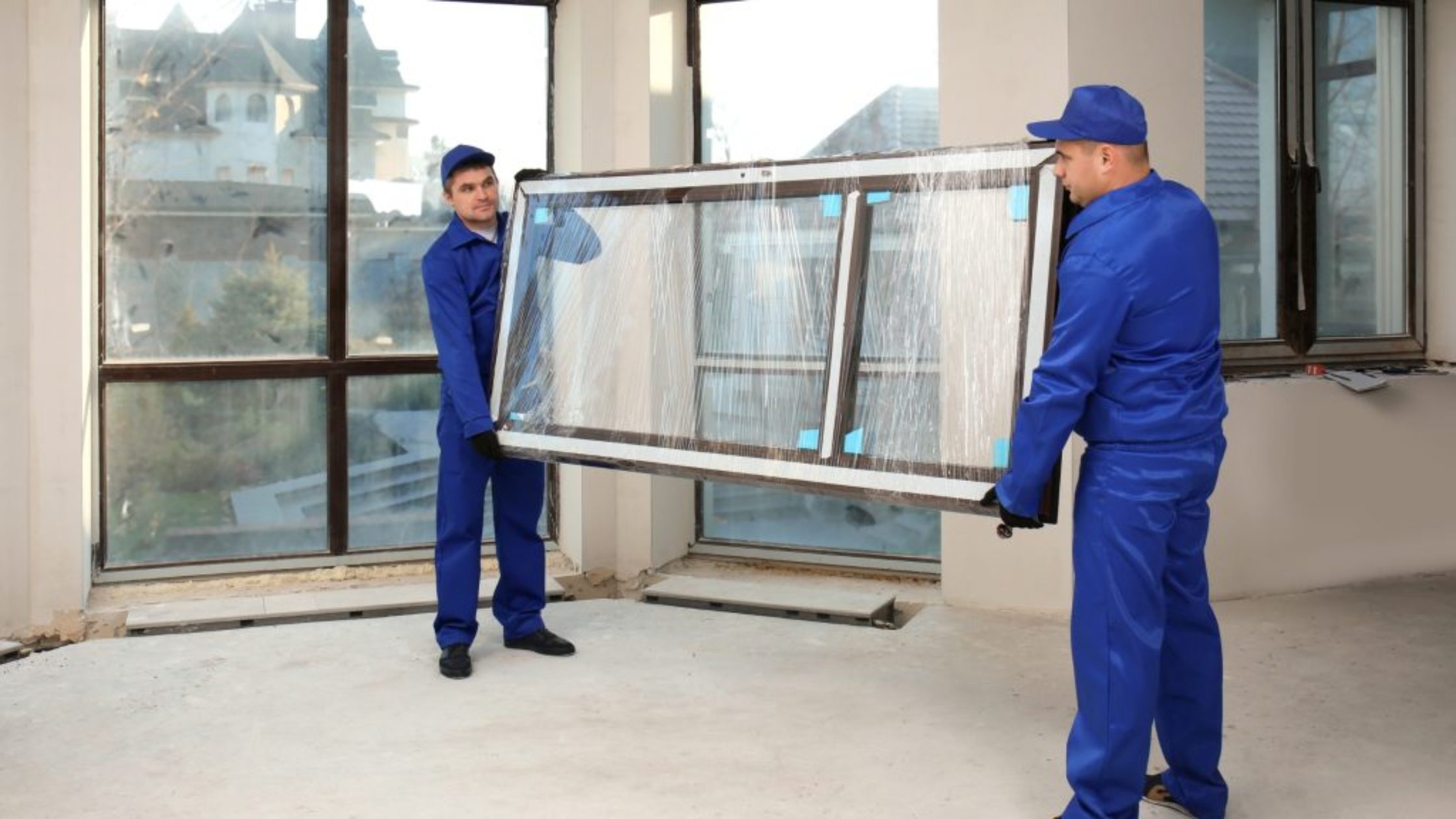
Local building codes and regulations must be checked before beginning the installation. Depending on your location, permits may be required to install large windows, especially if structural changes or modifications are involved. It’s important to work with a professional who is familiar with local building codes to avoid delays and ensure compliance with regulations.
4. Weatherproofing and Insulation
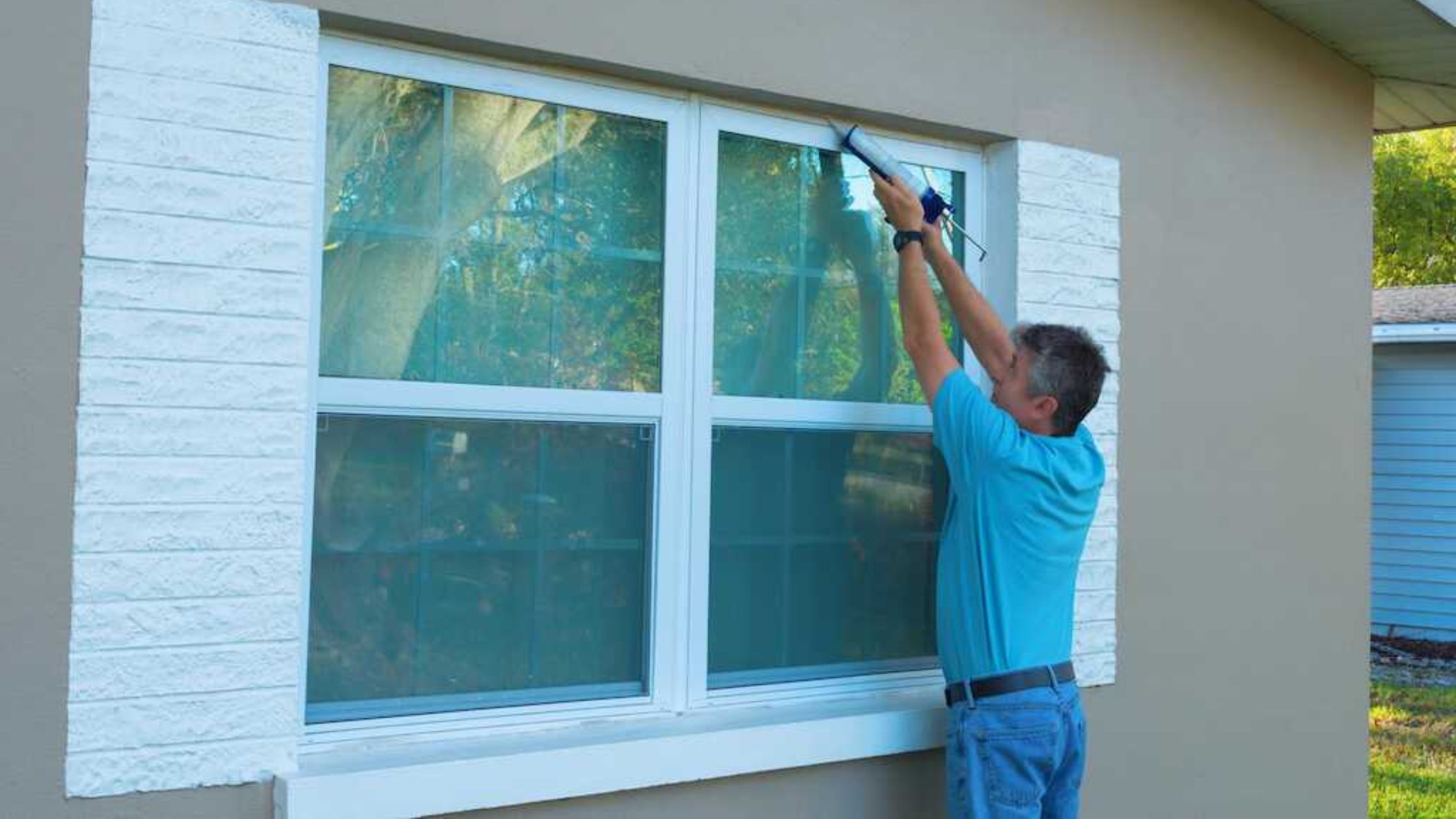
To maximize the energy efficiency of your floor-to-ceiling windows, you must carefully consider weatherproofing and insulation. Modern windows are often equipped with double-glazed or Low-E glass, which helps to prevent heat loss and gain. Proper sealing around the frames is essential to keep drafts and moisture out, which ensures the longevity and performance of your windows.
Step-by-Step Guide to Installation
While the process of installing floor-to-ceiling windows can vary depending on the type of window and the specifics of your building, here is an overview of the general installation steps:
1. Preparation and Removal
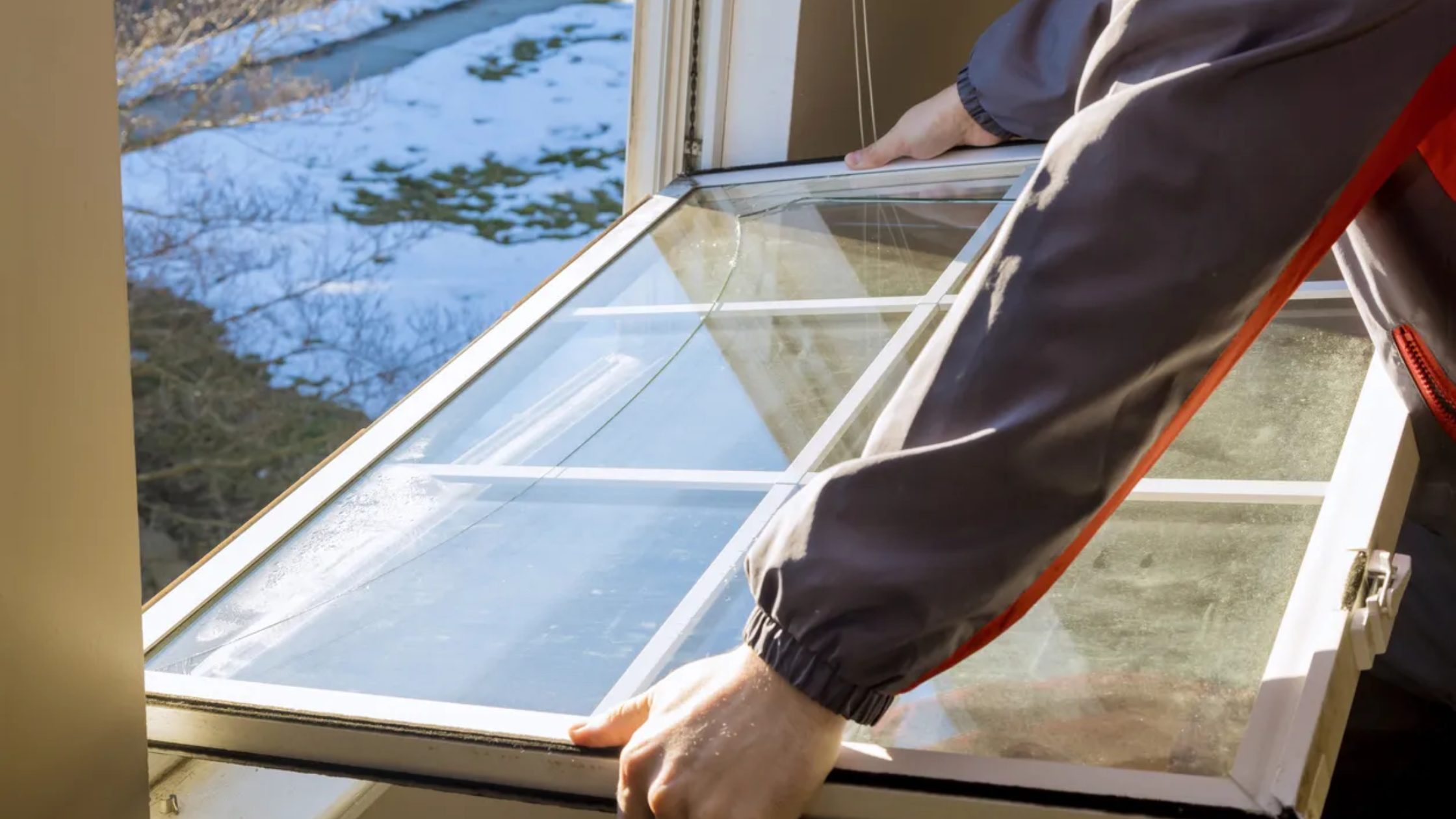
The installation begins by removing any existing windows and preparing the opening. This involves carefully removing old frames, cleaning the surrounding area, and preparing the wall structure to accommodate the new, larger windows. The removal process should be done carefully to avoid damaging the surrounding areas.
2. Framing Adjustments
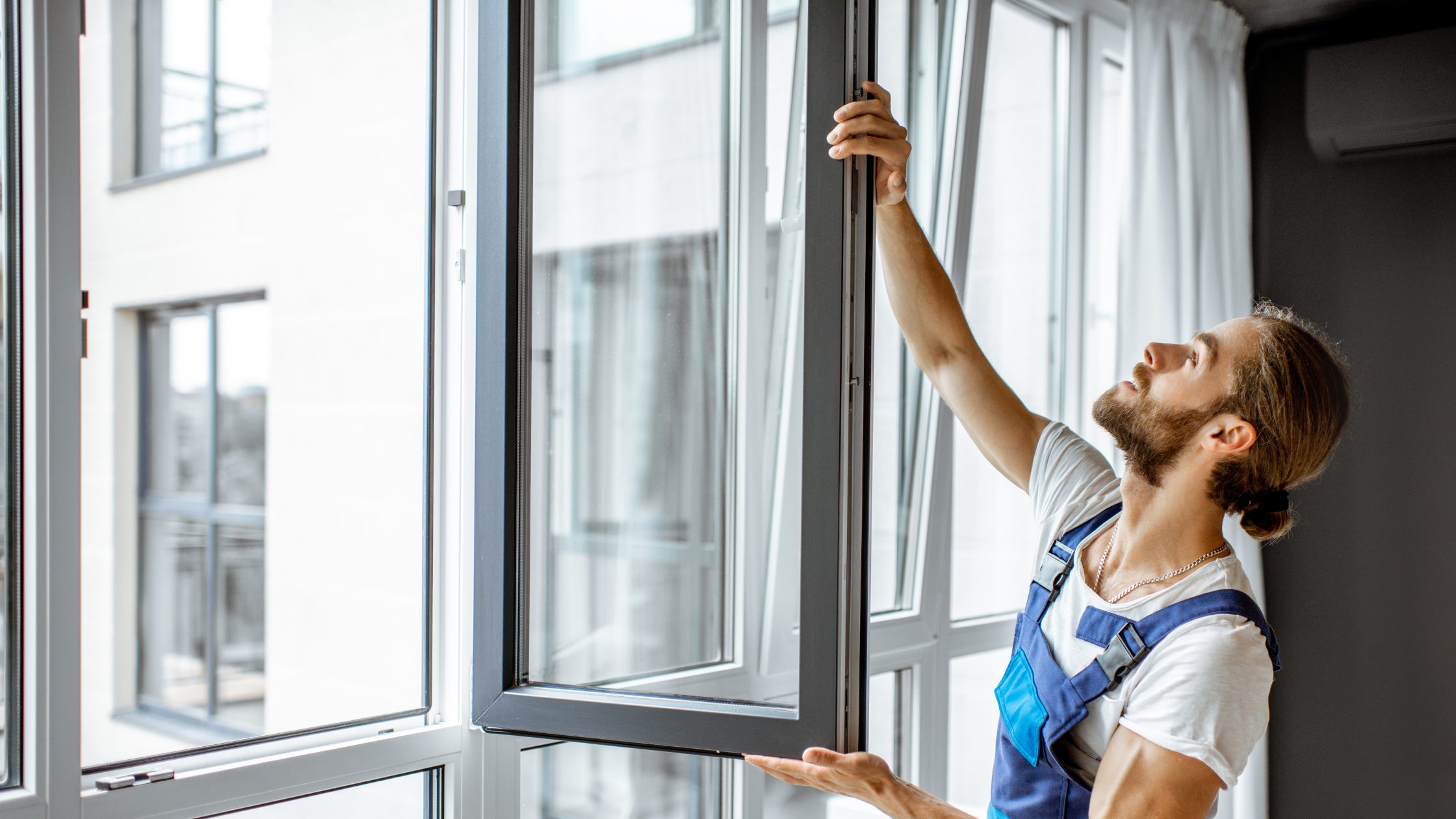
Once the existing window is removed, the next step is to adjust the framing to fit the new, larger window. Depending on the design, the existing frame may need to be reinforced or replaced with new supports. Steel or wooden reinforcements are commonly used to ensure the frame can hold the weight of the large glass panes securely.
3. Window Fitting

With the structural adjustments complete, the next step is fitting the window frame into the prepared opening. This is a delicate process, as the window must be level and properly aligned to ensure it fits perfectly. During this phase, the window is secured in place using specialized fasteners and anchors. It’s crucial that the frame is installed correctly to prevent issues with drafts or leaks.
4. Installing the Glass
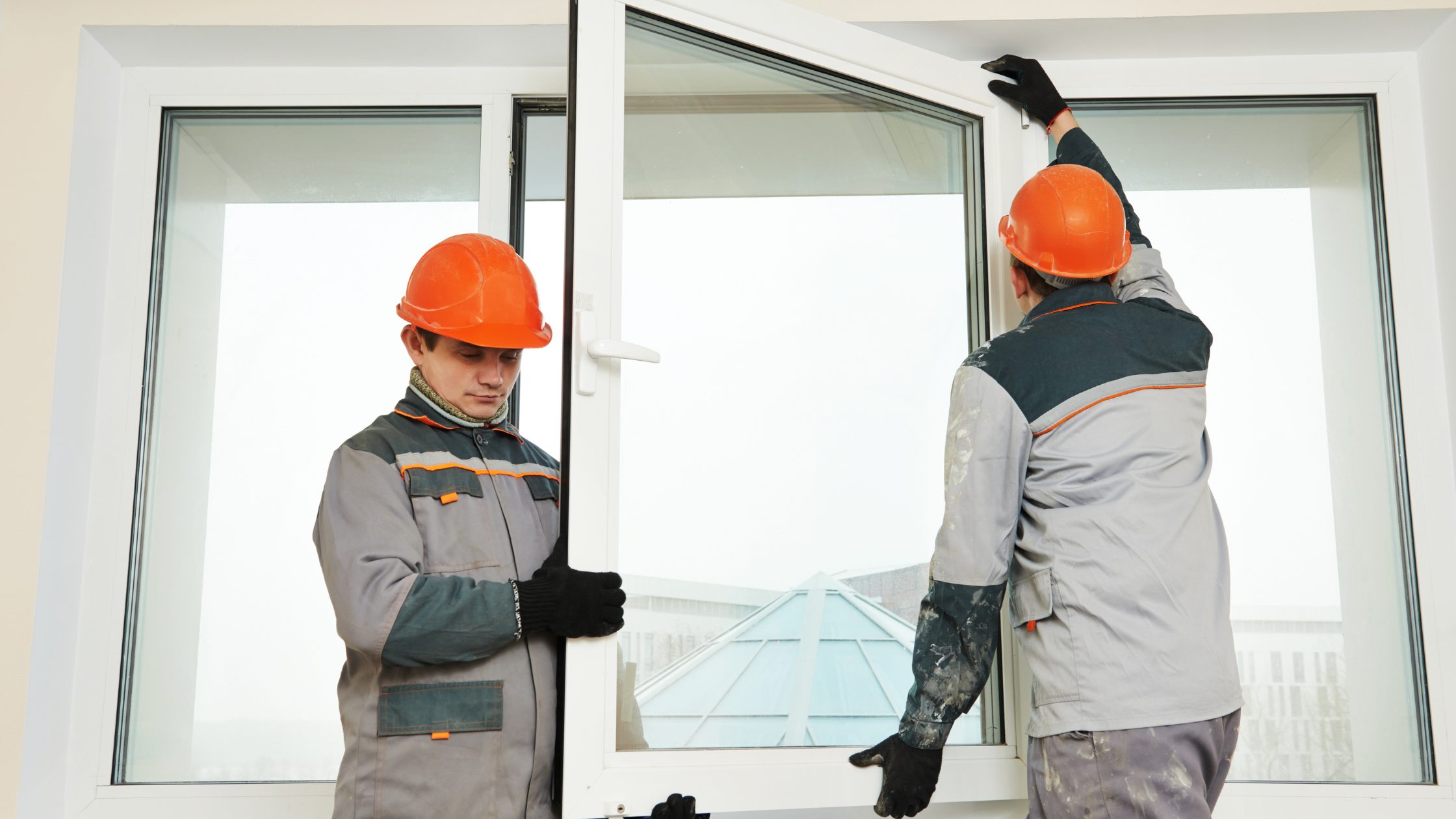
Once the frame is secured, the high-performance glass is carefully installed into the frame. This glass is typically double-glazed or low-emissivity (Low-E) to provide superior insulation and energy efficiency. The glass must be handled with care to avoid breakage, and it should be sealed tightly within the frame to prevent air or water infiltration.
5. Sealing and Weatherproofing

After the glass is installed, the final step is to ensure that the window is properly sealed. A high-quality sealant is applied around the edges of the frame to prevent any drafts or moisture from entering the room. Weatherproofing is especially important in areas with extreme temperatures or high humidity to maintain the window’s performance over time.
6. Final Inspection and Adjustment

Once the installation is complete, a thorough inspection should be conducted to ensure everything is in place. The window should be checked for any gaps, unevenness, or issues with functionality. Make adjustments as necessary to ensure proper operation. If needed, the installer will also conduct a test to verify that the window opens, closes, and locks securely.
Pros and Cons of Floor-to-Ceiling Windows
Pros:
- Unmatched Aesthetics: Floor-to-ceiling windows provide an unmatched aesthetic appeal, offering panoramic views that transform the ambiance of a room. Their minimalist design adds a modern touch to any space, making them a popular choice for upscale homes and commercial buildings.
- Natural Light: The influx of natural light provided by floor-to-ceiling windows reduces the need for artificial lighting, lowering electricity costs and creating a bright, inviting atmosphere.
- Increased Property Value: Homes with floor-to-ceiling windows often command higher resale values due to their luxurious and modern appeal.
Crons:
- Privacy Issues: In urban or densely populated areas, floor-to-ceiling windows can compromise privacy, as they offer little protection from prying eyes. While window treatments like sheer curtains or blinds can help, they can obstruct the very features homeowners are trying to showcase.
- Energy Efficiency Concerns: Although modern floor-to-ceiling windows are designed to be energy-efficient, poorly installed or older windows can result in heat loss during winter or excessive heat gain in the summer. Investing in high-quality, double-glazed windows can mitigate these issues.
- Cost: The cost of installing floor-to-ceiling windows can be significant. The windows themselves are often more expensive than traditional ones, and installation requires skilled labor and careful planning, which can drive up the cost.
Sustainability and the Future of Floor-to-Ceiling Windows
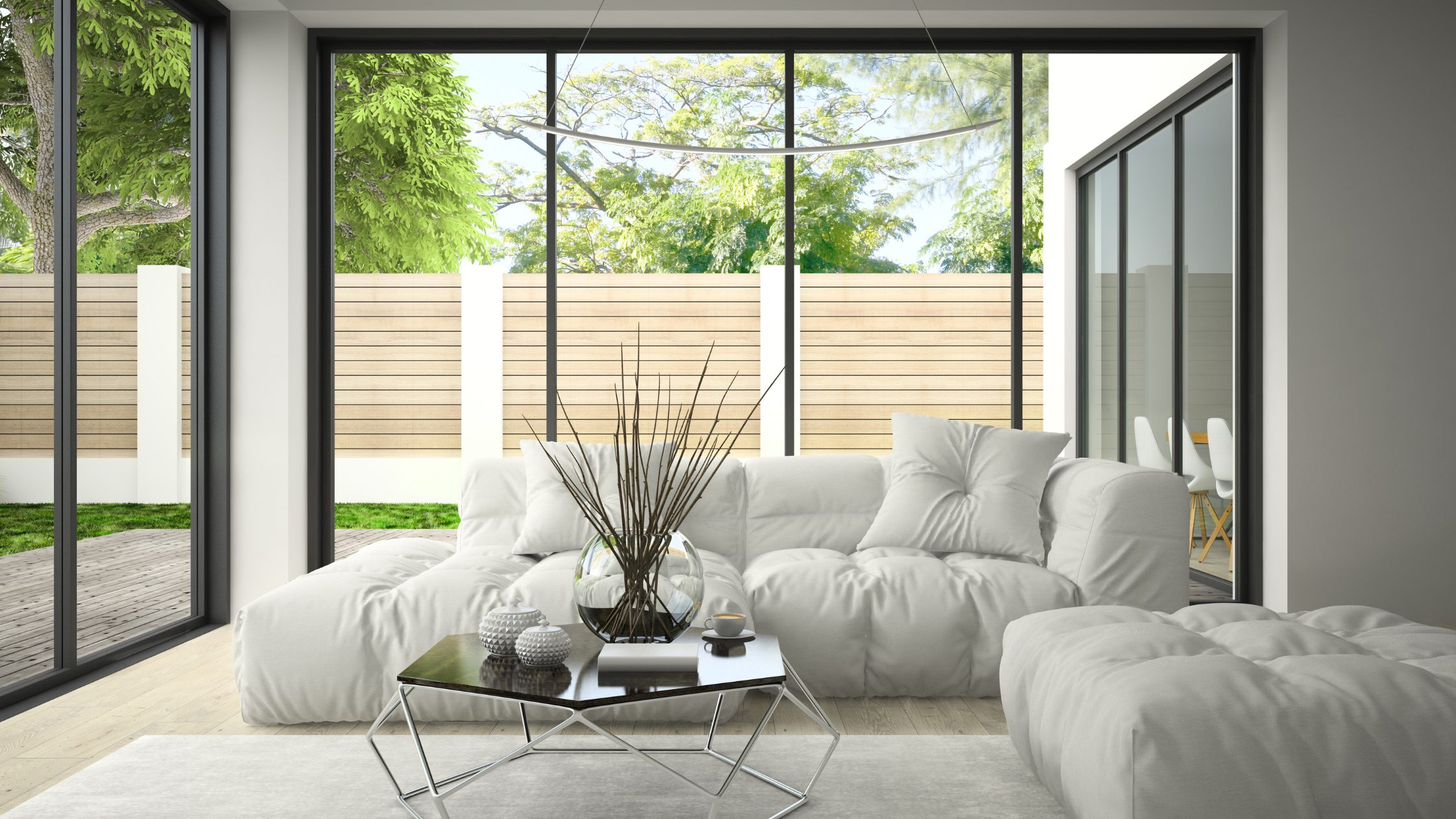
As energy efficiency becomes an increasingly important consideration in construction, floor-to-ceiling windows are evolving to meet these demands. Modern innovations in glass technology, such as low-emissivity (Low-E) coatings and double glazing, help to reduce heat transfer and improve insulation. These energy-efficient windows contribute to sustainable building practices by decreasing reliance on heating and cooling systems, thereby reducing a home’s carbon footprint.
In the future, we can expect to see even more environmentally friendly options, including windows made from recycled materials and those designed to harvest solar energy.
FAQs About Floor-to-Ceiling Windows
Q. Are floor-to-ceiling windows energy efficient?
Yes, when installed with high-performance glass and proper insulation, floor-to-ceiling windows can be energy-efficient, helping to reduce energy costs.
Q. How do I maintain floor-to-ceiling windows?
Maintaining floor-to-ceiling windows involves regular cleaning and inspection. Ensure the seals are intact to prevent drafts, and check for any cracks or damage that could affect their performance.
Q. What is the cost of installing floor-to-ceiling windows?
The cost varies depending on the size, materials, and installation requirements. On average, expect to pay between $500 to $1,500 per window, not including installation fees.
Q. Can floor-to-ceiling windows work in apartments?
Yes, floor-to-ceiling windows can be an excellent addition to apartments, particularly in urban environments where maximizing natural light and creating a sense of space is essential.
Conclusion
Floor-to-ceiling windows have proven to be more than just a design trend; they represent a shift toward more open, light-filled, and sustainable living spaces. These windows enhance the aesthetics of a home, improve energy efficiency, and offer a unique connection to nature. While they come with their challenges, such as privacy concerns and high installation costs, the benefits they offer make them a worthy consideration for modern homeowners.
For those interested in exploring floor-to-ceiling windows for their own spaces, Best Enterprises General Contracting provides expert advice and professional installation services tailored to your design needs. Let us help you bring the outside in and transform your living environment.
Eco-Friendly Materials for Your Next Kitchen Renovation
When planning a kitchen renovation, the choice of materials can affect both your home’s appearance and the environment. The kitchen is the heart of the home. Over the years, it has changed from a space focused solely on function to one that is both functional and sustainable. Choosing eco-friendly materials for your kitchen renovation enhances its visual appeal. Moreover, it helps save energy, reduce waste, and create a healthier living environment.
In this guide, we’ll explore the best eco-friendly materials for your kitchen renovation. You’ll learn how to make informed choices for a sustainable and modern kitchen.
Why Choose Sustainable Kitchen Materials?
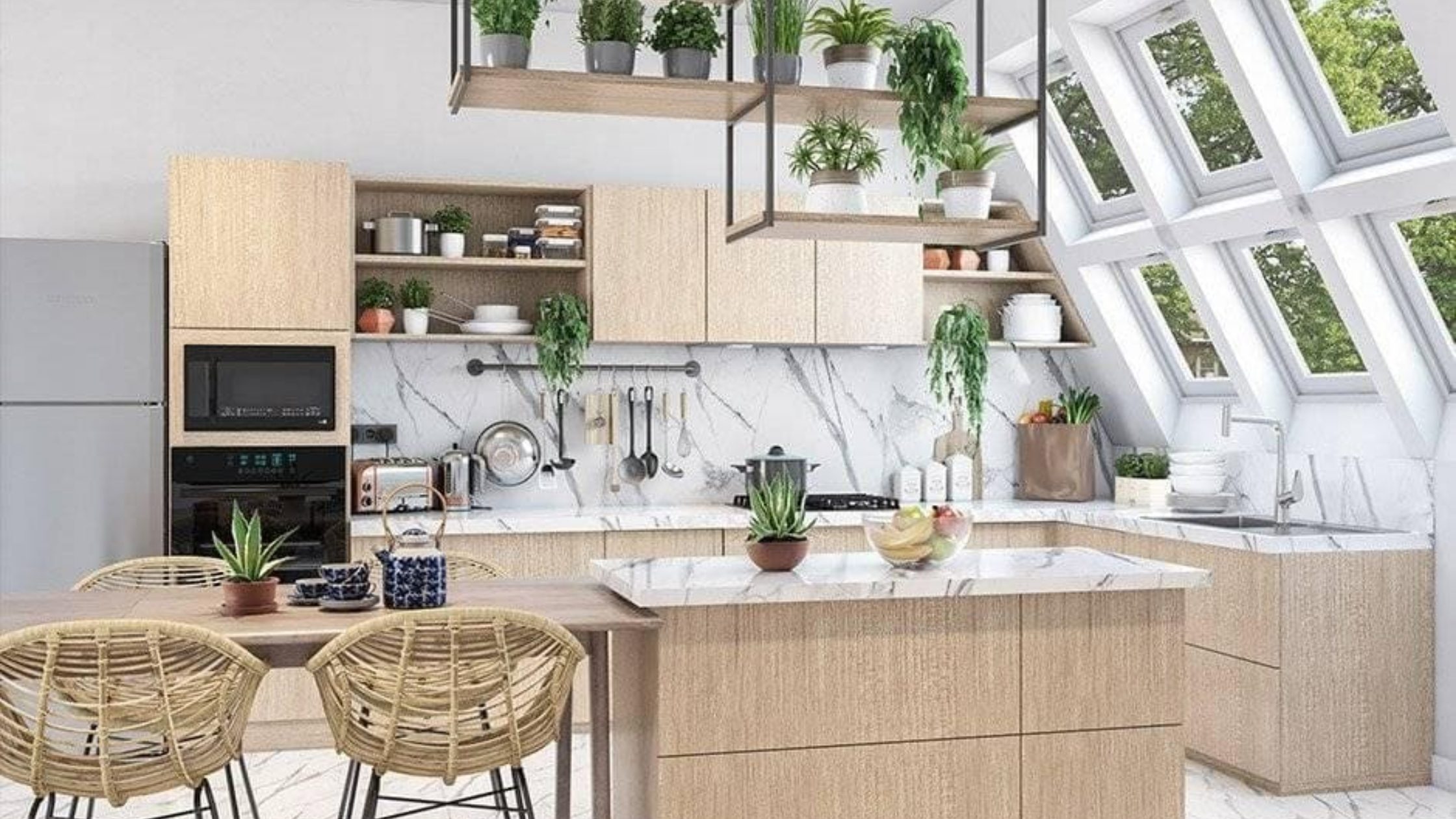
Choosing sustainable kitchen materials goes beyond trends. It is a conscious decision that benefits both the environment and your home. Standard building materials often rely on non-renewable resources. They also contribute to environmental damage. In contrast, sustainable materials are made with nature in mind. They reduce waste, require less energy to produce, and leave a smaller carbon footprint.
Here are a few key reasons why opting for eco-friendly materials in your kitchen renovation is a smart choice:
- Energy Savings: Sustainable materials and energy-efficient appliances help reduce your home’s energy consumption, leading to lower utility bills while promoting energy conservation. Over time, these choices can save you money and reduce your household’s carbon footprint.
- Reduced Environmental Impact: Materials like bamboo, recycled glass, and reclaimed wood are not only renewable but also help reduce waste. By incorporating these materials into your kitchen, you’re making a direct contribution to minimizing resource depletion and diverting waste from landfills.
- Healthier Living Environment: Many traditional materials can release harmful chemicals, such as VOCs (volatile organic compounds), into your home. By choosing non-toxic materials—like natural stone countertops, low-VOC paints, and formaldehyde-free cabinetry—you ensure your kitchen is a healthier, safer space for you and your family.
Making the switch to sustainable materials means creating a kitchen that’s as eco-conscious as it is stylish—one that benefits both you and the planet.
Top Eco-Friendly Materials for Kitchen Renovations
1. Bamboo Kitchen Cabinets
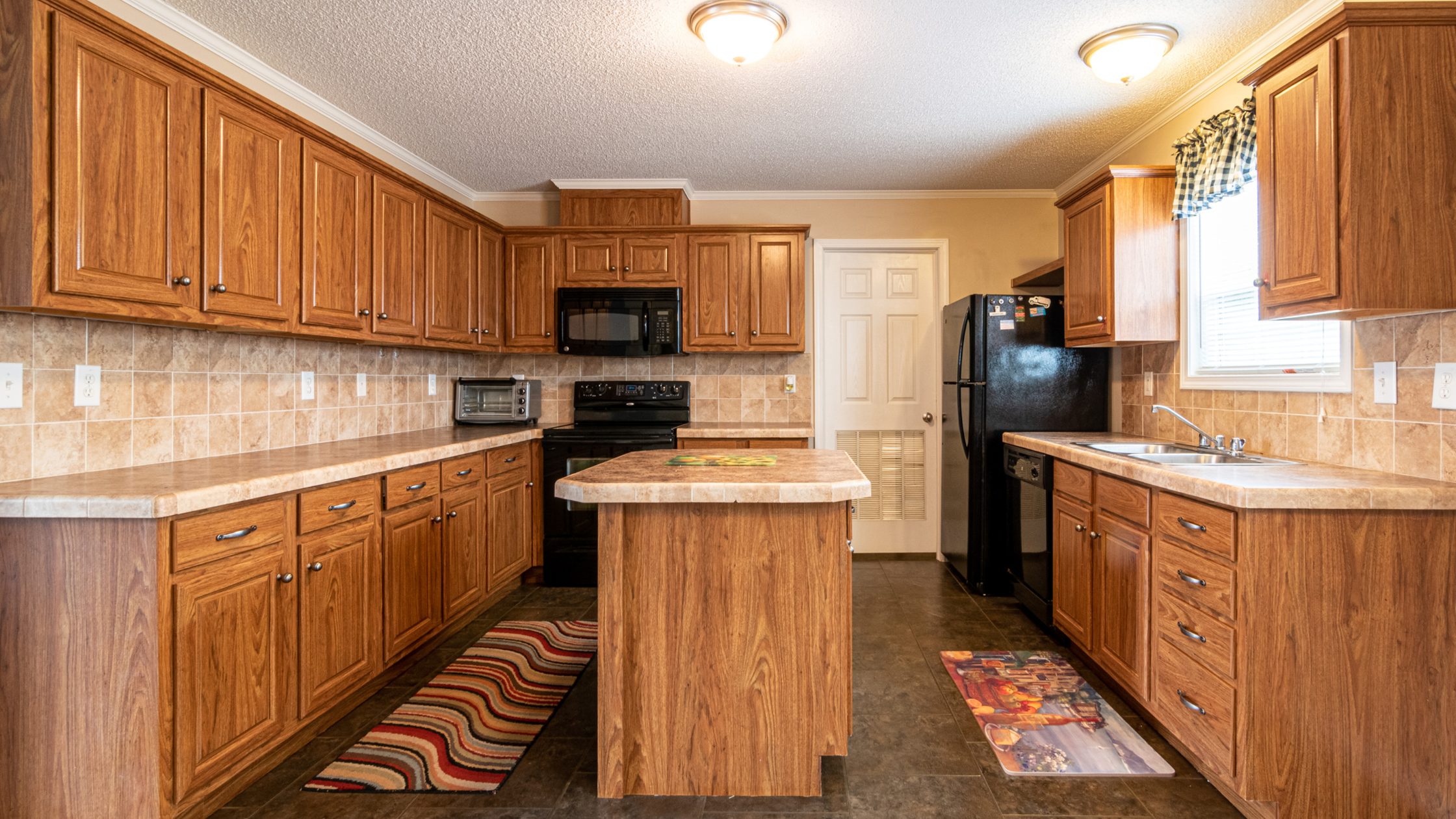
Bamboo is an exceptional eco-friendly material that’s becoming a top choice for kitchen cabinetry. Not only is it durable and visually appealing, but it’s also one of the fastest-growing plants on Earth, making it a highly renewable resource with minimal environmental impact. Bamboo cabinets are lightweight, resistant to moisture, and can be finished with non-toxic stains or paints, ensuring they’re safe for your home. Whether you’re designing a modern, sleek kitchen or a more traditional space, bamboo’s versatility will complement any style.
Benefits
- Highly durable and long-lasting: Bamboo is naturally resilient and built to withstand everyday wear and tear.
- Renewable and fast-growing: As one of the most sustainable materials, bamboo regenerates quickly and doesn’t require replanting.
- Aesthetically versatile: It can suit both contemporary and classic kitchen designs, offering a warm, natural look.
2. Recycled Glass Countertops
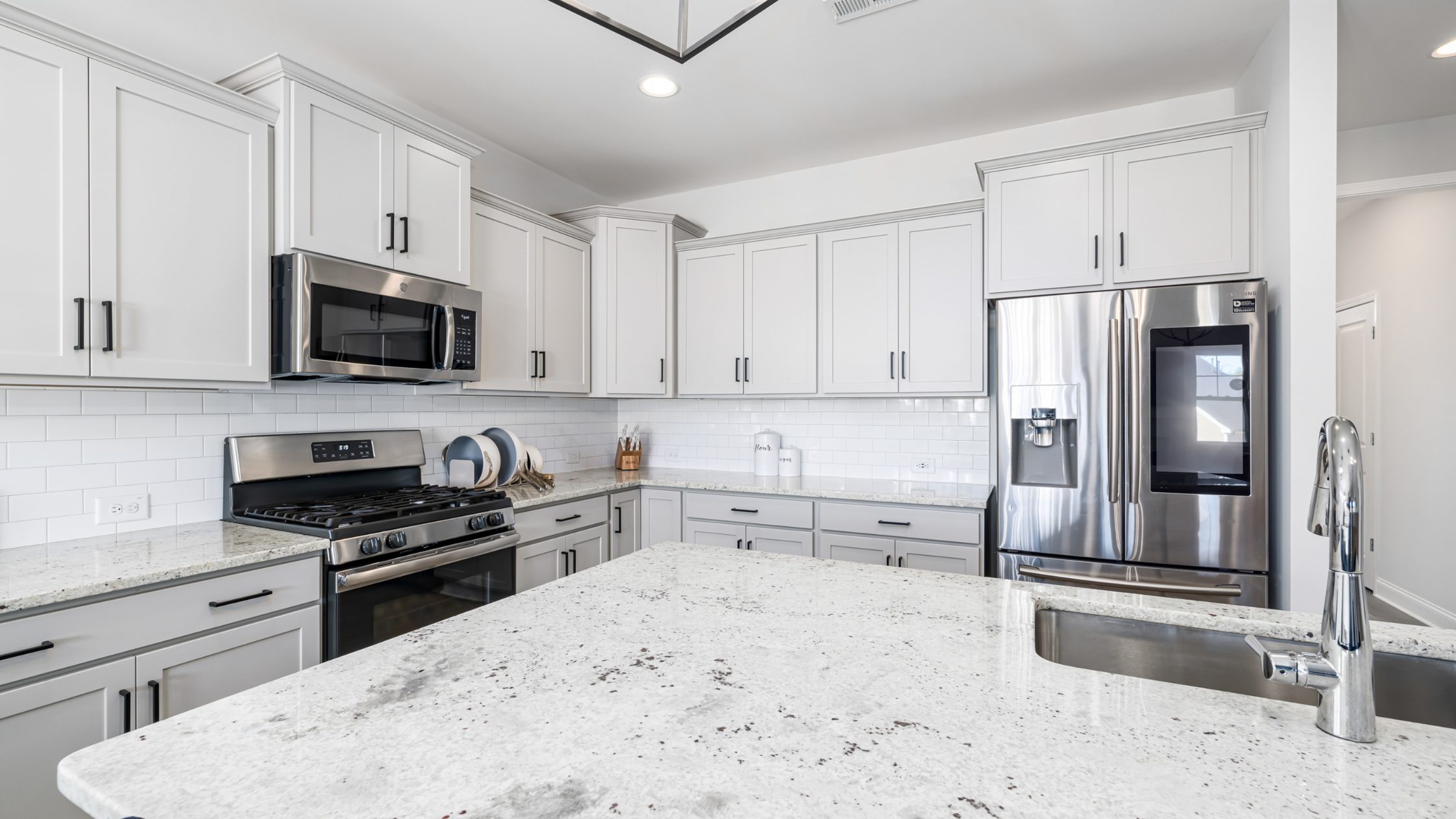
Recycled glass countertops are rapidly gaining popularity for their stylish, sustainable appeal. These countertops are crafted from post-consumer glass waste, combined with other recycled materials like resin, cement, or mirror glass, resulting in a durable and attractive surface. Choosing recycled glass not only reduces the need for new raw materials but also prevents a significant amount of glass waste from filling landfills.
Benefits
- Unique, customizable designs: With various color options and textures, you can create a one-of-a-kind countertop that reflects your personal style.
- Highly durable and low-maintenance: Glass countertops are non-porous, resistant to stains, and easy to clean, making them a practical option for a busy kitchen.
- Made from 100% recycled materials: A perfect example of upcycling, offering an environmentally responsible alternative to conventional countertops.
3. Non-Toxic Materials for a Healthier Home

Creating a healthy home environment is just as important as aesthetics, and non-toxic materials play a critical role in ensuring your kitchen remains safe for you and your family. Materials such as natural stone, low-VOC paints, and formaldehyde-free plywood contribute to better indoor air quality by minimizing the release of harmful chemicals. By selecting these options, you are creating a healthier kitchen free from pollutants and toxins, making it a safer space for everyday living.
Benefits
- Natural stone countertops (e.g., granite, quartzite): These non-toxic materials are durable and add an elegant, natural touch to your kitchen.
- Zero-VOC paints: These low- or no-volatile organic compound paints eliminate harmful emissions, making your kitchen’s air quality cleaner.
- Formaldehyde-free plywood for cabinetry and shelving: Essential for reducing the release of potentially harmful gases into your home’s environment.
4. Energy-Efficient Kitchen Appliances
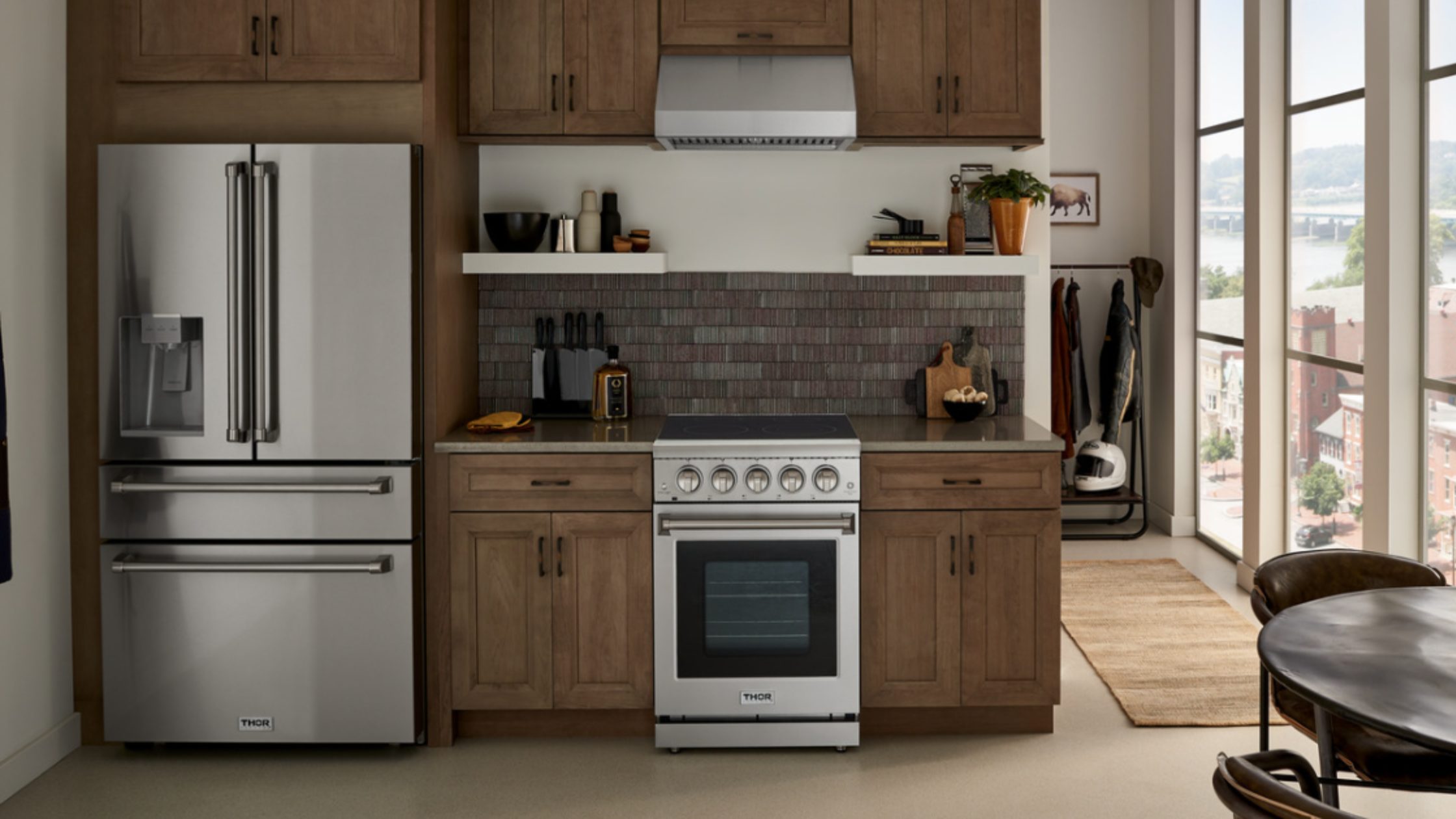
Energy-efficient appliances are a cornerstone of any sustainable kitchen renovation. These modern appliances consume less electricity and water, ultimately reducing both your environmental impact and utility bills. Refrigerators, dishwashers, and ovens that have earned the ENERGY STAR label are known for their high efficiency, helping you save money while reducing your carbon footprint.
Benefits
- Lower energy consumption and reduced carbon footprint: Energy-efficient appliances consume less power, helping to decrease greenhouse gas emissions.
- Water-saving options for dishwashers and faucets: Many energy-efficient models are designed with built-in water-saving features, which can help conserve one of our most precious resources.
- Long-term cost savings on utility bills: Though these appliances may have a higher upfront cost, their energy and water-saving capabilities lead to significant savings over time.
How to Choose the Right Materials for Your Kitchen

Choosing the right eco-friendly materials for your kitchen can seem overwhelming, but with the right knowledge, the process becomes easier. Here are some tips to help guide your decisions:
- Consider durability: Sustainable materials should last longer, so choose options like bamboo or stone that will stand the test of time.
- Think about maintenance: Materials like recycled glass and natural stone are low-maintenance and easier to care for over the long run.
- Aesthetic appeal: Choose materials that complement the existing design of your home while maintaining eco-friendliness. For example, bamboo is perfect for a modern, minimalist kitchen, while reclaimed wood works well in rustic spaces.
- Budget: Sustainable materials can sometimes be more expensive upfront, but the long-term savings in energy bills and durability can offset the initial costs.
FAQs About Sustainable Kitchen Renovations
Q. How do eco-friendly materials save you money?
Eco-friendly materials may have a higher upfront cost, but they often save money in the long run through reduced energy bills, water usage, and maintenance costs.
Q. What are the best energy-efficient appliances for a kitchen?
Look for appliances with the ENERGY STAR label, such as energy-efficient refrigerators, dishwashers, and ovens. These appliances use less energy and water, saving you money and reducing your environmental impact.
Q. Can sustainable materials be cost-effective?
Yes, sustainable materials can be cost-effective, especially when you factor in long-term savings. For example, energy-efficient appliances and water-saving fixtures reduce your utility bills over time, and durable materials like bamboo and recycled glass last longer, meaning you’ll spend less on replacements.
Conclusion
Choosing eco-friendly materials for your kitchen renovation is a smart choice for the environment and your wallet. From bamboo cabinets and recycled glass countertops to energy-efficient appliances and water-saving fixtures, there are plenty of sustainable options that will make your kitchen both beautiful and eco-friendly. By opting for these materials, you’re not only enhancing your home but also contributing to a greener future.
Take the first step today towards a more sustainable kitchen by exploring eco-friendly materials that suit your design preferences and environmental goals.
Custom-Shaped Windows That Define Your Home’s Character
Windows are more than openings for light; they are design features that shape your home’s style. Custom-shaped windows take this further by turning your space into something unique and personal. Whether you are building, remodeling, or adding a feature, these windows offer endless design choices.
In this article, we’ll cover the different types of custom-shaped windows, their benefits, costs, and how they improve energy efficiency. You’ll also find expert tips to choose the right option for your home.
What are Custom-Shaped Windows?

Custom-shaped windows are any windows designed to fit non-standard shapes and sizes, created to complement a home’s architectural style. Unlike traditional rectangular or square windows, custom-shaped windows can take on many forms, including arches, circles, triangles, and even more intricate designs.
These windows can serve as a focal point, adding visual appeal and enhancing your home’s overall look. Whether you’re opting for a dramatic cathedral-style arch, a modern triangular shape, or a circular skylight, custom windows allow for personalization that standard windows simply cannot offer.
Popular Types of Custom-Shaped Windows
1. Arched & Cathedral Windows
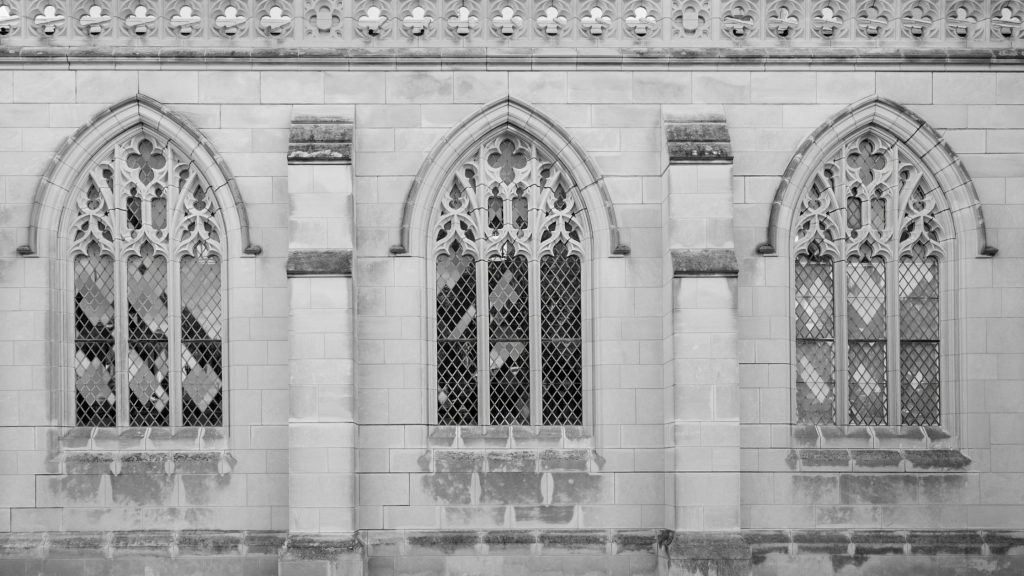
Arched windows are a timeless architectural feature, particularly suited to traditional or Mediterranean-style homes. Their graceful curve creates an air of elegance and charm, often placed above doorways, in living rooms, or as part of large picture windows. Arched windows not only add beauty but also allow for larger panes of glass, which can enhance views and natural light.
Cathedral windows take the arched design to a grander scale, commonly seen in churches or monumental buildings. They are often much larger and more ornate, with intricate detailing, including stained glass, which magnifies their dramatic effect. These windows work wonderfully in spaces with high, vaulted ceilings, offering a sense of awe and grandeur. The combination of size and curvature transforms these structures into landmarks.
2. Skylight & Roof Windows
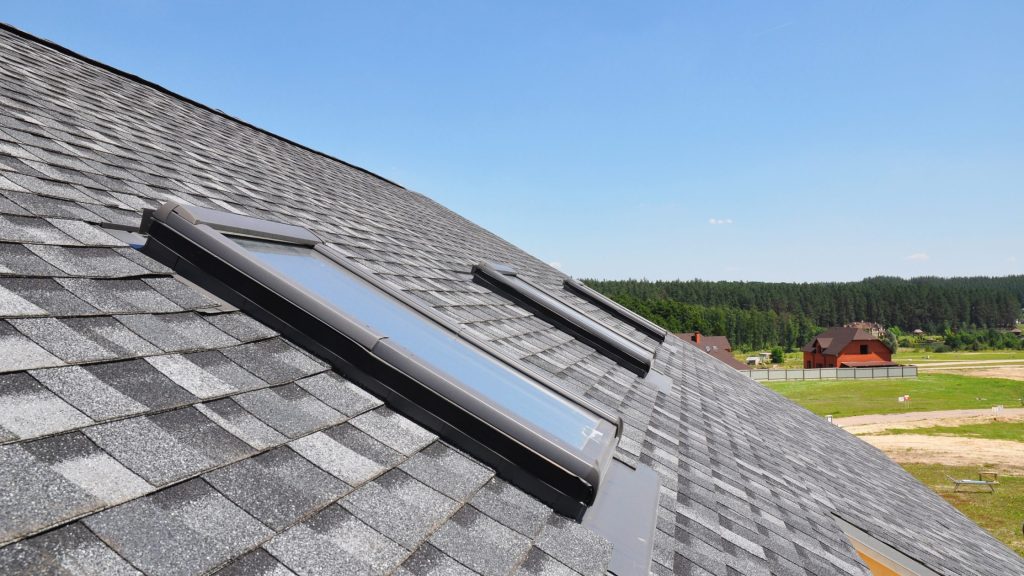
Skylights and roof windows bring natural light directly from above, making them ideal for spaces that typically lack access to outside light, such as attics, bathrooms, and hallways. Custom skylights can be tailored to fit any architectural style, with designs ranging from simple rectangular or circular shapes to more complex, multi-pane configurations. By introducing light from above, they can create a feeling of openness and spaciousness, especially in rooms with low ceilings.
Skylights improve ventilation. Hot air rises and escapes through them, which boosts airflow and indoor air quality. Fixed, vented, and even automated models are available, giving homeowners control over both light and ventilation. Additionally, skylights can add a touch of luxury and tranquility, particularly when placed in bedrooms or bathrooms.
3. Triangular, Circular & Specialty Shapes
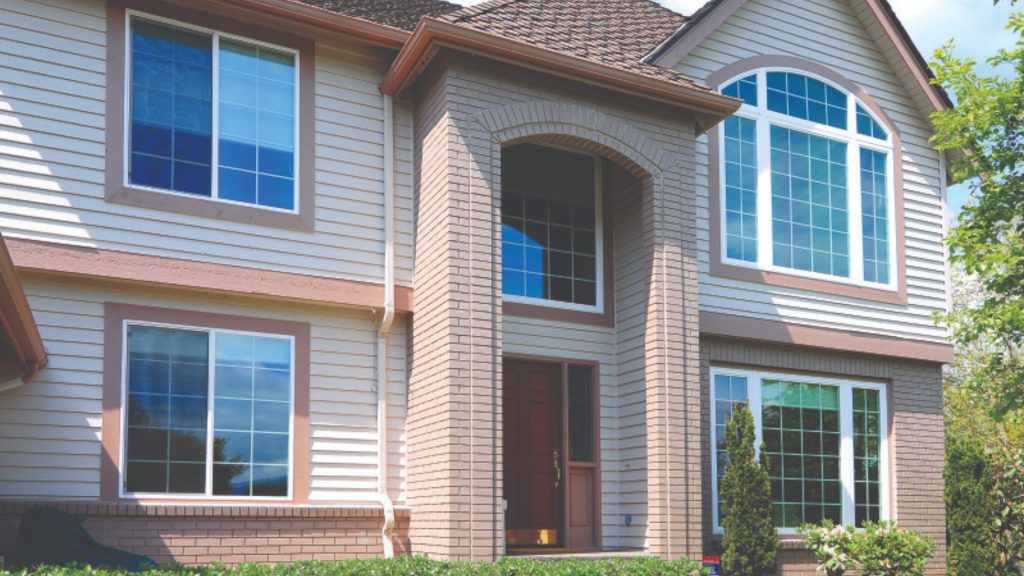
For homeowners seeking a more unique and artistic look, triangular, circular, and other custom shapes provide a striking design element. These windows are increasingly popular in modern and contemporary homes, where the goal is to create visual intrigue and blend functionality with style.
A round window, often used in places like hallways or stairwells, can act as an unexpected design feature. It offers smooth lines that contrast beautifully with the more angular shapes typically found in home architecture. Triangular windows, often placed in corners or as part of a roofline, add a bold, geometric flair to any room. They’re perfect for creating a conversation piece or accentuating a specific area in your home.
Beyond these common shapes, custom windows can be designed in a wide variety of forms, hexagons, octagons, and even abstract forms, depending on the desired aesthetic. These windows let in light and double as functional art.
4. Decorative Living Room Designs
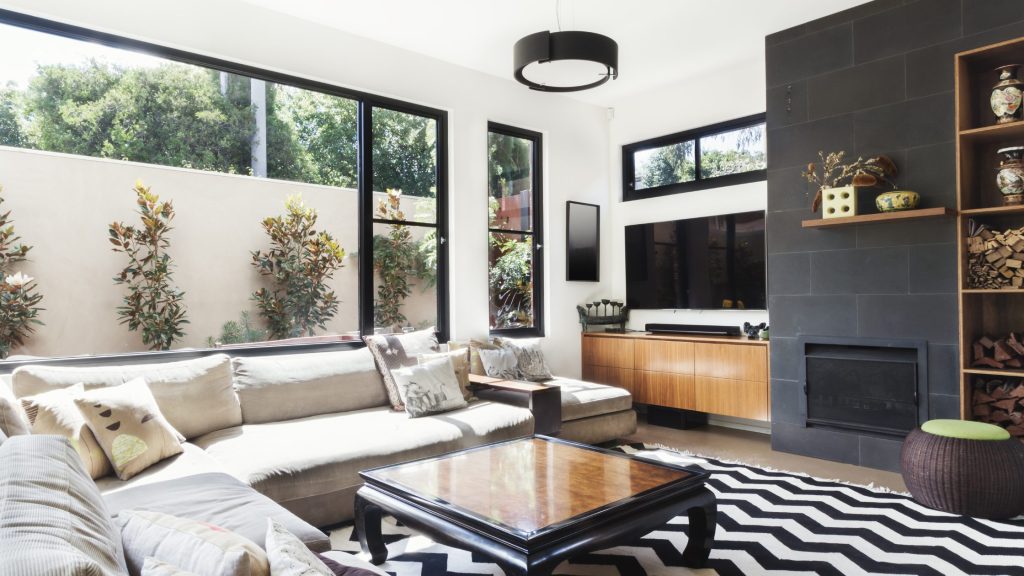
In the living room, custom-shaped windows can make a dramatic statement. These windows are often crafted to enhance the overall design of the room, adding a unique visual element that plays with natural light and space. Oval windows, for example, are sophisticated and elegant, and when combined with trim or framing, they can complement both traditional and modern decor.
Geometric patterns, like square or diamond-shaped windows, are also a popular choice, especially for homeowners looking to introduce a contemporary, minimalistic style. Asymmetrical windows can provide an avant-garde look, breaking away from conventional window designs and adding a sense of unpredictability to the room. These windows can be strategically placed to create balance in the design or to draw attention to a specific feature, such as a fireplace or piece of artwork.
Custom living room windows can also be integrated with other design elements, such as built-in seating, window seats, or shelving, creating a harmonious flow in the room’s layout. The incorporation of natural light enhances the overall ambiance, providing a bright, airy feel that’s perfect for relaxation and social gatherings.
Benefits of Custom-Shaped Windows
1. Enhancing Curb Appeal & Resale Value
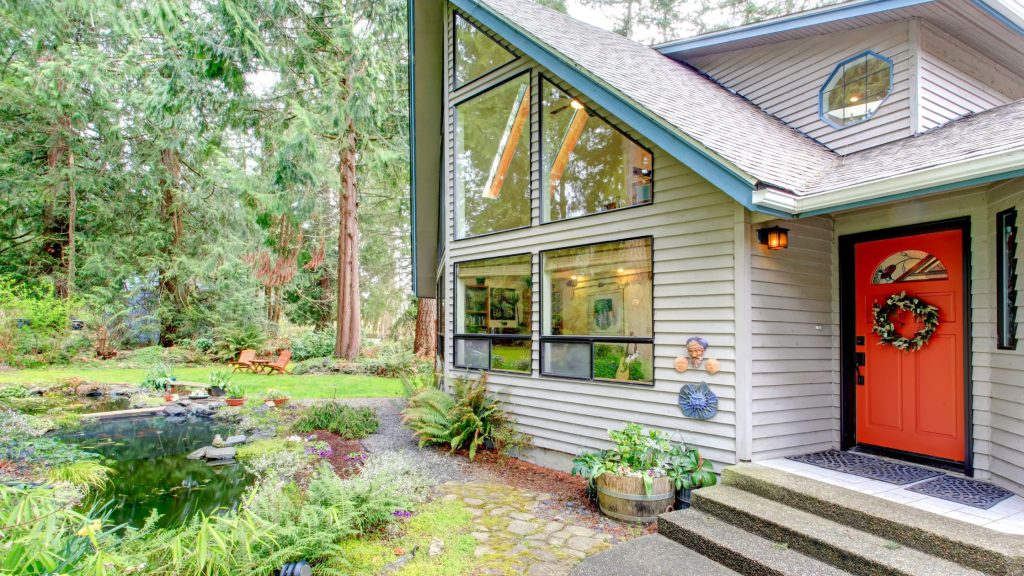
Custom-shaped windows are an excellent way to make your home stand out. Whether it’s a charming arched window above the front door or a modern geometric design, these windows create a distinctive look that can elevate your home’s exterior. A home with unique windows has a more inviting and sophisticated appearance, which can set it apart in a competitive real estate market.
The aesthetic appeal of custom windows can also contribute to higher resale value. Homes with thoughtful design elements, like custom-shaped windows, often attract buyers looking for something different from standard, cookie-cutter homes. These windows show quality and style, creating a lasting impression. Whether you’re selling your home now or years down the road, custom windows may play a significant role in boosting your home’s marketability.
2. Maximizing Natural Light & Energy Efficiency
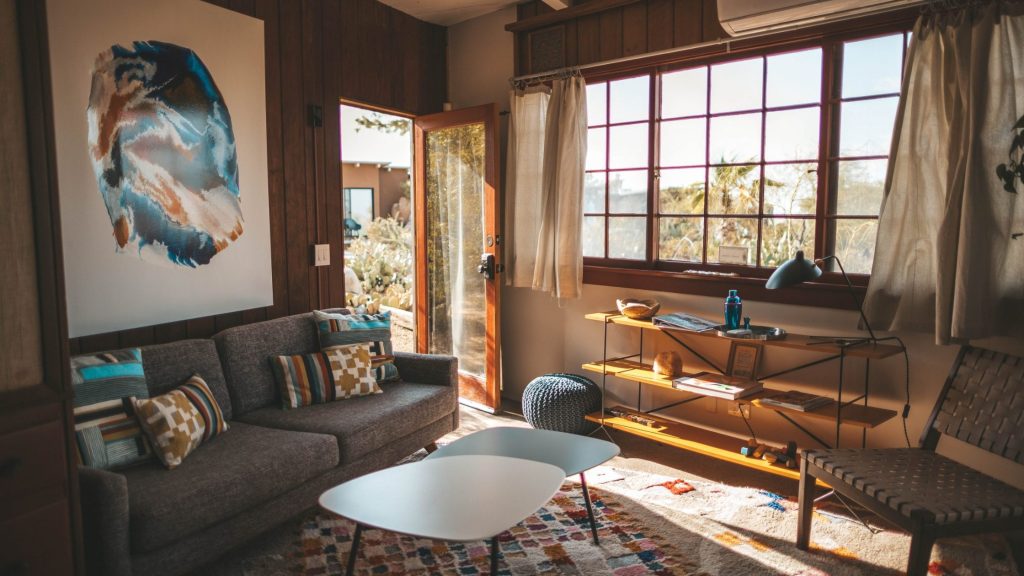
One of the standout advantages of custom-shaped windows is their ability to maximize natural light. Unlike standard windows, custom windows can be strategically placed to allow sunlight to flood into previously dark areas, such as corners, hallways, or attic spaces. This results in a brighter, more inviting home without relying on artificial lighting. Skylights and roof windows, for example, can bathe a room in daylight while offering a fresh perspective from above.
In addition to enhancing natural light, many custom windows are designed with energy efficiency in mind. They can be made with high-performance glass that keeps your home warmer in the winter and cooler in the summer by reducing heat transfer. This leads to less reliance on heating and air conditioning systems, contributing to lower energy consumption. Custom windows can also be fitted with insulated frames, which help to further improve the energy efficiency of your home.
3. Creating a Unique Interior Atmosphere
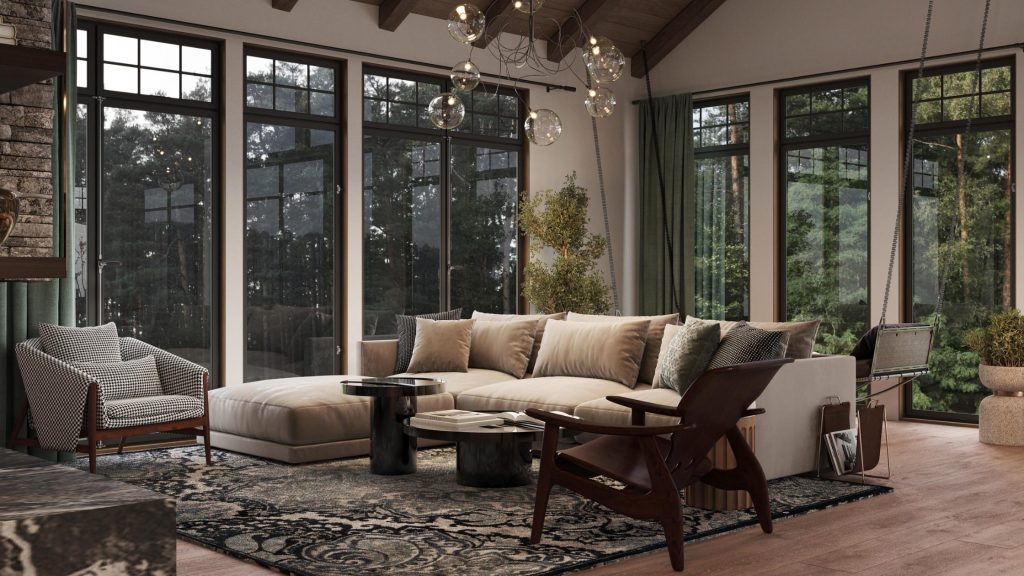
Windows play a pivotal role in the atmosphere of a room. Custom-shaped windows are a powerful tool for enhancing the aesthetic and emotional ambiance of your living space. Standard windows often have a generic, predictable look, but custom designs allow for personal expression. Whether you’re aiming for a rustic, classic, or modern look, custom windows can help you create an environment that reflects your individual style.
Beyond design, custom windows can affect how you interact with the space. A large custom window might allow for panoramic views, creating a peaceful, open environment, or offer a feeling of intimacy and coziness depending on where it’s placed.
4. Long-Term Cost Savings vs. Standard Windows
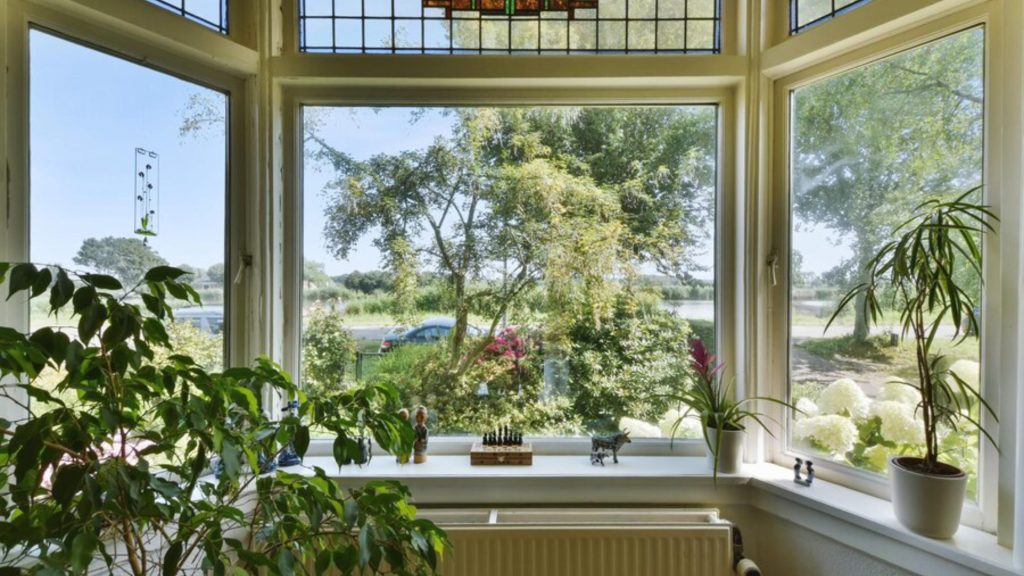
While custom windows require a larger initial investment, they provide significant long-term savings. Energy-efficient designs can lower heating and cooling costs by maintaining a comfortable indoor climate without over-reliance on HVAC systems. Advanced materials, such as energy-efficient glass and insulated frames, help improve thermal performance, reducing energy consumption.
Manufacturers build custom windows with high-quality, durable materials. They last longer and need fewer repairs than standard windows. This durability leads to savings over time, as you’ll avoid frequent maintenance costs.
Moreover, the aesthetic and functional benefits of custom windows may reduce the need for other expensive home renovations. These windows can enhance your home’s value, offering both style and energy efficiency without the need for major upgrades like reworking entire walls or layouts. The combination of improved energy savings, reduced maintenance, and increased home value makes custom windows a smart long-term investment.
Real-Life Inspiration & Case Studies
Let’s take a look at how custom-shaped windows have transformed homes:
Casa Soberanes – Monterey, California
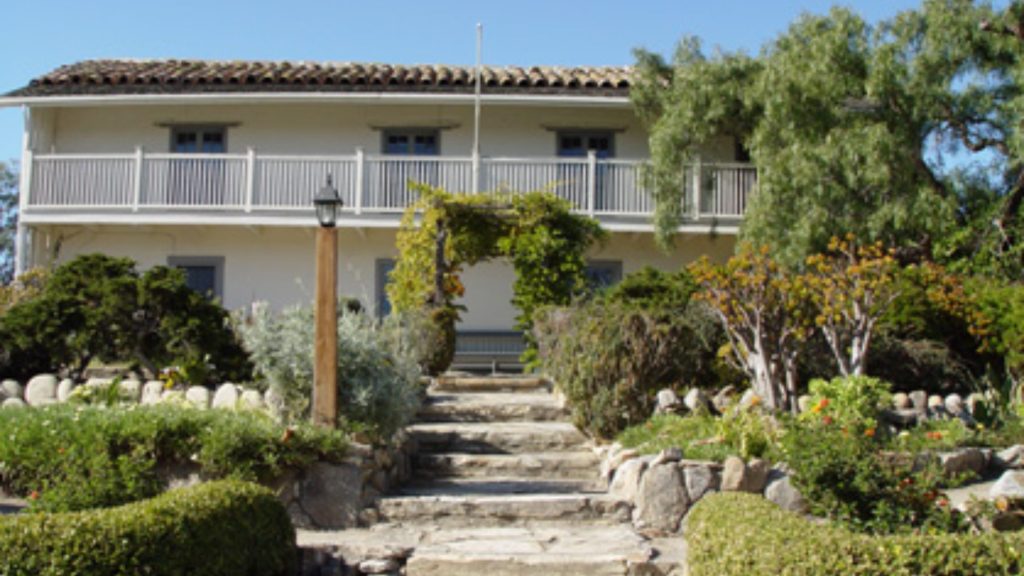
Casa Soberanes, an adobe home dating back to the 1840s, underwent a preservation project to maintain its historic character while improving its energy efficiency. The project involved installing Castle Window Covers acrylic protective covers designed to insulate the windows.
These custom covers played a key role in safeguarding the home from humidity and UV rays, both of which are damaging to old adobe structures and historical artifacts. The use of these covers helped preserve the integrity of the building while allowing for significant energy efficiency improvements.
By protecting the original windows with Castle Window Covers, the project maintained the building’s original look and feel, while reducing energy costs. This approach is a perfect example of how custom solutions can modernize a historic structure without compromising its architectural heritage.
How to Choose the Right Custom-Shaped Window for Your Home
When choosing custom-shaped windows, it’s essential to consider your home’s overall architectural style and the specific function of the window. If you’re adding windows to a traditional-style home, arched or oval windows may complement the design. For modern homes, sharp, geometric shapes or skylights might better suit the aesthetic.
Additionally, consider energy ratings, materials, and the overall placement of the window. Working with a professional contractor can help ensure that your custom windows are installed properly and match your vision. For expert installation, Best GC Services provides high-quality services that can guide you through your window choices and ensure a seamless installation.
Conclusion
Custom-shaped windows are a fantastic way to elevate the design and functionality of your home. Whether you’re enhancing your living room, adding natural light with skylights, or creating a unique design with architectural windows, the possibilities are endless.
Ready to redefine your home with custom-shaped windows? Contact Best Enterprises General Contracting today for a free consultation and start transforming your home’s character with expert window designs. For reliable and professional installation, check out our Window Installation Services to ensure your custom windows are installed with precision and care.
The Ultimate Guide to Budget-Friendly Bathroom Renovations
A bathroom renovation is one of the smartest investments a homeowner can make. Not only does it add comfort and functionality to your daily life, but it can also boost the value of your home. The challenge? Bathroom remodels in the U.S. typically cost $10,000–$15,000 for a mid-range project, and luxury remodels can easily exceed $25,000.
But here’s the good news: you don’t need a massive budget to transform your bathroom into a beautiful, functional space. With careful planning, smart choices, and a mix of DIY-friendly updates and strategic investments, you can achieve a stylish remodel for a fraction of the cost.
This ultimate guide will walk you through everything you need to know about budget-friendly bathroom renovations from cost breakdowns and affordable remodel ideas to a step-by-step guide, small bathroom solutions, and even a real-world case study.
Cheap Yet Stylish Ways to Renovate Your Bathroom

Renovating your bathroom on a budget doesn’t have to mean compromising on style. With a few smart, budget-friendly upgrades, you can achieve a chic and functional space. Here are some creative hacks to give your bathroom a fresh look without breaking the bank:
- DIY Upgrades for Instant Style – Add a modern touch with peel-and-stick backsplashes, removable wallpaper, or floating shelves. These DIY solutions are easy to install, affordable, and can instantly elevate the look of your bathroom.
- Lighting That Makes an Impact – Outdated light fixtures can make even the most beautiful bathroom feel drab. Replace old sconces with stylish, budget-friendly options like pendant lights or recessed LEDs. A simple lighting upgrade can completely change the ambiance of your space.
- Clever Storage Solutions – Maximize your space with clever storage ideas such as over-the-toilet shelving, drawer organizers, and stylish baskets. These simple solutions keep your bathroom neat and organized without taking up valuable floor space.
- Affordable Decor Accents- Small decor changes can make a big difference. Swap out your old mirror for a new, stylish one, add a few plants for a fresh feel, and update hardware like handles, knobs, and towel bars. These affordable accents help tie everything together while giving your bathroom a polished, updated look.
Step-by-Step Guide to Budget-Friendly Bathroom Updates
A clear plan helps you maximize results while keeping costs under control. Follow this step-by-step bathroom renovation guide to stretch your budget without sacrificing style or quality.
Step 1: Planning & Budgeting
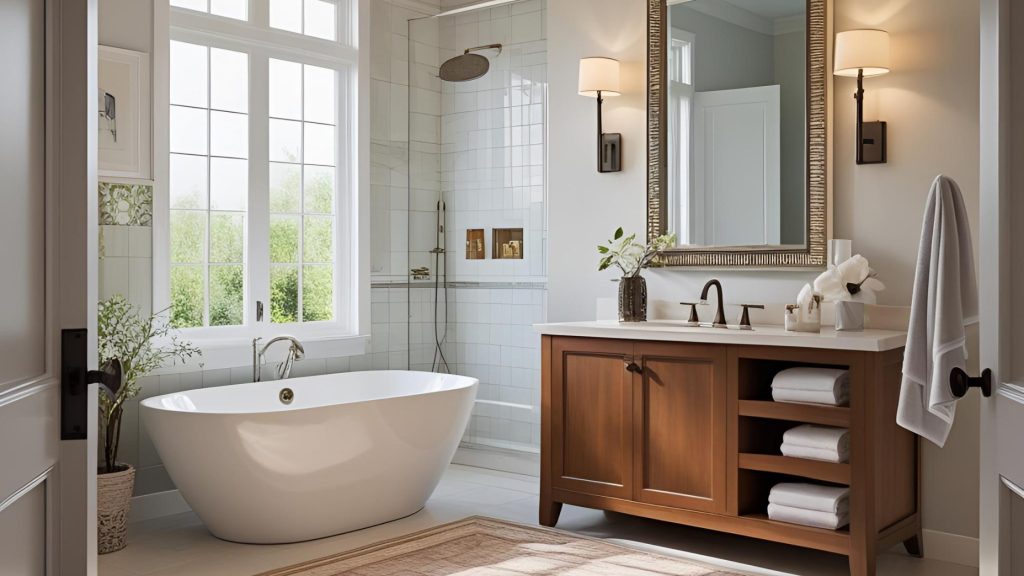
Every successful bathroom remodel begins with clear planning. Begin by identifying essential updates, such as a new vanity, updated lighting, or energy-efficient water-saving fixtures. Prioritize your must-haves over nice-to-haves like heated floors, luxury tiles, or spa-like additions. Once your priorities are clear, allocate your funds accordingly, focusing on the areas that will create the biggest impact.
To avoid unexpected costs, it’s wise to reserve 10-15% of your budget for contingencies. Hidden issues like plumbing, electrical updates, or water damage may arise, and having a financial cushion ensures your project stays on track.
Step 2: Sourcing Materials

You don’t need to overspend on materials to create a stylish bathroom. Take advantage of discount outlets, salvage yards, and clearance sections to find high-quality materials at a fraction of the price. Websites like Facebook Marketplace, or Habitat for Humanity ReStores offer gently used fixtures, vanities, and even tiles. With a little creativity, you can find great deals on items that look brand new.
For flooring and tile updates, consider buying in bulk. Not only will this reduce the cost per unit, but you can also keep extra material on hand for future repairs. If you can time your purchases around seasonal sales or holiday clearance events, you’ll find even deeper discounts from home improvement stores and online retailers.
Step 3: DIY vs. Contractor Work

When it comes to remodeling, knowing which tasks you can tackle yourself and which require a professional can make a huge difference in both cost and results. Simple projects like painting, demolition, installing shelves, or swapping out cabinet hardware are DIY-friendly and can help you save on labor costs.
However, jobs involving plumbing, electrical wiring, or waterproofing should be left to licensed professionals to avoid expensive mistakes. While DIY can save money upfront, hiring an expert ensures safety, compliance with local codes, and long-term durability.
Step 4 : Update Your Shower Area
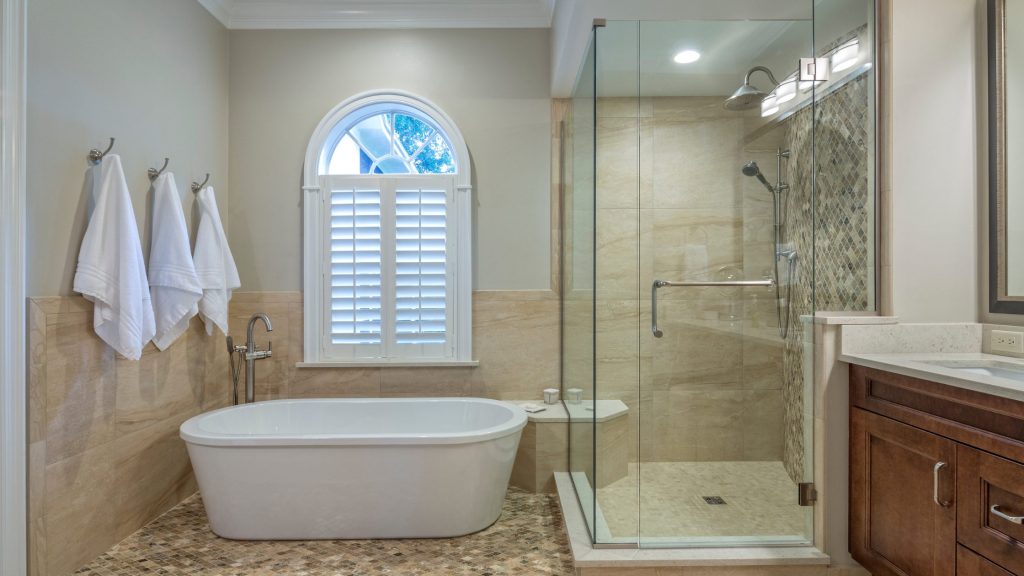
Your shower area can become the focal point of the bathroom with simple updates that don’t break the bank. Replacing the showerhead with a new, water-efficient model can enhance the experience and help reduce water consumption. Regrouting tiles or adding a fresh coat of grout paint can make your existing tiles look brand new.
For an even more dramatic change, peel-and-stick tiles or a new shower liner can be a quick and affordable way to update an outdated shower area. These materials are easy to apply, and they come in a variety of styles that mimic high-end options like subway tiles or natural stone.
Step 5 : Install a Shower Screen or Curtain
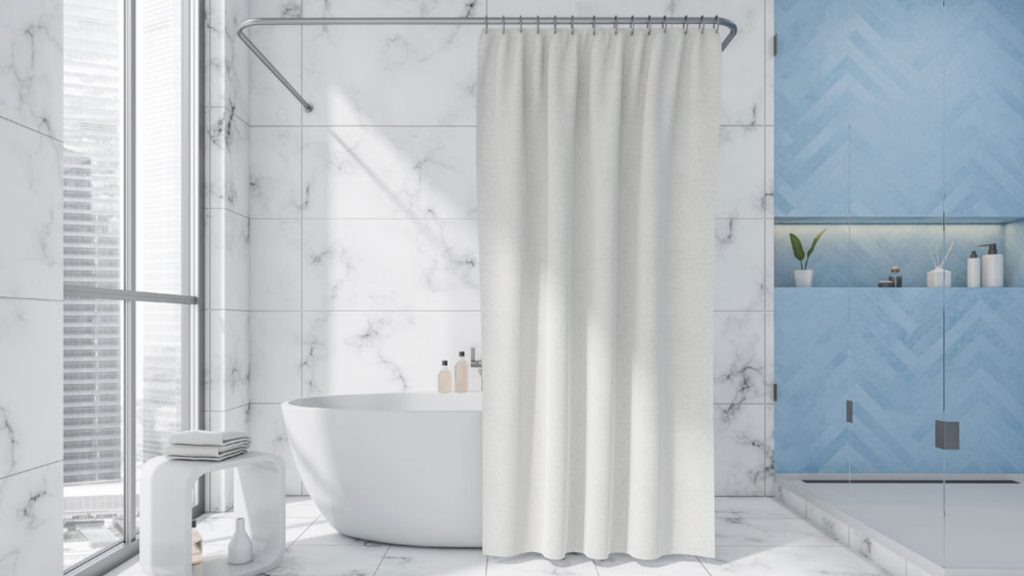
If a full shower renovation is out of your budget, upgrading the shower screen or curtain can still deliver a fresh, modern look. Opt for sleek, minimalistic glass shower screens, which can create the illusion of space, or choose a stylish shower curtain in a bold print or color to add a new focal point to the room. This is a quick, low-cost option that can make a big difference.
Additionally, shower screens are practical, helping to keep water contained and reduce the risk of water damage to your bathroom floor.
Step 4: Finishing Touches

The final step in your bathroom update is adding finishing touches that enhance both style and functionality. Refreshing your grout and caulking around the tub, sink, and shower area not only provides a clean, polished look but also helps prevent water damage. These are small, affordable updates that go a long way in maintaining the integrity of your bathroom.
Incorporating decor such as plants, framed artwork, or trendy textiles (towels, rugs, or shower curtains) is a great way to add personality and warmth without breaking the bank. Indoor plants, in particular, bring natural color and a sense of calm to your space. For lighting, layer task lighting around the vanity with softer ambient and accent lighting to create a balanced atmosphere and improve functionality. Even swapping out outdated hardware (like faucet handles, drawer pulls, and towel bars) for modern finishes can give your bathroom a fresh and stylish makeover at a low cost.
Budget-Friendly Bathroom Renovation Tips
Renovating your bathroom doesn’t have to be an expensive endeavor. By focusing on strategic upgrades and creative solutions, you can create a stylish, functional space without overspending. Below are twelve affordable bathroom renovation ideas that deliver maximum impact without draining your budget.
1. Repaint Walls, Cabinets & Vanities
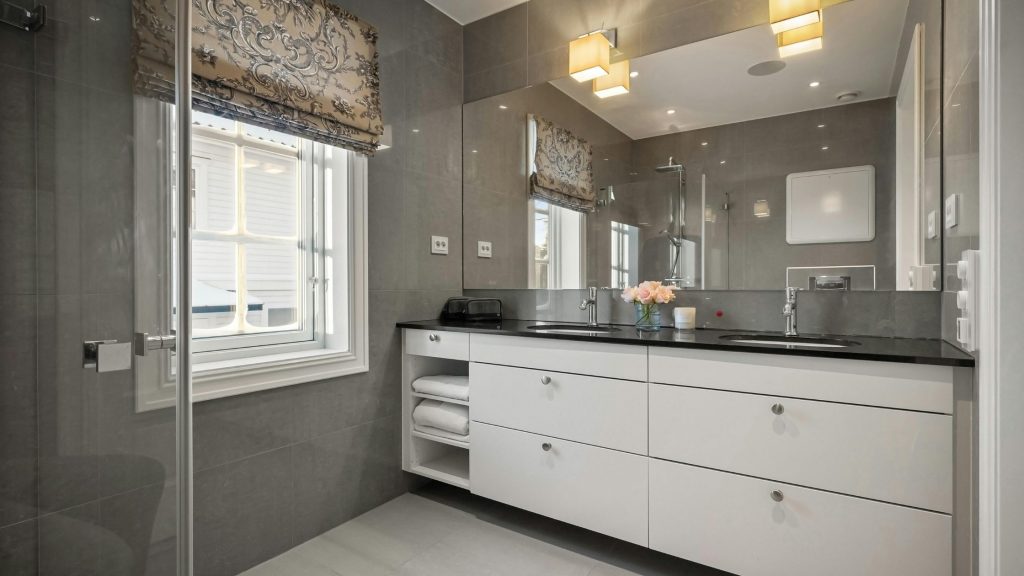
One of the easiest and most affordable upgrades is a fresh coat of paint. Opt for moisture- and mildew-resistant paint to ensure longevity in a bathroom environment. A crisp white or a trendy neutral shade can modernize the look of your bathroom instantly. Instead of splurging on entirely new cabinets, repurposing existing ones with a fresh coat of paint can breathe new life into outdated pieces at a fraction of the cost.
2. Refinish Instead of Replace

Replacing bathtubs, sinks, or tile can run up your costs quickly. Instead, consider refinishing or resurfacing these fixtures. This method typically saves 70–80% compared to full replacement. By restoring the shine and smoothness of old fixtures, you not only get a refreshed appearance but also extend the lifespan of your bathroom elements making this a smart, cost-effective choice.
3. Swap Out Fixtures & Hardware
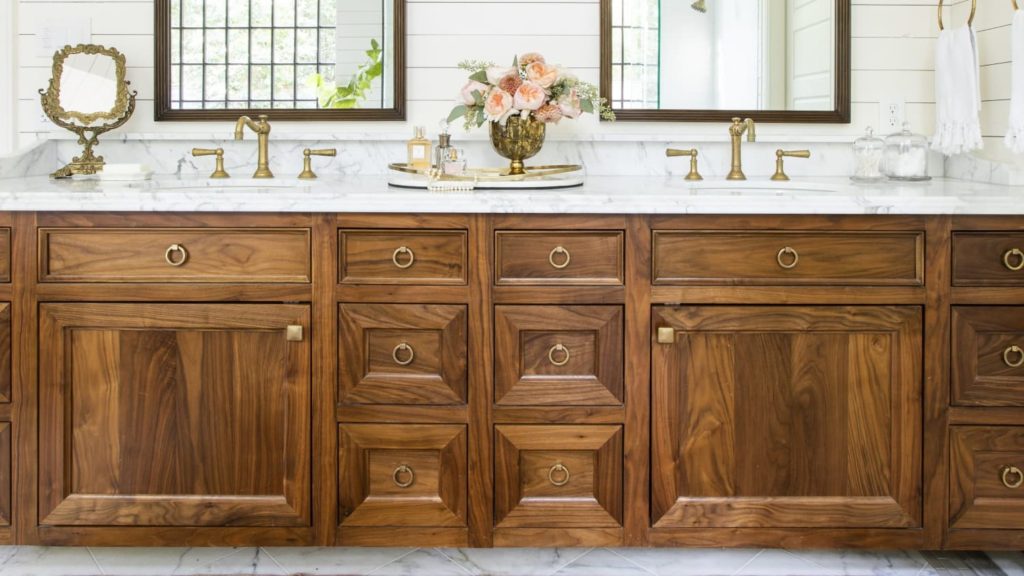
Small, affordable upgrades can have a big impact on your bathroom’s overall look. Swap out old faucets, showerheads, cabinet pulls, and towel bars with new, stylish versions. Modern finishes such as matte black, brushed nickel, or antique brass can instantly transform the space. These changes are quick, easy, and often inexpensive—helping you achieve a more contemporary vibe without overspending.
4. Use Peel-and-Stick Options
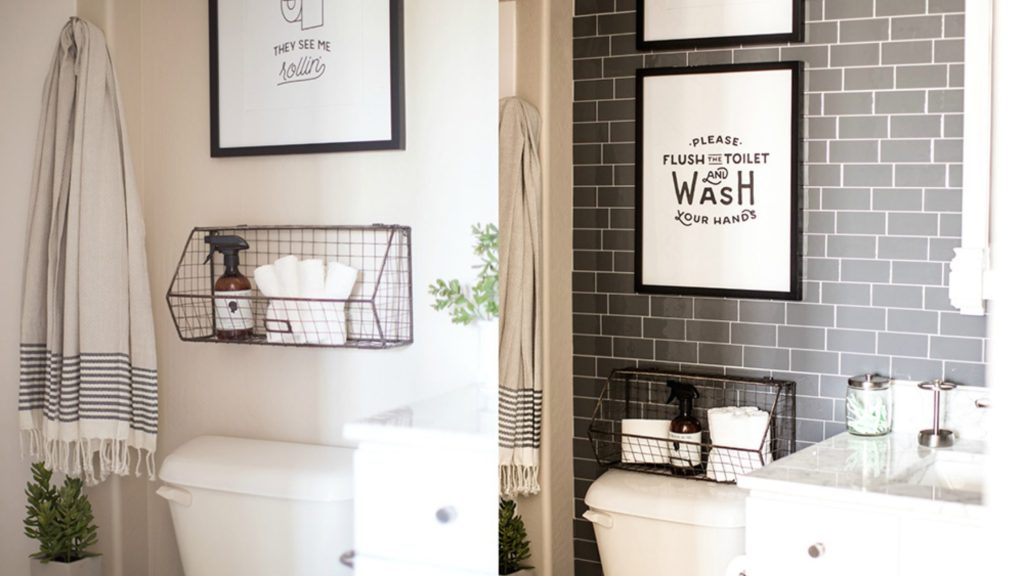
Peel-and-stick tiles, backsplashes, and vinyl flooring are excellent alternatives to expensive stone or ceramic options. These easy-to-install, DIY-friendly products allow you to create high-end looks without the hassle or expense of professional installation. Perfect for renters or homeowners who prefer temporary yet stylish upgrades, peel-and-stick options are both versatile and budget-friendly.
5. Install Energy-Efficient Fixtures
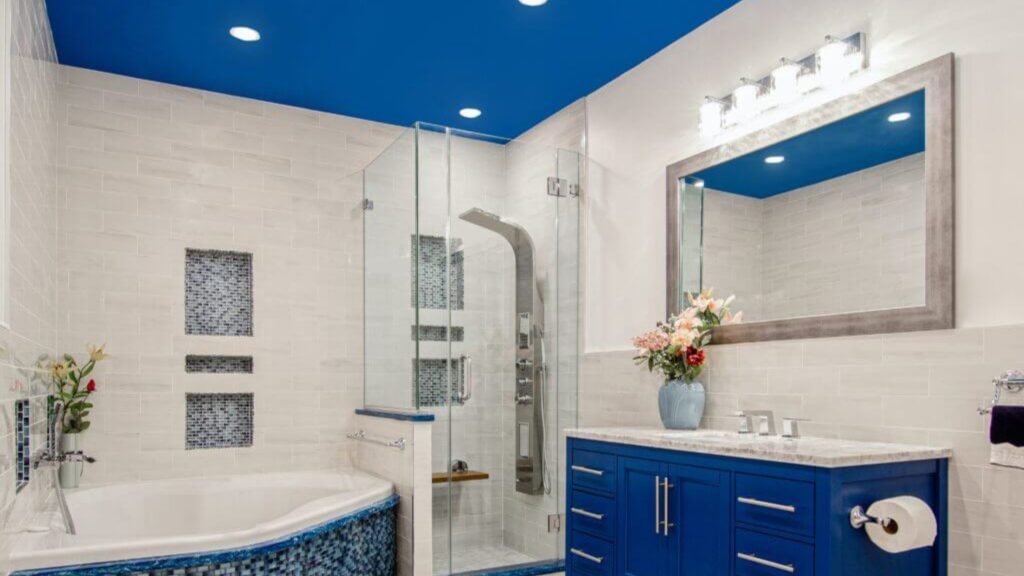
Eco-friendly upgrades are not only great for the environment but also beneficial for your wallet. Consider installing low-flow toilets, water-saving faucets, and energy-efficient LED lighting. These fixtures help reduce water and electricity usage, ultimately lowering your utility bills. Additionally, many states offer rebates or tax incentives for installing energy-efficient products, which can further offset your costs.
6. Upgrade Lighting
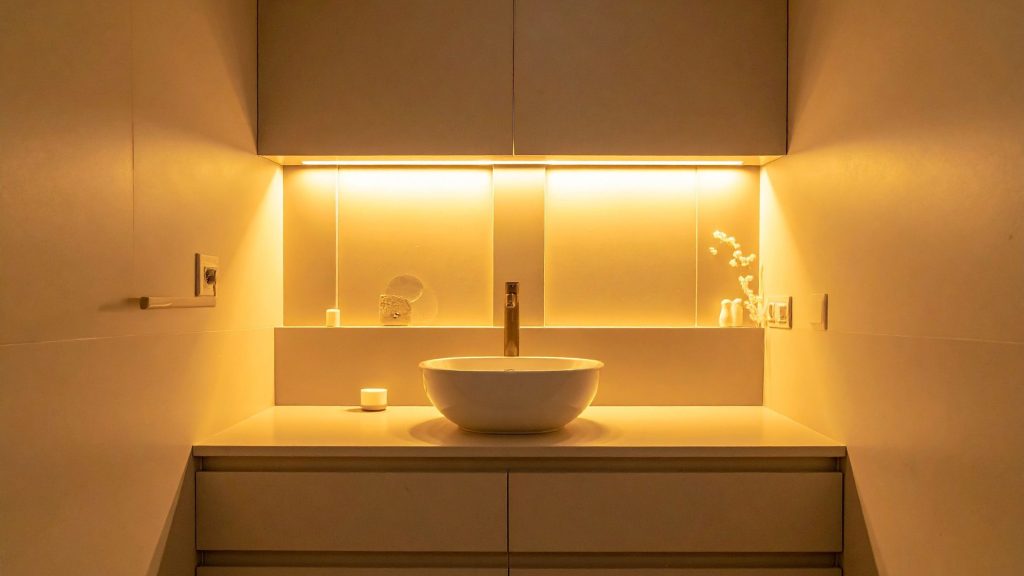
Lighting plays a crucial role in setting the mood and functionality of your bathroom. Swap outdated fixtures with modern, affordable options that offer both style and better functionality. Consider layering your lighting to add depth and versatility combine task lighting around the vanity with soft, ambient ceiling lights and accent lighting to highlight features like artwork or architectural details. This approach not only brightens the space but also makes it feel larger and more welcoming.
7. Add Mirrors for Space & Light

Mirrors are an affordable way to create the illusion of more space and light in your bathroom. A large mirror above the vanity or strategically placed decorative mirrors on the walls can reflect light and make the room feel more expansive. Additionally, mirrors serve a practical purpose, ensuring your bathroom remains both functional and stylish.
8. Maximize Storage with Affordable Solutions
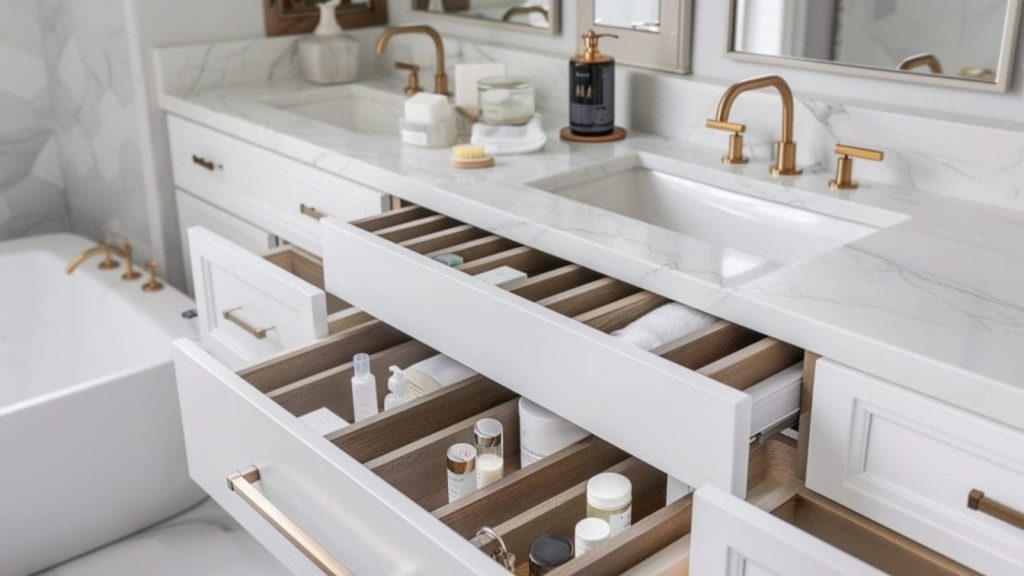
Clutter can quickly make even the most well-designed bathrooms feel disorganized. Maximize storage with budget-friendly solutions like floating shelves, over-the-toilet cabinets, or wall-mounted hooks. Incorporating baskets and bins adds additional storage without the need for custom cabinetry. By using these clever and inexpensive ideas, you’ll be able to keep your bathroom organized and efficient without spending a lot.
9. Repurpose or Upcycle Furniture
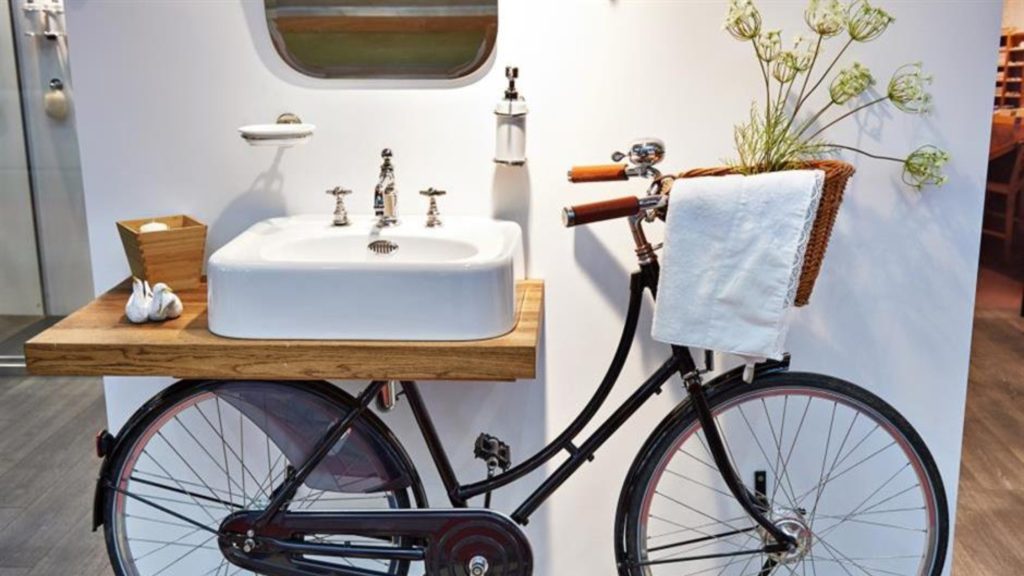
Give your bathroom character and charm by repurposing old furniture you already own. A vintage dresser can be converted into a unique vanity, or reclaimed wood can be used for shelving or towel racks. Upcycling not only saves you money but also adds a personalized touch to your space. Plus, this approach is eco-friendly, making it a win-win for your wallet and the planet.
10. Refresh Grout & Caulking
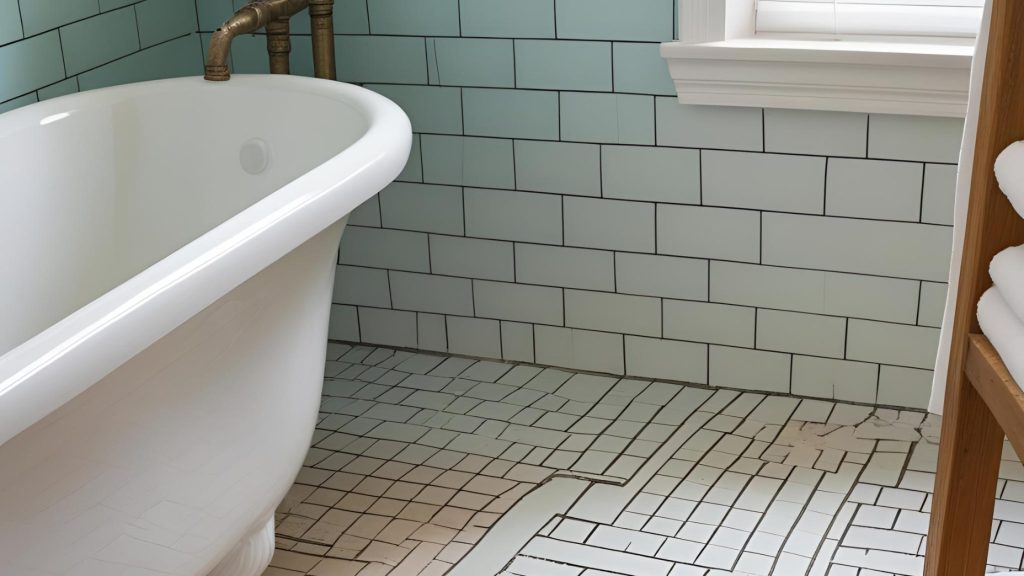
Worn-out grout and cracked caulking can give your bathroom an unkempt appearance. Refreshing grout lines or re-caulking around the tub, shower, or sink can make a huge difference in the overall look of your bathroom. This simple yet effective project is inexpensive and can be completed in just a few hours, giving your tiles and fixtures a polished, renewed appearance.
11. Add Affordable Decor
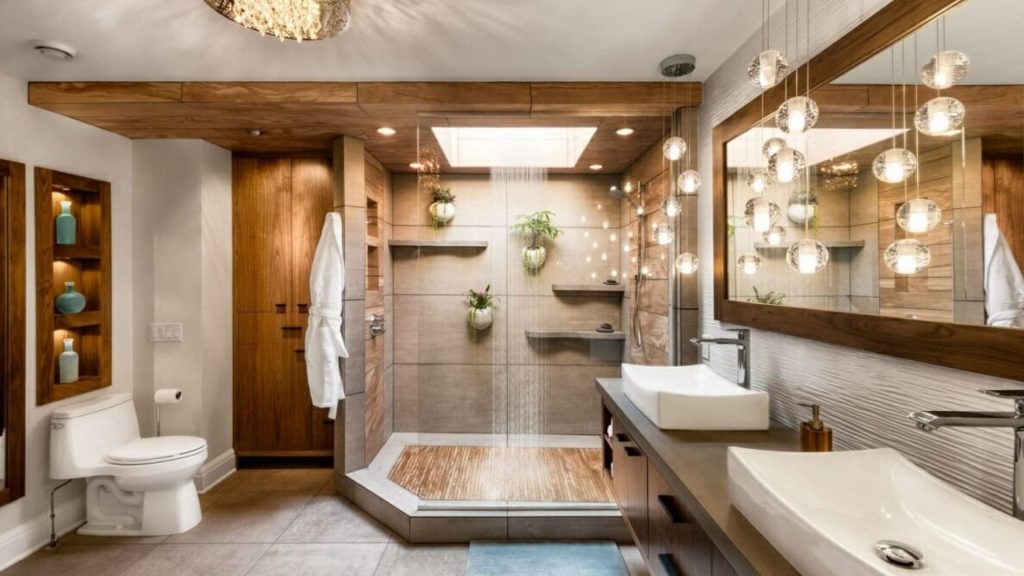
You don’t need to spend a fortune on high-end decor to create a stylish bathroom. Indoor plants, framed artwork, new shower curtains, or inexpensive rugs can completely change the vibe of your space. These simple additions bring color, warmth, and personality to the bathroom while keeping costs low. A few carefully chosen decor pieces can elevate the overall design without a significant investment.
12. Focus on Small Changes with Big Impact
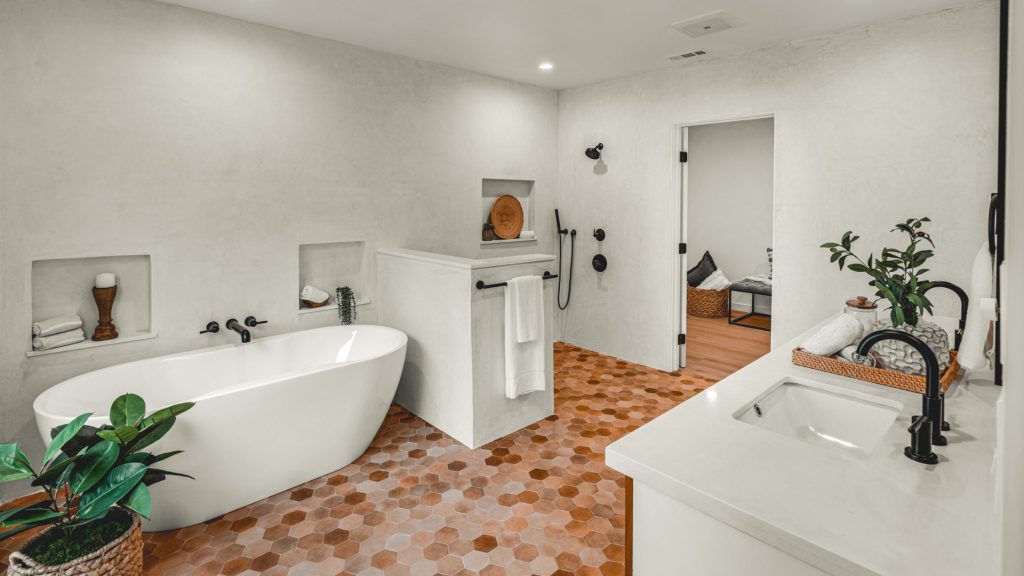
Sometimes, it’s the smallest changes that make the most noticeable difference. Replace an old toilet seat with a sleek, modern one, add fresh towels in stylish colors, or update your shower rod to something more contemporary. These small touches are easy to implement and can refresh the space with minimal effort and cost.
Conclusion
A bathroom renovation doesn’t have to break the bank. With careful planning, affordable updates, and creative design choices, you can give your bathroom a fresh new look while staying within budget. Simple upgrades like repainting walls and cabinets, refinishing old fixtures, or swapping outdated hardware can create a big impact at a low cost. Adding affordable lighting, mirrors, and storage solutions can also make your space feel brighter, more modern, and more functional.
Whether you’re taking on DIY-friendly projects or selectively hiring professionals for complex tasks, there are plenty of budget bathroom renovation strategies that deliver style without overspending. By focusing on cost-effective solutions and step-by-step planning, you’ll not only save money but also create a bathroom that adds comfort, functionality, and value to your home.
Top Window Styles Homeowners Are Choosing in 2025
In 2025, window styles have become more than functional openings they’re design statements that enhance comfort, curb appeal, and energy efficiency. From smart glass innovations to modern black-framed elegance, the top window styles homeowners are choosing in 2025 blend performance and aesthetics like never before.
Whether you’re planning a remodel or upgrading specific features, choosing the right window style can dramatically improve your home’s value, efficiency, and visual impact. In this guide, we’ll explore the most popular window styles for homes in 2025, including energy-efficient, smart, and modern window options.
Why Window Styles Matter in Today’s Remodeling Projects
Upgrading your windows isn’t just a cosmetic change, it’s a strategic improvement that can deliver significant returns in both function and value. In today’s remodeling landscape, choosing the right window style plays a key role in enhancing your home’s aesthetics, efficiency, and long-term performance.
1. Curb Appeal That Sells

Modern window styles like black-framed designs and expansive picture windows offer instant visual impact. They elevate your home’s exterior, create architectural interest, and increase appeal to prospective buyers especially in a competitive market.
2. More Natural Light and Improved Airflow

Smart window placement and thoughtful design choices help flood your interiors with daylight while promoting better cross-ventilation. This not only reduces your reliance on artificial lighting but also creates a healthier, more inviting living environment.
3. Energy Efficiency That Pays Off

Today’s energy-efficient window styles including those with Low-E coatings, double or triple glazing, and insulated frames can reduce heating and cooling costs by up to 30%, according to Energy.gov. Over time, these savings can significantly offset the initial installation cost.
4. Boosted Home Value

According to the 2024 Cost vs. Value Report from Remodeling Magazine, homeowners can recoup an average of 69–73% ROI on window replacement projects. It’s one of the highest-return investments you can make in a home remodel.
The Top Window Styles Trending in 2025
As homeowners become more design-savvy and energy-conscious, window styles are evolving to reflect both aesthetics and performance. Here are the top window styles dominating U.S. home trends in 2025, blending modern appeal with practical innovation.
1. Black-Framed Windows: Bold, Sleek, and Modern
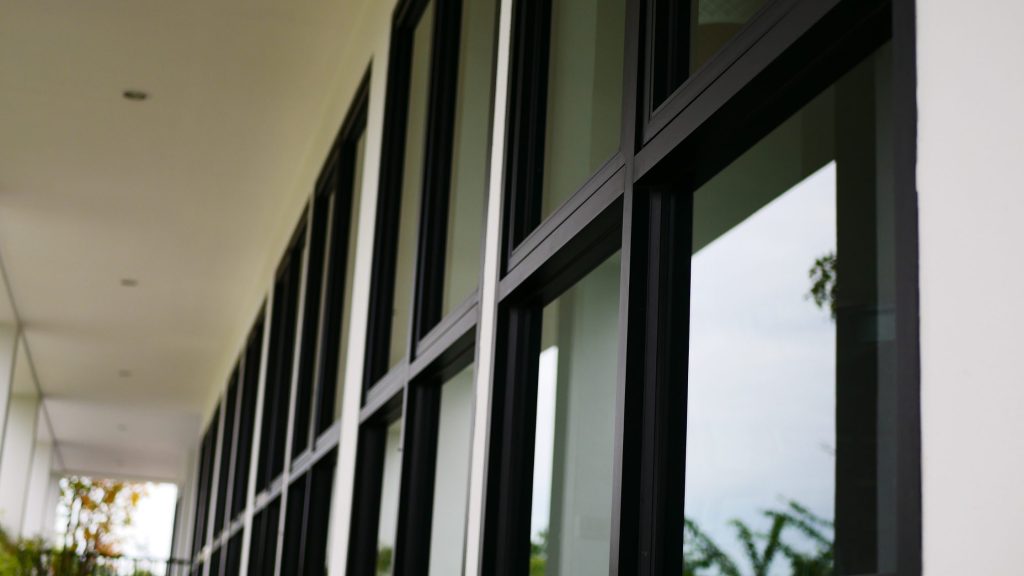
Bold black frames continue to define contemporary design in 2025. Typically crafted from aluminum, fiberglass, or composite materials, these windows offer striking contrast and a clean, architectural look especially when paired with light exteriors or minimalist interiors.
Why homeowners love them:
- Works across modern, industrial, and farmhouse designs
- Durable and low-maintenance finish resists fading and corrosion
- Enhances the home’s structural lines with a clean, defined border
2. Floor-to-Ceiling Picture Windows: Uninterrupted Views

Luxury meets simplicity with picture windows that span floor to ceiling, offering expansive outdoor views and maximum daylight. These windows are fixed, meaning they don’t open, but their impact on design and natural lighting is unmatched.
Ideal for:
- Open-concept spaces with scenic surroundings
- Homes with landscape or waterfront views
- Passive solar heating designs to reduce energy use
3. Casement Windows: Versatile and Energy-Efficient

Casement windows, which open outward with a side hinge, are one of the most energy-efficient window styles in 2025. They seal tightly when closed and allow for full vertical ventilation, making them ideal for various climates and home designs.
Energy highlights:
- Often ENERGY STAR® certified
- Optimal for maximizing airflow and natural cooling
- Creates a tighter seal than sliding or double-hung alternatives, reducing drafts and energy loss
4. Smart Windows: Technology Meets Comfort

As smart home technology advances, smart windows have become a game-changing feature in modern remodels. These dynamic windows can adjust tint, block UV rays, and even operate remotely via apps or voice assistants like Alexa or Google Home.
Key features:
- Automatic or scheduled tinting based on sunlight
- On-demand privacy with switchable glass
- Helps reduce HVAC strain by controlling interior heat and glare
5. Sliding Glass Windows: Clean Lines & Indoor-Outdoor Flow

Sliding windows and doors remain a favorite in 2025 for their sleek look and space-saving function. Ideal for modern homes with decks or patios, they allow for wide, uninterrupted views and easy indoor-outdoor transitions.
Advantages:
- Space-saving design (no inward or outward swing)
- Ideal for maximizing wall openings and natural light
- Available in a range of custom sizes and materials
6. Double-Hung Windows: Classic Meets Customizable

A timeless favorite, double-hung windows feature two movable sashes that slide up and down independently. Their traditional charm makes them a go-to choice for older homes but modern materials and upgrades have made them popular in new builds, too.
Popular in:
- Colonial, Craftsman, and Cape Cod architecture
- Historic restorations where aesthetics and function are both priorities
- Budget-conscious remodels seeking style and performance
Best Window Styles for Different Home Types
Every home has a unique architectural identity and the window styles you choose should enhance, not clash with, that character. Whether your house is sleek and modern, historically inspired, or designed for coastal living, here are the best window styles for 2025 tailored to your home type.
1. Modern Homes: Clean Lines and Smart Functionality

Modern homes emphasize simplicity, efficiency, and high-tech integration. In 2025, homeowners are gravitating toward bold yet streamlined window styles that match the minimalist architecture of today’s modern builds.
Top Window Choices:
- Black-framed picture windows – Create a striking contrast and deliver uninterrupted views that align with open floor plans.
- Smart glass windows – Seamlessly integrate with smart home systems, offering auto-tinting and remote control for light and privacy.
- Casement or sliding windows – Feature slim profiles and smooth operation, ideal for clean, unobtrusive designs.
2. Traditional & Colonial Homes: Timeless Charm, Modern Comfort

For homes with classic architecture like Colonial, Cape Cod, or Craftsman styles the goal is to preserve timeless aesthetics while upgrading comfort and performance.
Top Window Choices:
- Double-hung windows with divided lites – Honor historical design with traditional grille patterns while providing modern functionality.
- Bay and bow windows – Add dimension and elegance, perfect for formal living rooms or front-facing facades.
- Wood-clad or simulated wood frames – Combine old-world warmth with modern insulation and durability.
3. Coastal & Contemporary Homes: Views, Ventilation, and Resilience

Homes near the coast or in high-wind zones need windows that are both visually expansive and structurally resilient. In 2025, the focus is on maximizing views and protecting interiors from sun, salt, and storms.
Top Window Choices:
- Casement windows – Offer excellent ventilation and are ideal for areas prone to strong winds.
- Sliding glass windows with UV protection – Enhance indoor-outdoor flow while blocking harmful rays that can fade furniture and flooring.
- Impact-resistant frames and laminated glass – Designed to withstand extreme weather without compromising style.
Expert Tips for Choosing the Right Window Style

With so many options available, choosing the right window style for your home can feel overwhelming. But a smart selection goes beyond appearance; it ensures year-round comfort, energy efficiency, and long-term satisfaction.
Before finalizing your window installation plans, here are key expert tips to guide your decision.
Ask Your Contractor These 3 Questions:
- What window styles are best suited to my region’s climate?
- Which materials will offer the best long-term durability and value?
- Can I mix window styles without affecting curb appeal?
Also, consider how the window style fits your home’s architecture, lighting needs, and ventilation goals.
Conclusion: Invest in Window Styles That Add Value
As we move through 2025, window styles are no longer a minor design detail; they’re a major influence on how a home performs, feels, and looks. From energy-efficient window styles that reduce utility costs to smart window styles homeowners are embracing for tech-driven convenience, the trends reflect a shift toward smarter, more sustainable living.
Whether you’re drawn to modern window styles 2025 like black-framed picture windows or prefer the timeless versatility of double-hung windows, the right choice depends on your home’s architecture, climate, and long-term goals. Today’s most popular window styles for homes don’t just enhance curb appeal, they add measurable value and comfort. By exploring the top window styles 2025 has to offer, you’re not just following trends you’re future-proofing your home. From minimalist designs to advanced automation, there’s a solution for every home type and homeowner preference.
Ready to bring your vision to life? Contact our team today for expert guidance on choosing the best window styles for modern homes 2025, tailored to your space, budget, and lifestyle.
Need a Roof Upgrade? These 5 Reasons Say Now’s the Time
Your roof is your home’s first shield against harsh weather be it wind, rain, scorching heat, or freezing cold. Yet despite its critical role, it’s often overlooked until visible damage demands attention. From mysterious ceiling stains to sky-high energy bills, the warning signs are easy to miss or ignore. But delaying a roof upgrade can lead to costly repairs, safety risks, and energy inefficiencies.
Upgrading your roof isn’t just about patching leaks, it’s a smart investment in your home’s safety, comfort, and long-term value. In this article, we’ll explore five clear signs that your roof needs replacing and why acting now could save you money, stress, and future headaches.
5 Key Signs You Need a Roof Upgrade
1. Visible Roof Damage (Leaks, Missing Shingles, or Cracks)
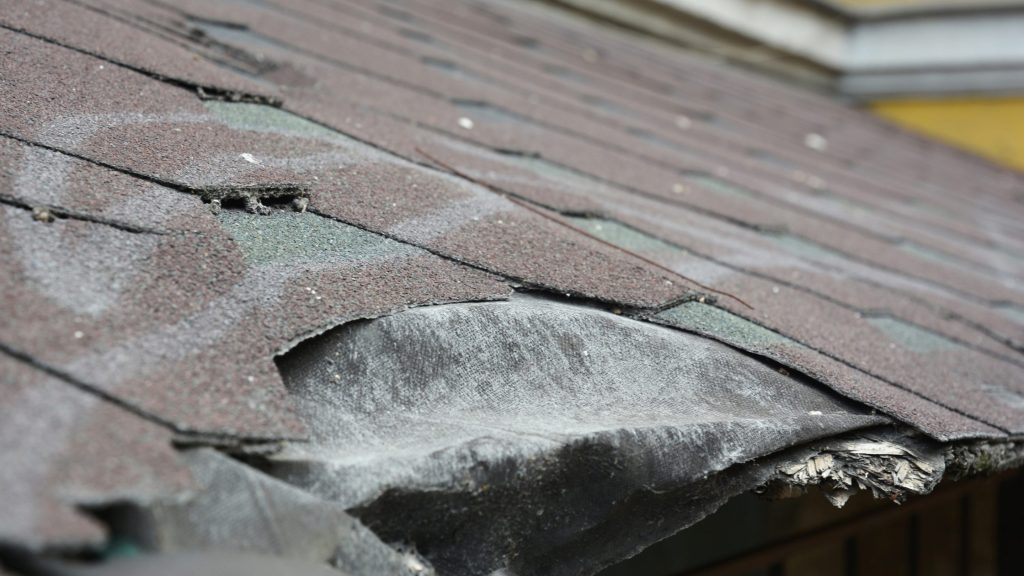
If your roof is missing shingles, showing dark streaks, or developing cracks, it’s waving a red flag. Even minor leaks can escalate into major structural issues, leading to costly repairs down the line. Water stains on ceilings, damp attic insulation, or sunlight peeking through the rafters often signal compromised flashing or deteriorated roofing materials. Another warning sign? Finding shingle granules in your gutters is a telltale sign that your roof’s protective surface is breaking down.
Pro Tip: Don’t dismiss curling shingles, cracked flashing, or a sagging roofline. These are signs of aging materials or hidden water damage that demand immediate action.
2. Rising Energy Bills Due to Poor Insulation
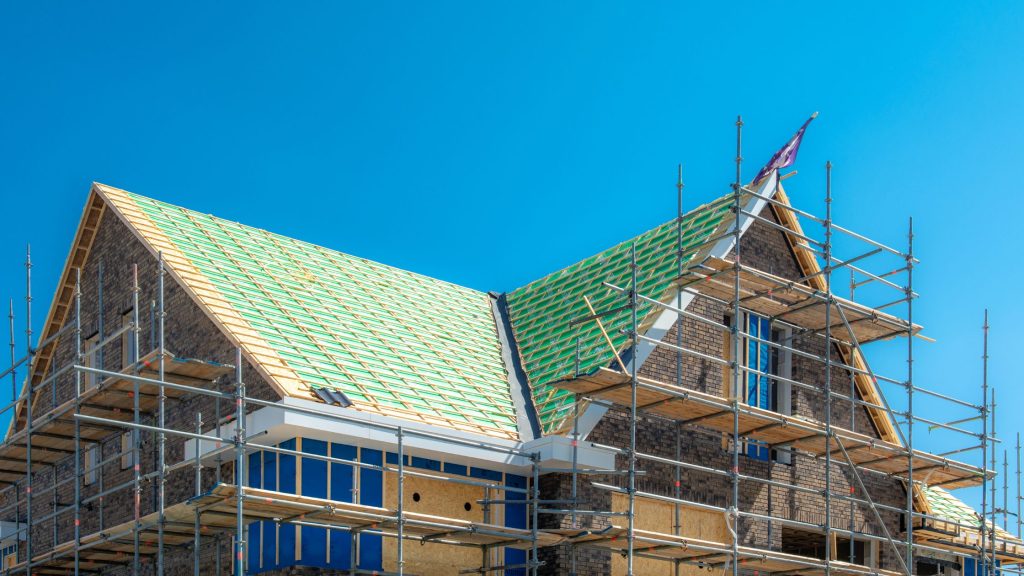
If your heating or cooling costs have suddenly increased, your roof might be to blame. Older or damaged roofs often lack proper insulation or ventilation, causing your HVAC system to work overtime. Modern roofing systems with energy-efficient materials like cool roof shingles or reflective metal panels help maintain consistent indoor temperatures and reduce utility bills year-round.
Bonus Benefit: Energy-efficient roofs not only save money but also enhance indoor comfort, especially during extreme weather.
3. Your Roof is Over 20 Years Old
How old is your roof?
- Asphalt shingles: 20-25 years
- Metal roofing: 40-70 years
- Clay or concrete tiles: 50+ years
Even if your older roof looks fine from the ground, time and weather slowly degrade its materials. Older roofs are also less likely to meet modern building codes and energy efficiency standards. If your roof is approaching or past its expected lifespan, it’s better to upgrade proactively than risk a sudden failure during a storm or heavy snowfall.
4. Frequent Repairs Are Adding Up

A leak here, a missing shingle there… if your roof feels like a constant maintenance project, it’s time to take a step back and look at the bigger picture. Regular roof repairs may seem cheaper in the short term, but those costs can quickly add up without solving the root of the problem. Frequent patchwork often indicates deeper issues like water damage, aging materials, or improper installation. And every repair usually comes with added expenses: inspection fees, emergency service charges, or interior damage from repeat leaks.
Why It Matters: Ongoing repairs don’t just hit your wallet they disrupt your life. Constant water intrusion can damage insulation, drywall, flooring, and even electrical systems, leading to further unexpected costs.
5. You’re Planning to Sell Your Home Soon

Thinking of putting your home on the market? Your roof could make or break the sale. Buyers notice the roof first, and a worn or damaged one can raise red flags, cause hesitation, or even reduce offers.
A new roof doesn’t just improve curb appeal it signals that the home is well-maintained, energy-efficient, and move-in ready. That reassurance can help your property stand out in a competitive market.
Did You Know? According to Remodeling Magazine’s Cost vs. Value Report, homeowners can recoup 60–70% of the cost of a roof replacement at resale. In some hot housing markets, a new roof can even drive bidding wars and quicker sales.
Additional Benefits of a New Roof Before Selling:
- Increases appraisal value
- Passes home inspections with ease
- Attracts FHA or VA loan buyers (who may require roof certification)
- Lowers the chances of buyer negotiations or credits at closing
Pro Tip: Pair your new roof with other exterior upgrades like fresh paint or new gutters to create a powerful first impression and maximize your home’s resale potential.
Benefits of Upgrading Your Roof Now
1. Enhanced Protection Against Extreme Weather

Today’s roofing materials are engineered for resilience in the face of increasingly unpredictable and severe weather. Whether you live in a region prone to hurricanes, hailstorms, or heavy snow, a modern roof provides superior protection.
- Impact-resistant shingles (Class 4 rated) can withstand hail and flying debris.
- Metal roofing systems offer exceptional wind resistance—some rated to handle gusts over 140 mph.
- Fire-rated materials (Class A) can slow the spread of flames and are especially beneficial in wildfire-prone areas.
- Advanced waterproofing technologies, such as synthetic underlayments and ice-and-water shields, help prevent interior water damage even during torrential rains.
Bottom line: A roof upgrade means you’re better prepared for the next big storm—and less likely to face costly emergency repairs.
2. Improved Energy Efficiency & Lower Utility Bills
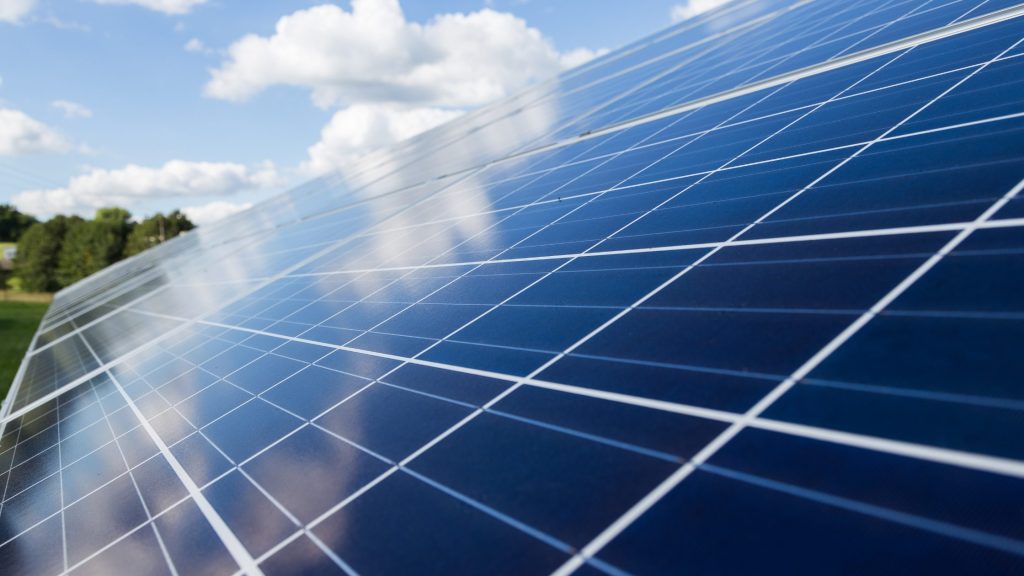
An outdated or poorly insulated roof is a silent energy drain, making your HVAC system work harder year-round. New roofing systems use energy-efficient technologies that regulate indoor temperatures more effectively.
- Cool roof coatings and reflective shingles can lower surface temperatures by up to 50°F, significantly cutting cooling costs in hot climates.
- Proper attic ventilation reduces heat buildup in summer and moisture accumulation in winter, both of which impact energy efficiency and roof health.
- Insulated underlayment and radiant barriers help retain warmth in colder seasons, reducing heating expenses.
Result: You’ll enjoy a more comfortable home and potentially save hundreds per year on energy bills.
3. Increased Home Value & Curb Appeal
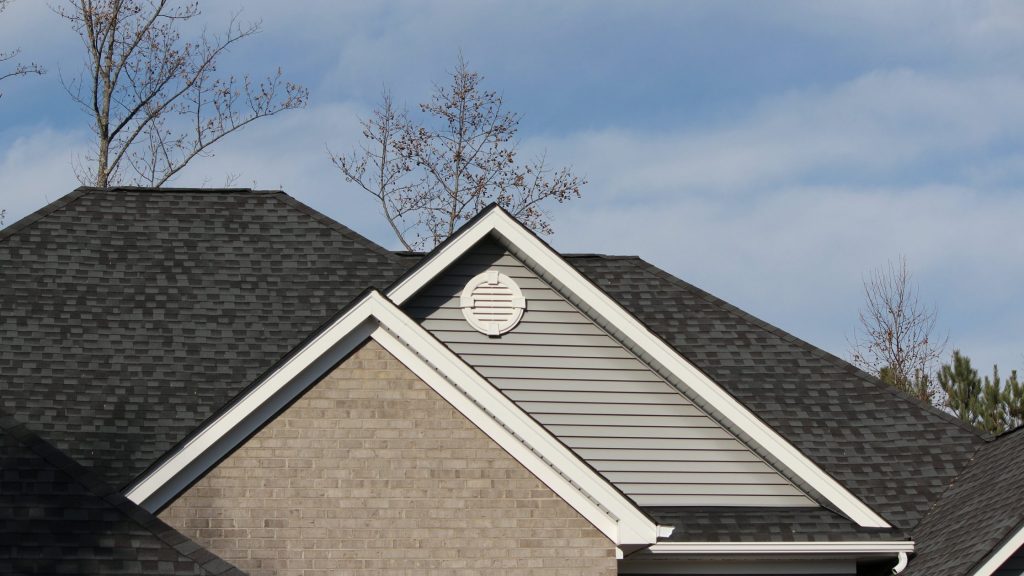
A roof upgrade is one of the most visible and valuable home improvements you can make.
- Modern roofing materials come in a variety of colors, profiles, and finishes that can complement or elevate your home’s architectural style.
- Enhanced curb appeal makes a strong first impression on potential buyers, neighbors, and appraisers.
- According to real estate experts, a new roof can boost resale value and attract more qualified buyers, especially in competitive markets.
Fast Fact: A new roof can increase your home’s appraised value by as much as 5–10% and help it sell faster, often with fewer negotiations.
4. Peace of Mind & Long-Term Savings

Beyond the visible improvements, a new roof delivers lasting security and savings.
- Manufacturer warranties typically range from 25 years to lifetime coverage, depending on the material and installer.
- Less frequent repairs and maintenance mean lower long-term ownership costs.
- You gain confidence during storms, knowing your home is well-protected against leaks, wind, and mold-causing moisture.
Added Bonus: Modern roofing systems are easier to inspect, maintain, and clean—saving you time and stress over the years.
How to Know If You Need a Roof Upgrade
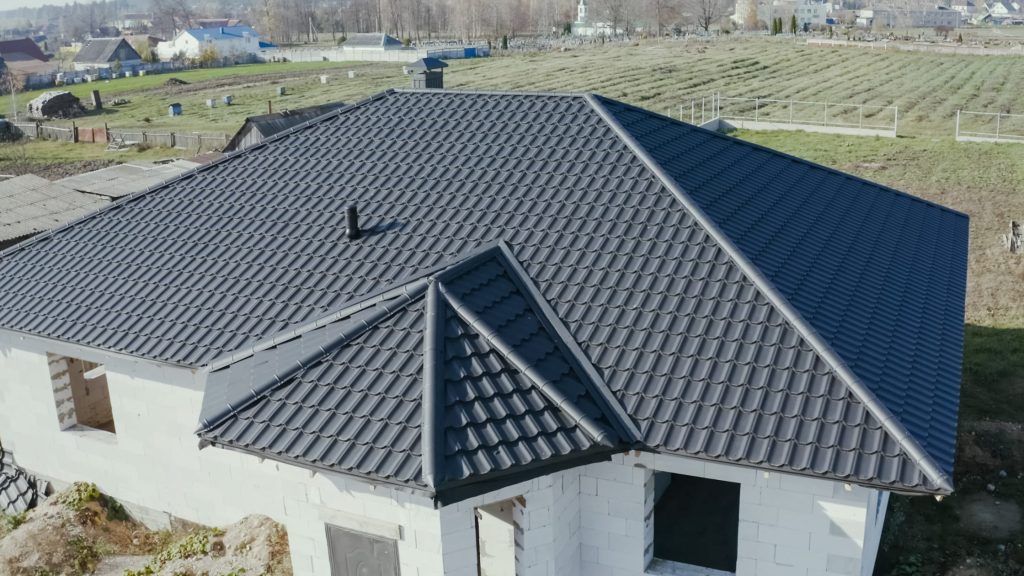
Not sure whether your roof needs replacing or just a few repairs? Start with a simple self-inspection to catch early warning signs before they become costly problems. Here’s what to look for:
DIY Roof Check: What to Look For
- Daylight in the Attic: Head into your attic during the day. If you see beams of sunlight peeking through the roof boards, it means there are gaps or holes that need attention.
- Sagging or Soft Spots: Walk around your roof (if safe to do so) and feel for areas that are sagging or spongy. This may indicate water damage or compromised structural support.
- Mold, Mildew, or Moss Growth: Watch for green or black growth along roof valleys or shady areas. These can trap moisture and accelerate the breakdown of roofing materials.
- Granules in the Gutters : Asphalt shingles shed granules as they age. If your gutters are filling up with these gritty particles, it’s a sign your shingles are wearing out and may no longer offer full protection.
Next Steps: When to Call a Professional
If you notice any of these red flags or simply haven’t had a roof inspection in over a year it’s time to bring in a licensed roofing contractor. Most reputable companies offer free or low-cost inspections, along with detailed estimates for repair or full replacement.
Pro Tip: Always ask for a written inspection report and compare at least two to three quotes before making a decision. A trusted professional can help you determine whether minor repairs will suffice or if a full roof upgrade is the smarter, long-term choice.
Conclusion
Upgrading your roof is more than just a home improvement; it’s a smart, long-term investment in your property’s safety, efficiency, and value. As highlighted throughout this article, there are clear signs you need a new roof, including visible damage, frequent repairs, rising energy bills, or simply the age of your current roof. Ignoring these issues can lead to more severe problems like structural damage, mold, or energy loss. On the other hand, the benefits of a roof upgrade are substantial.
A new roof offers enhanced protection against extreme weather, improved insulation, lower utility bills, and increased curb appeal especially important if you’re planning to sell your home. If you’re unsure how to know if you need a roof upgrade, start with a basic inspection and follow up with a professional assessment. Most reputable roofing contractors offer free or low-cost evaluations to help you make an informed decision. Don’t wait for costly damage to occur. Proactive roof replacement ensures peace of mind and adds long-term value to your home.
Ready to take the next step? Contact Best GC today for a free estimate and expert guidance on upgrading your roof with confidence.

